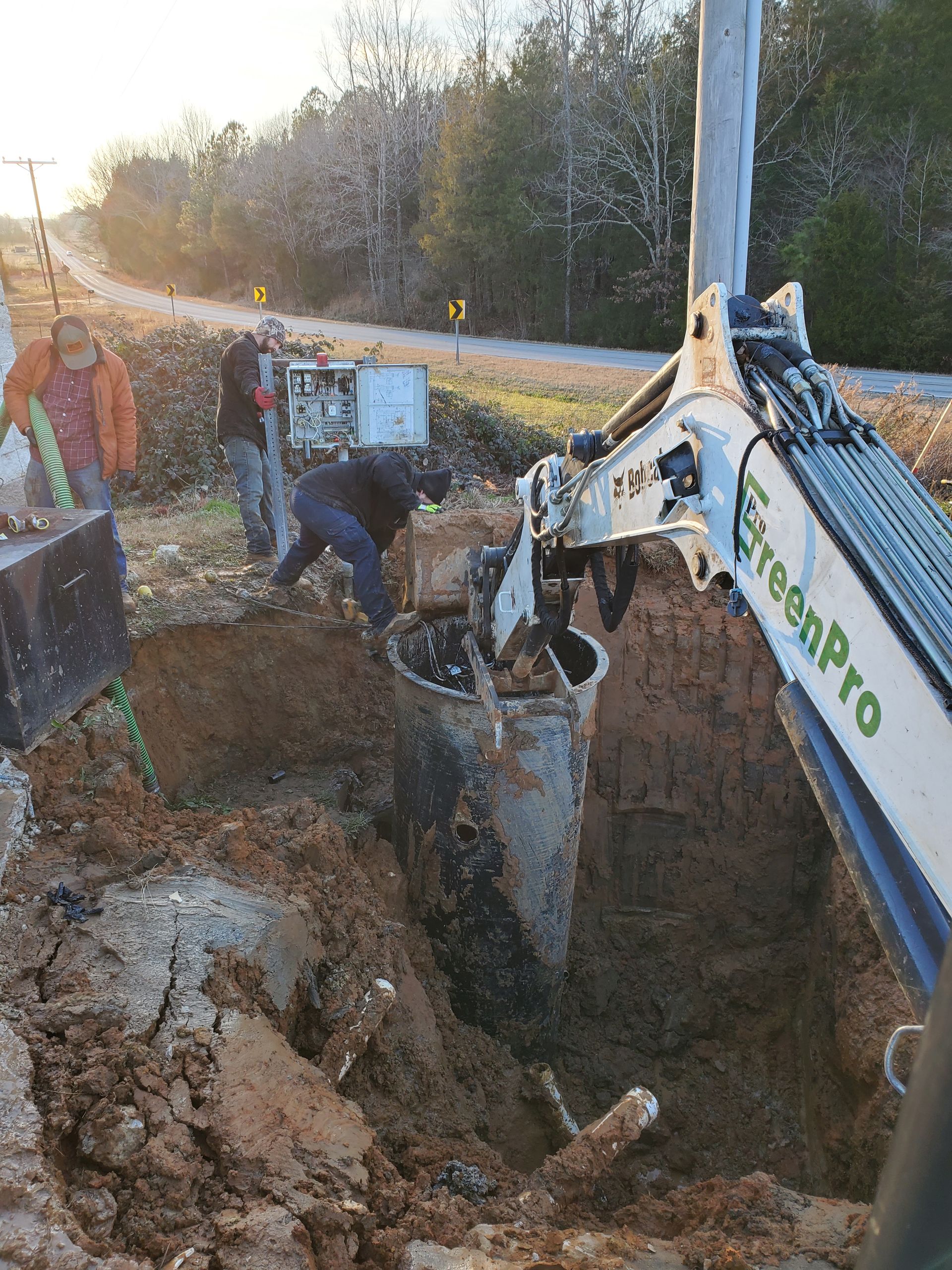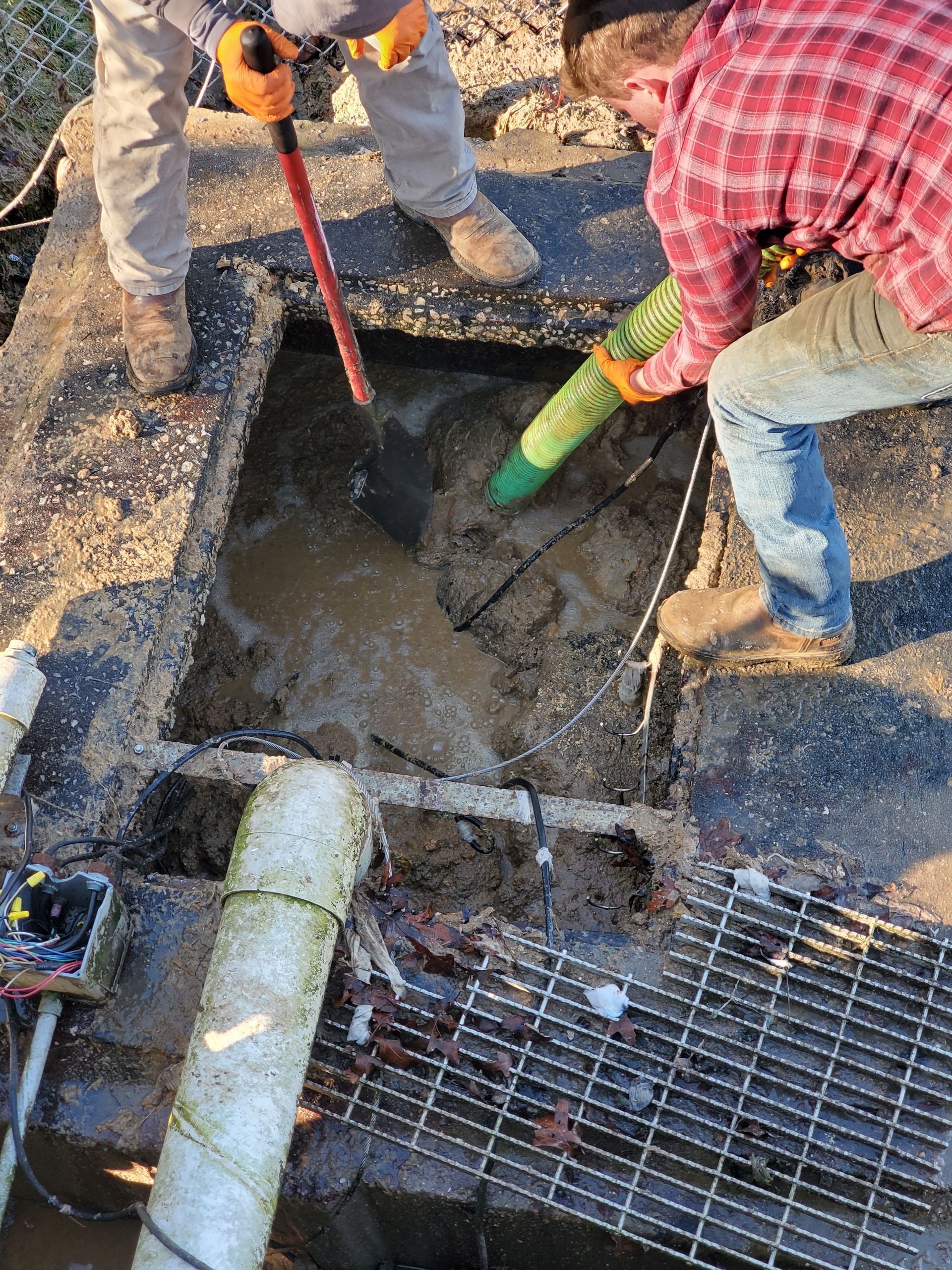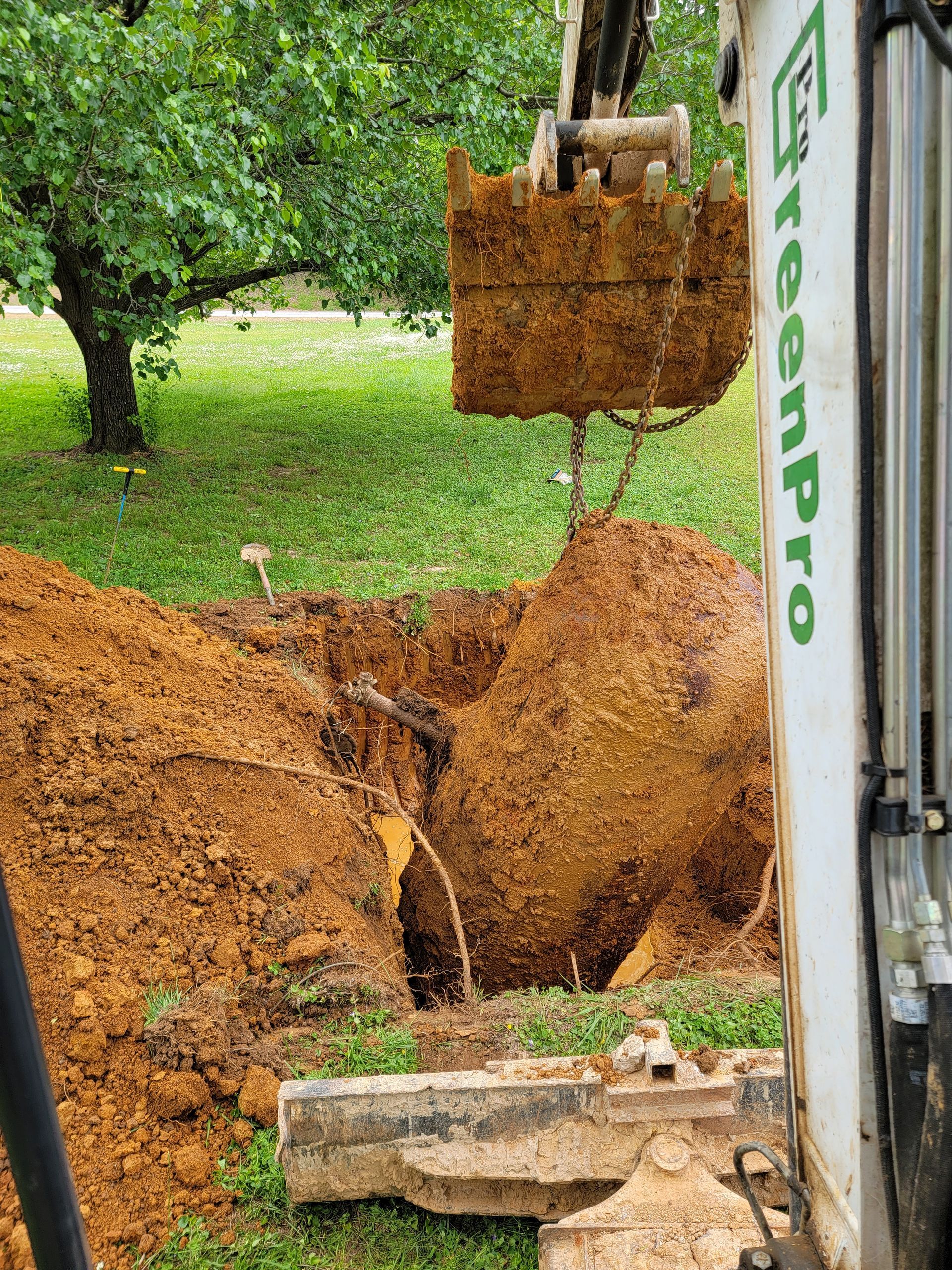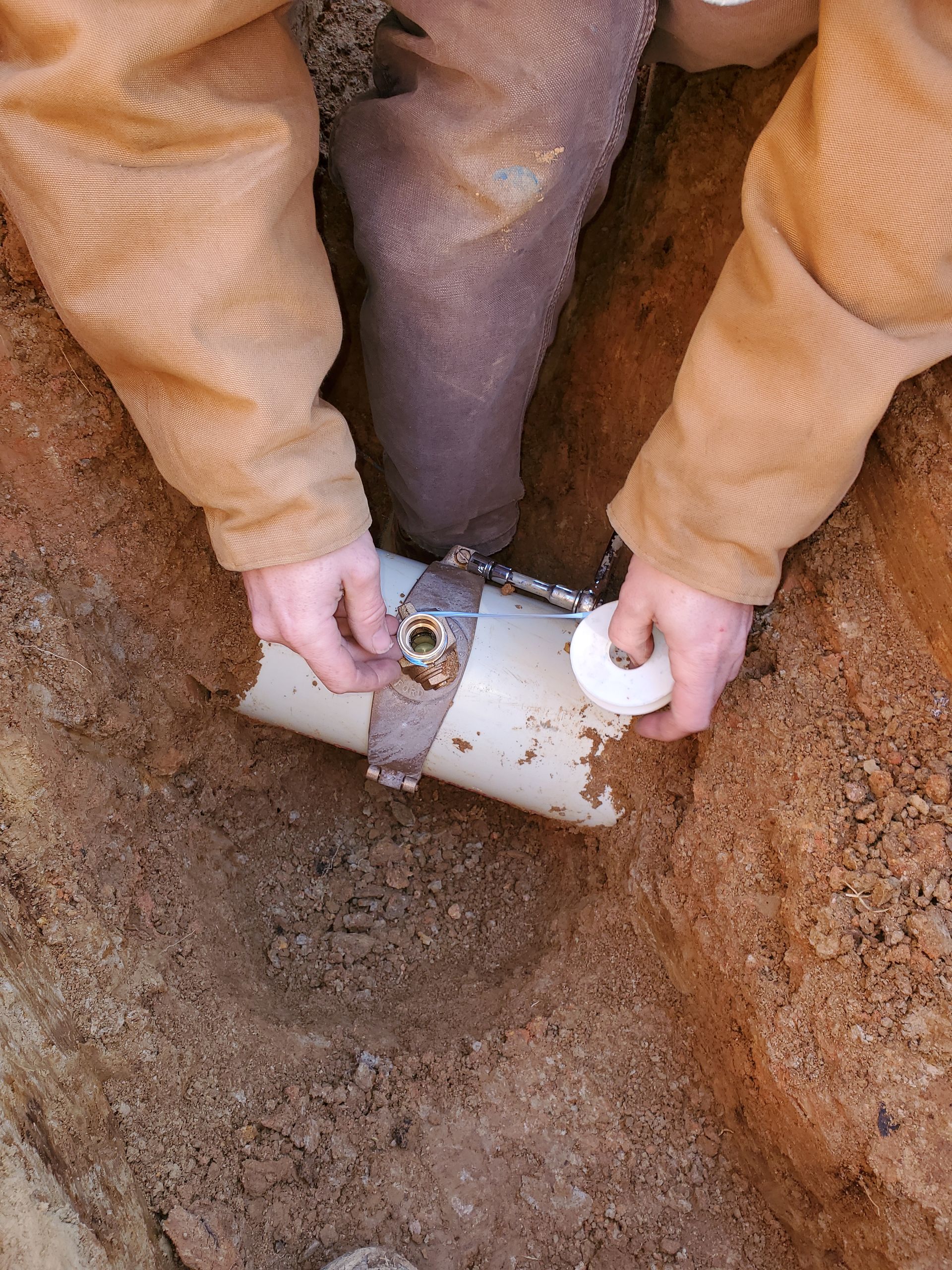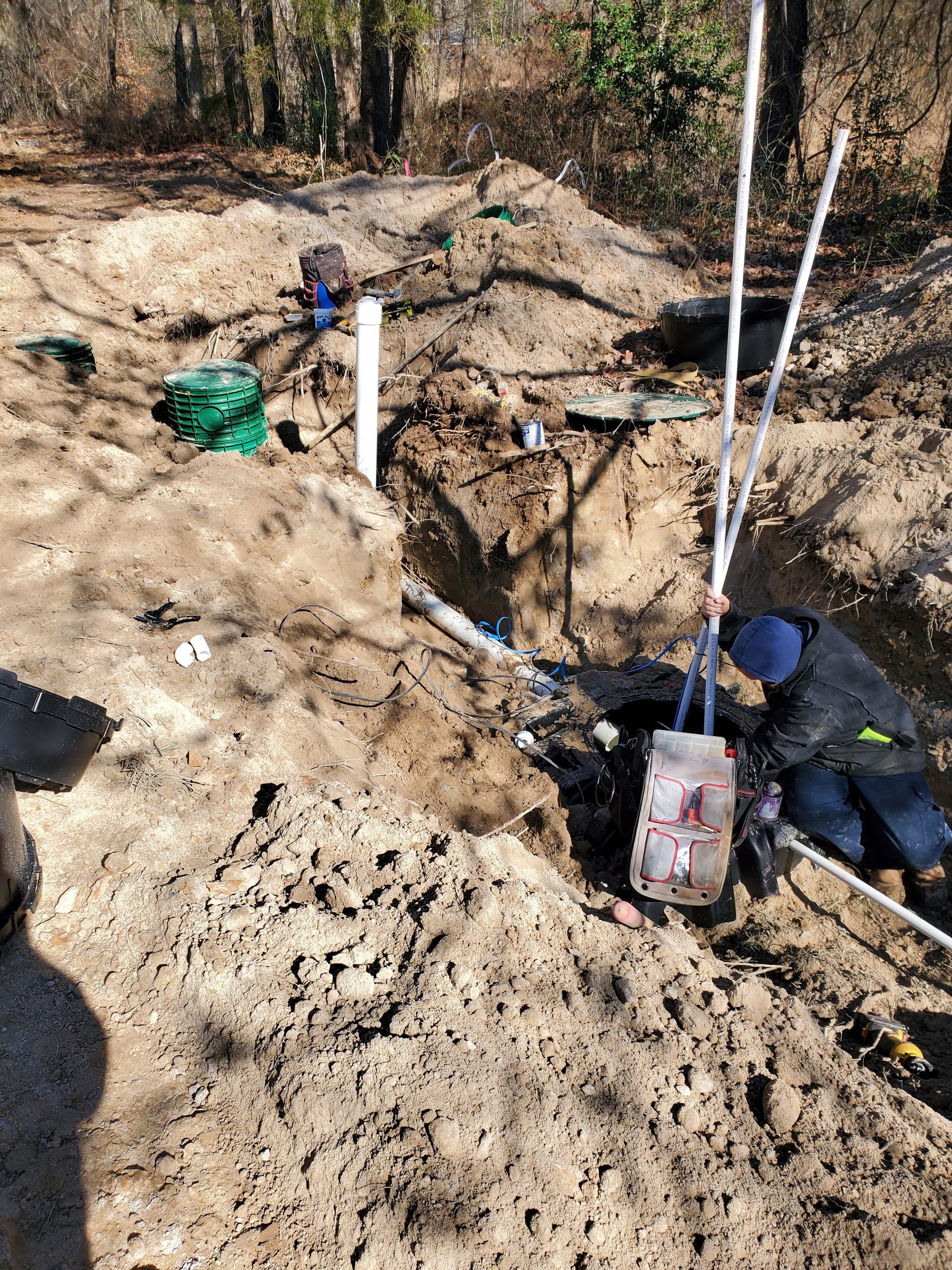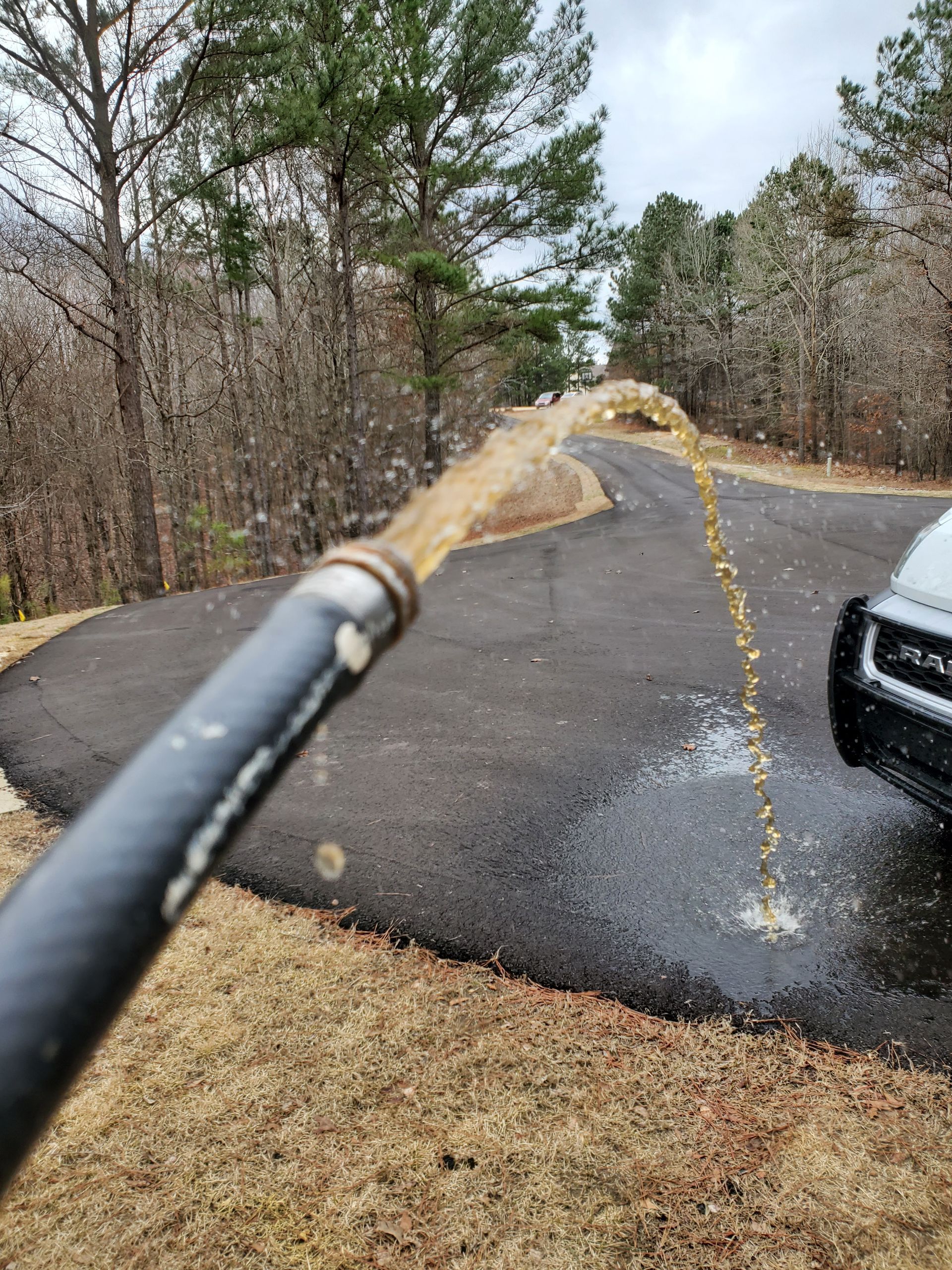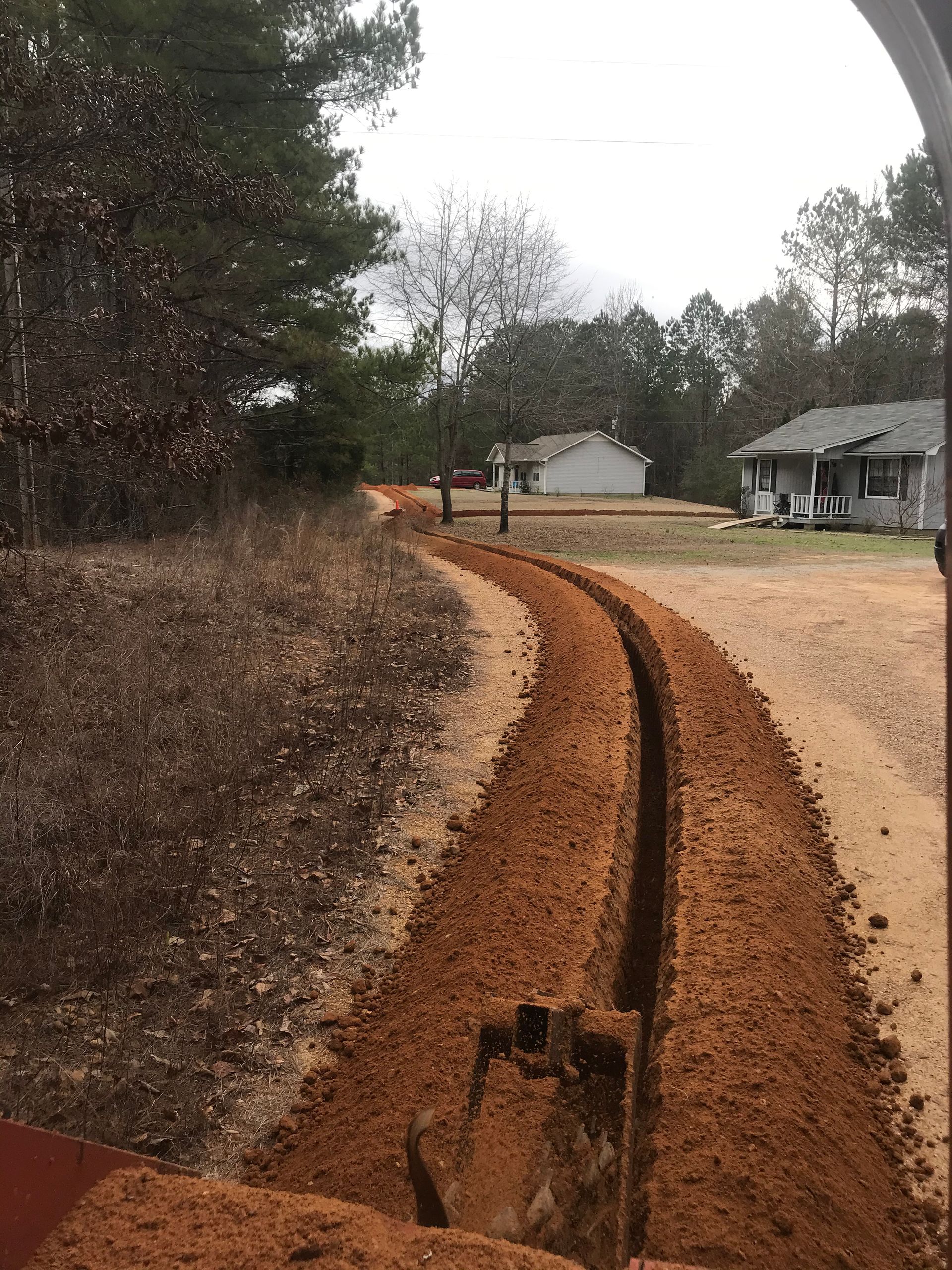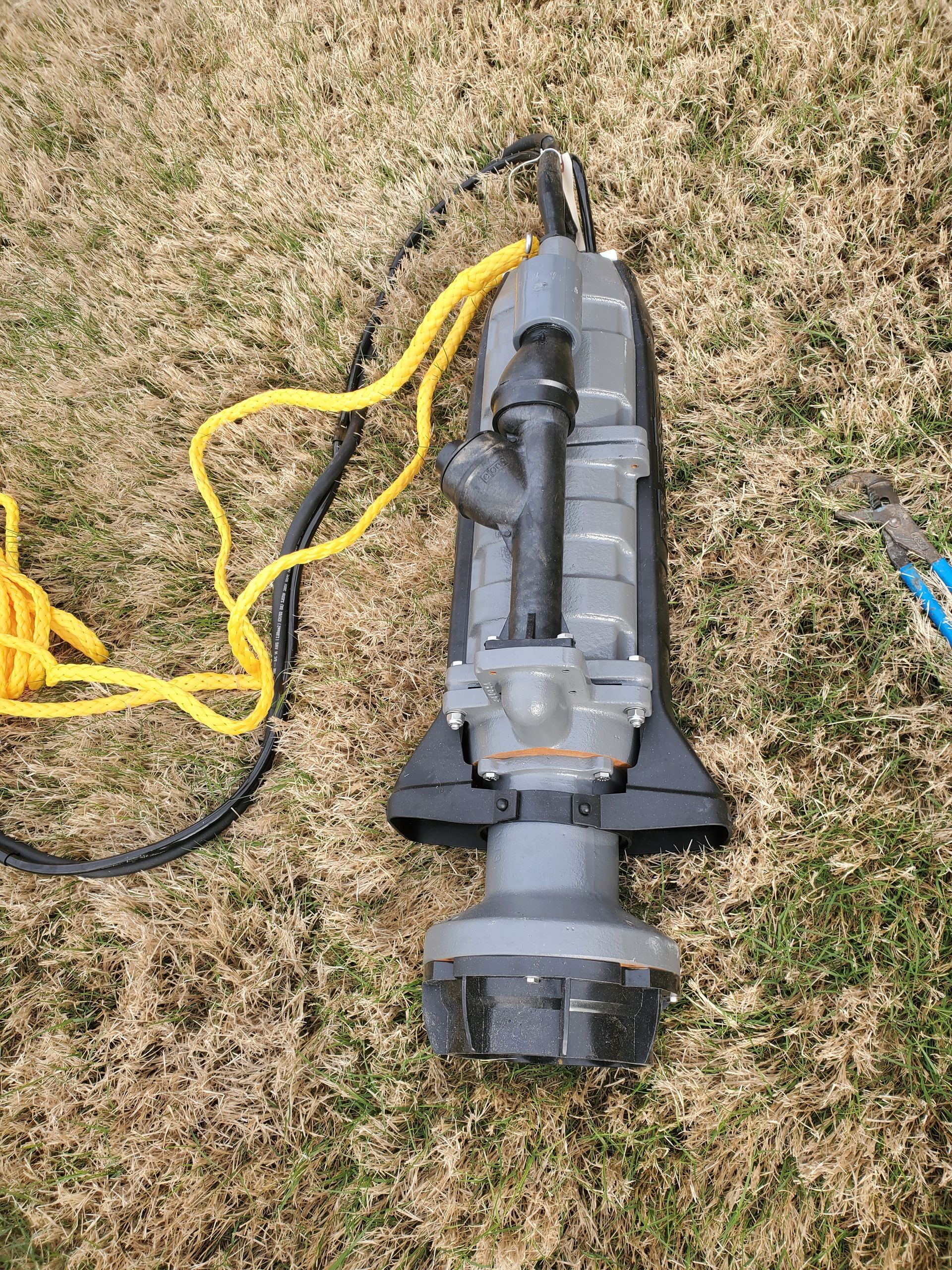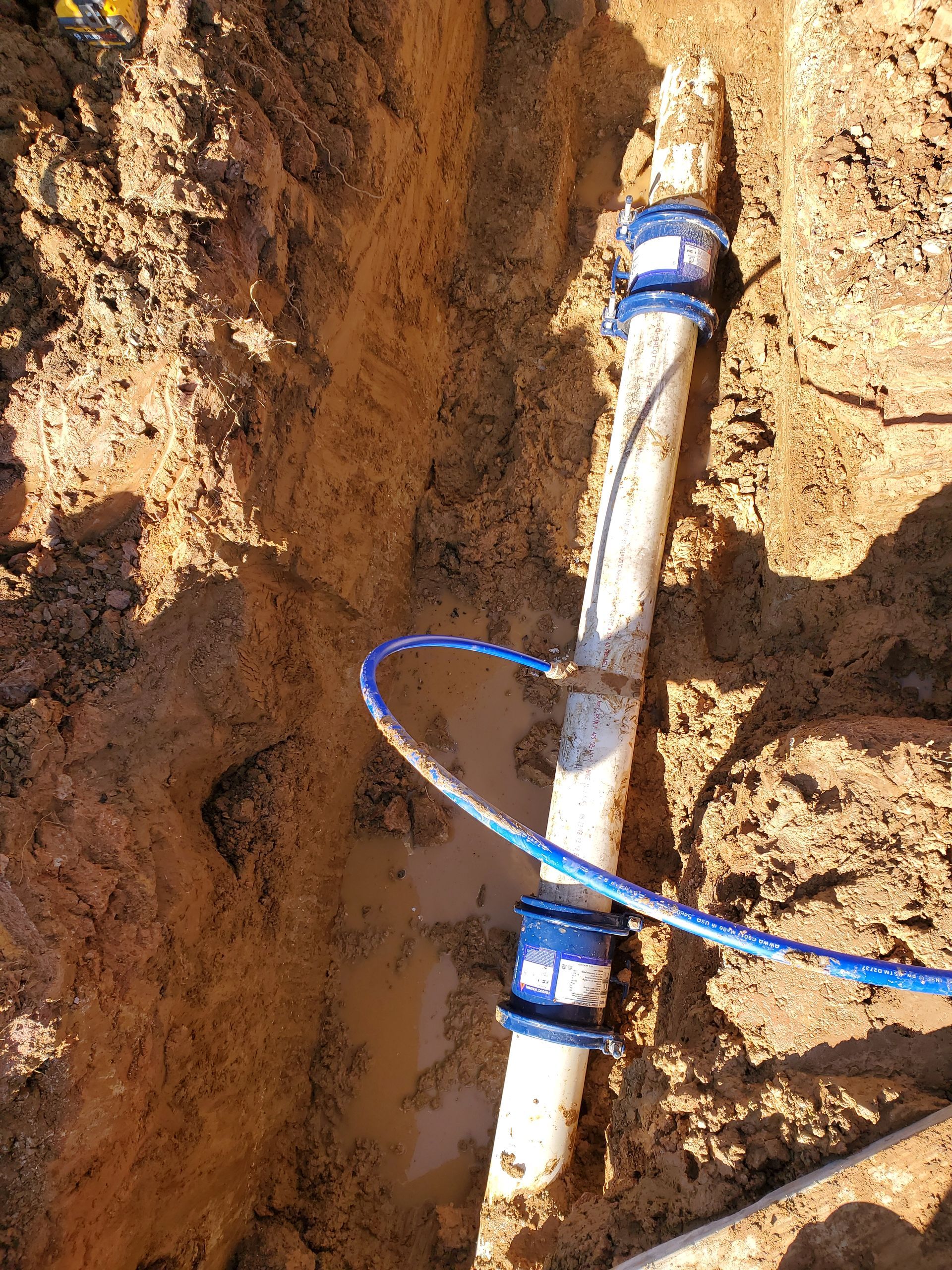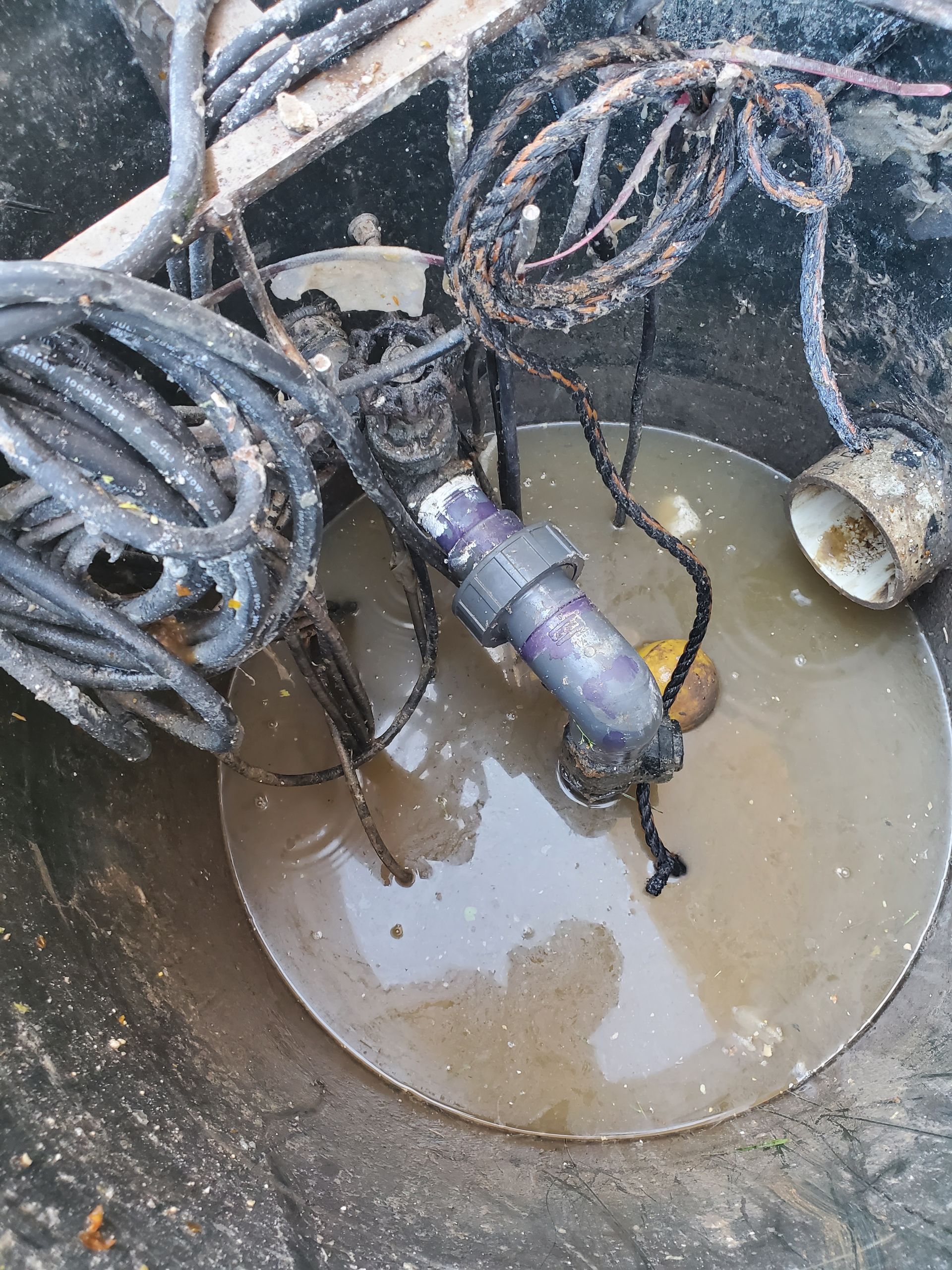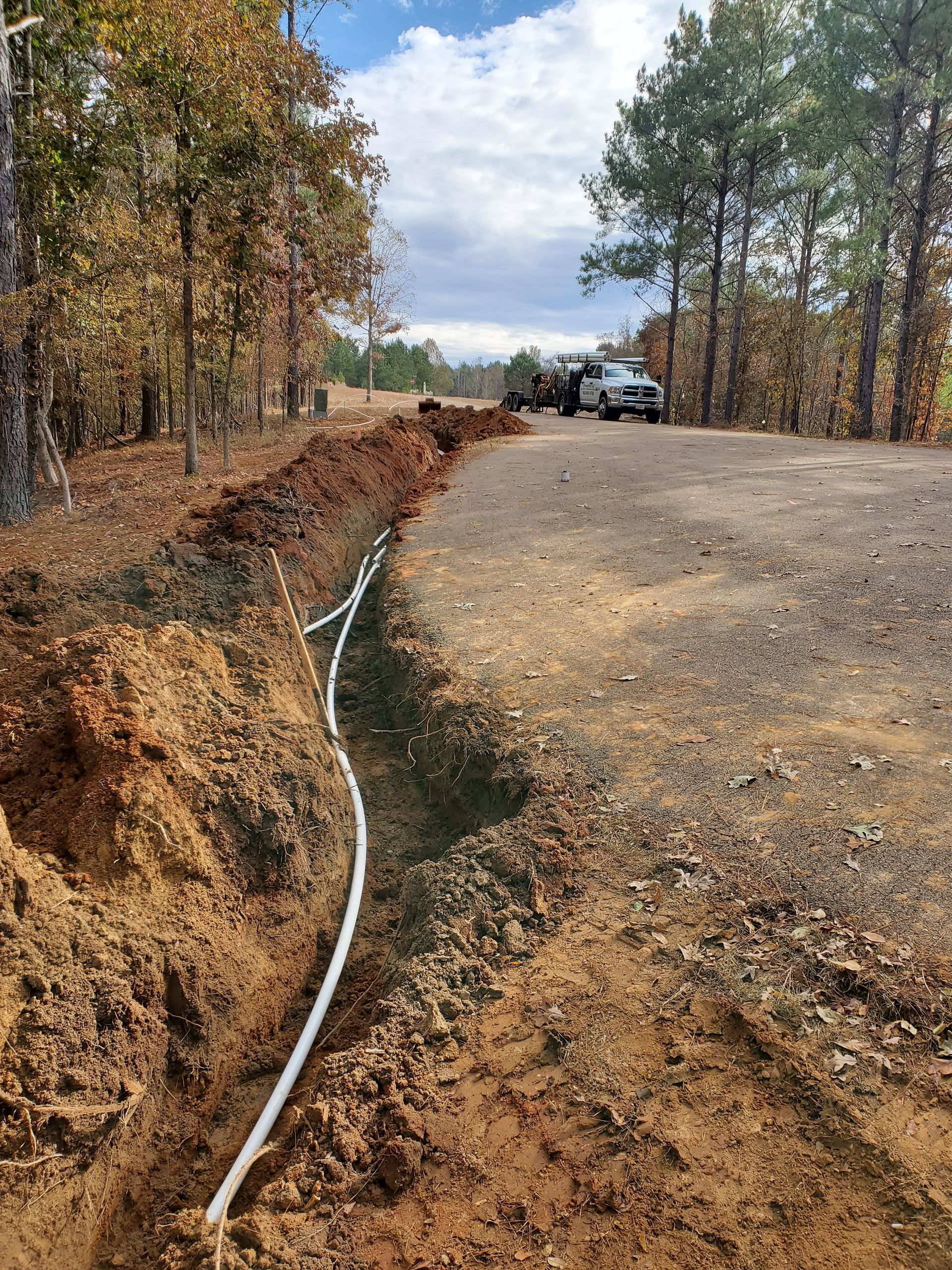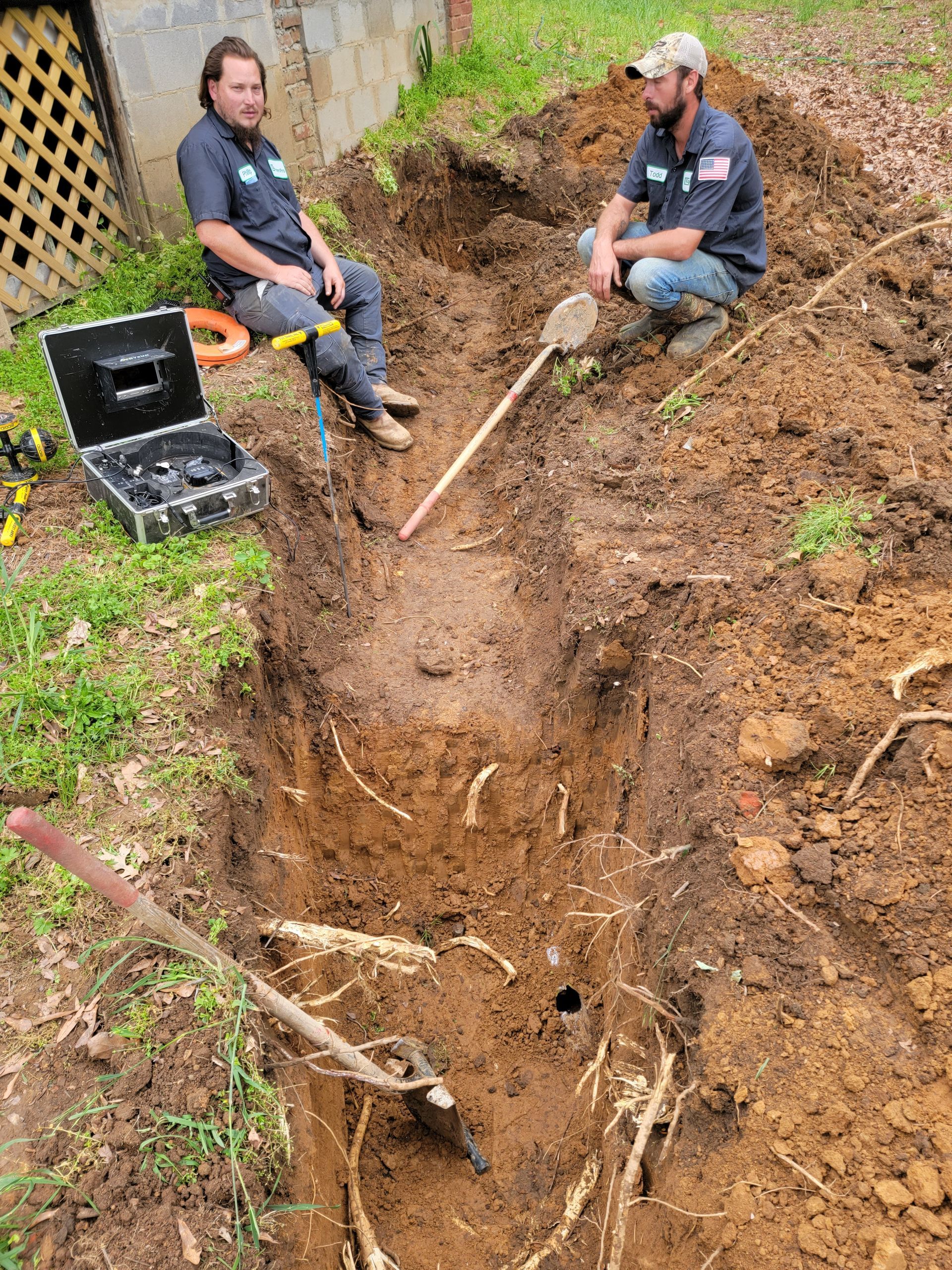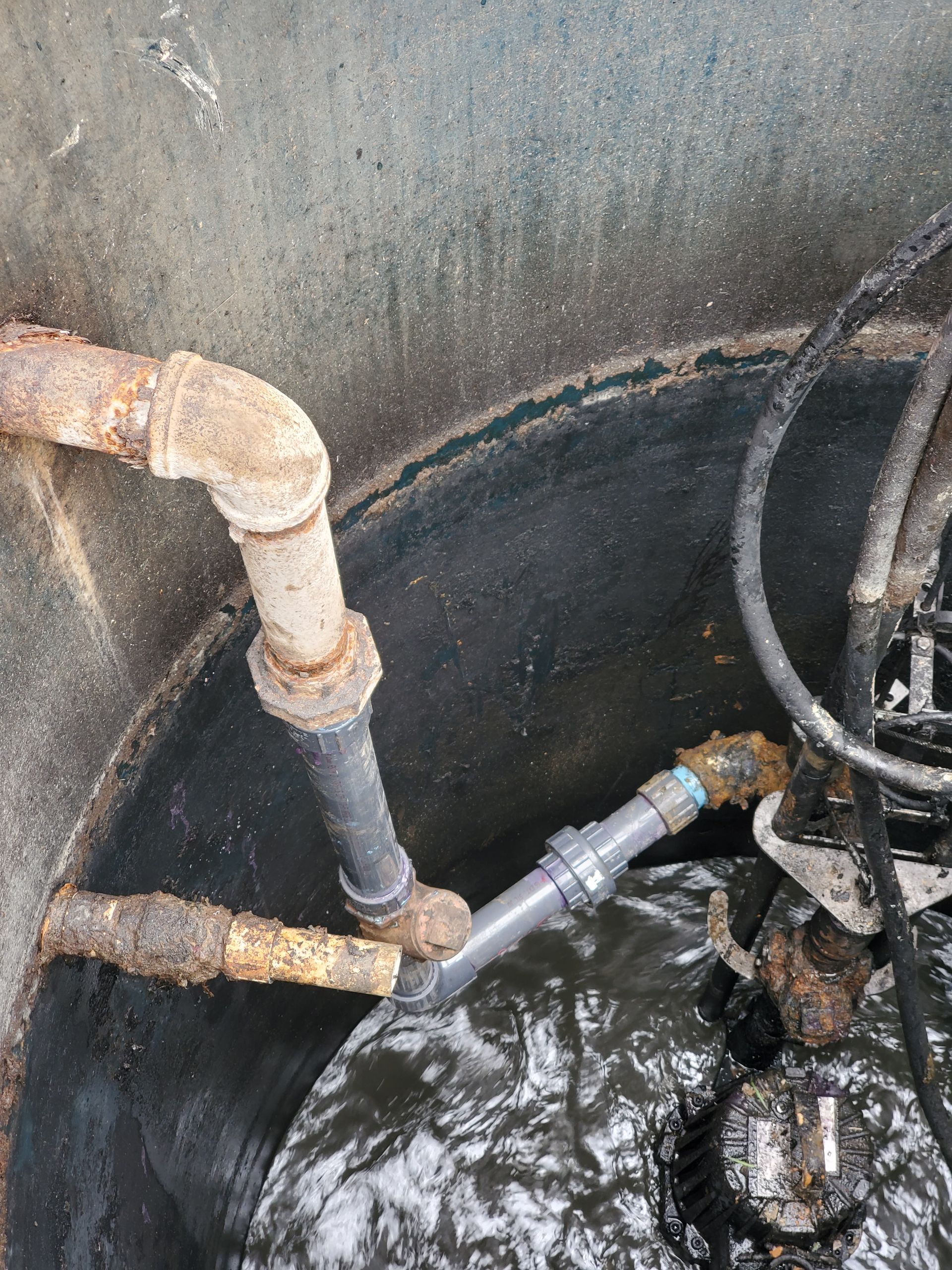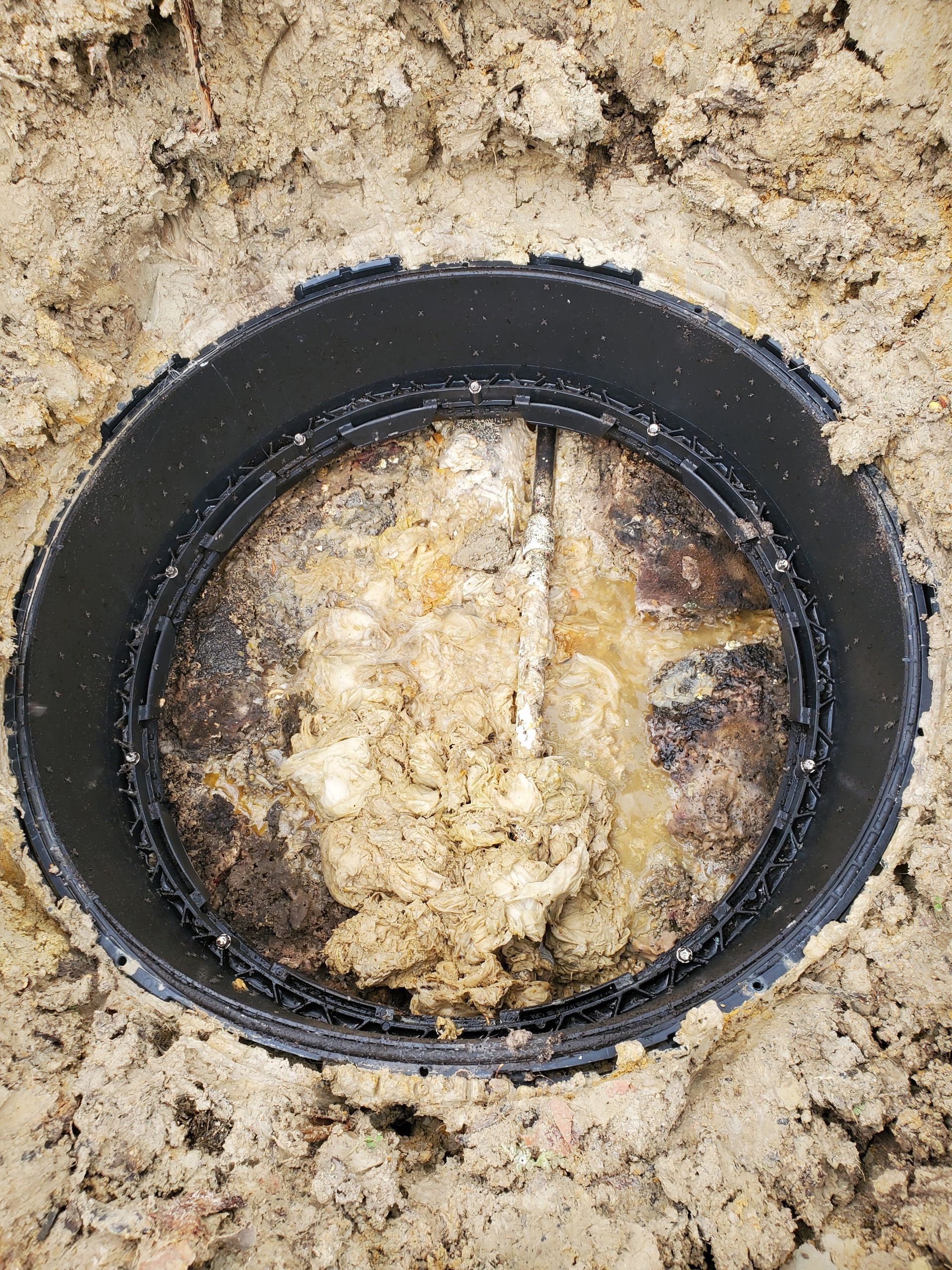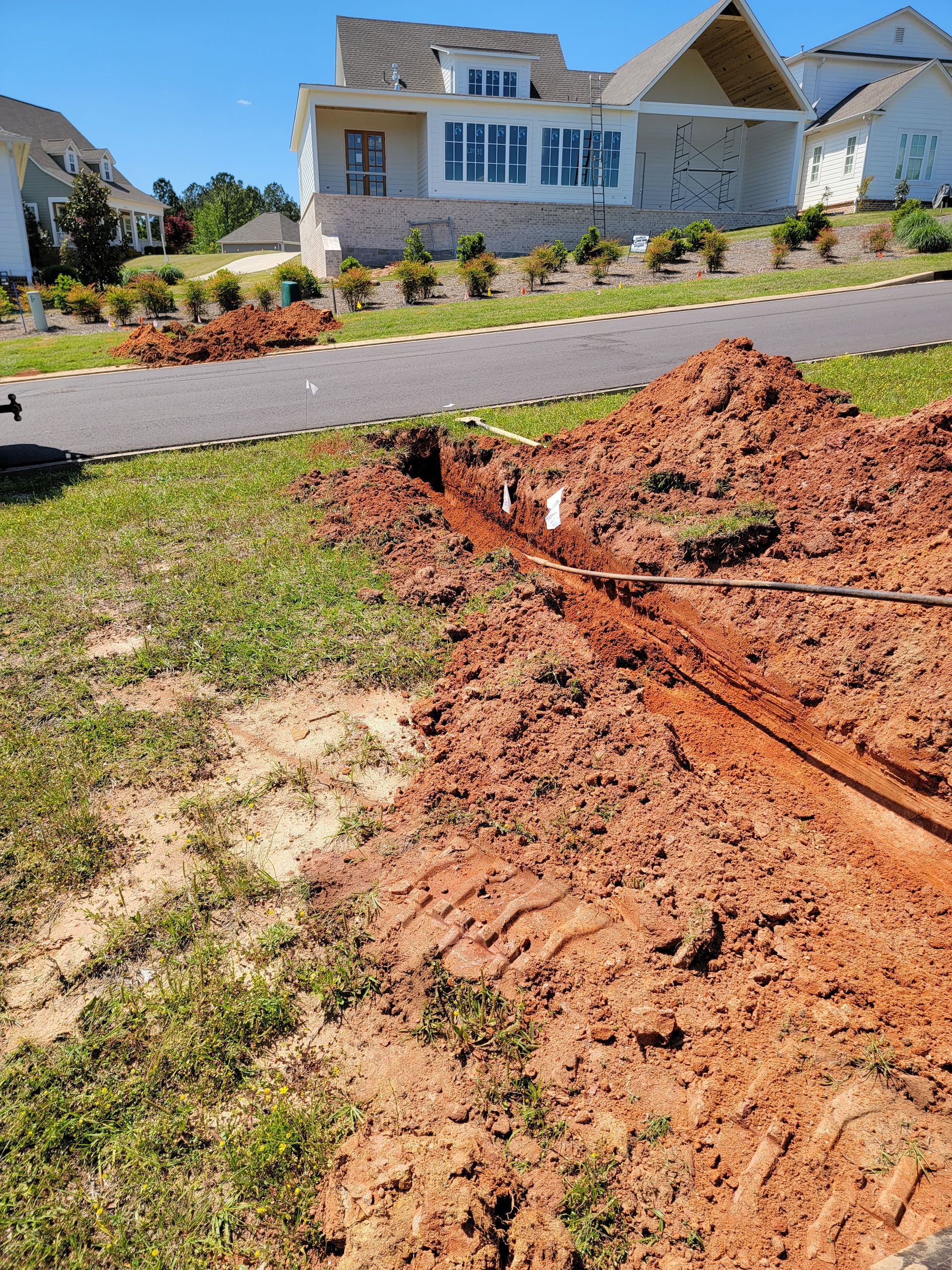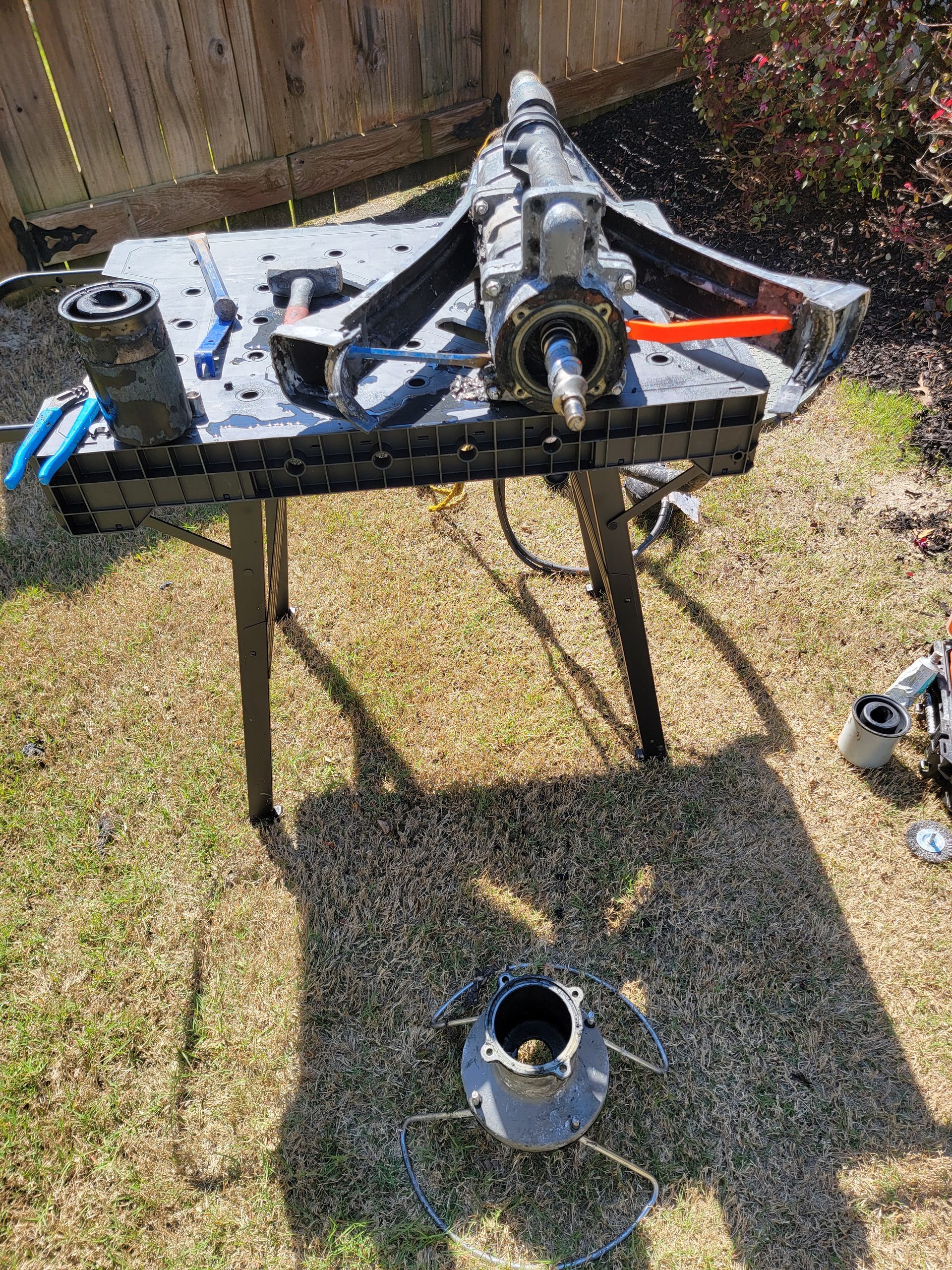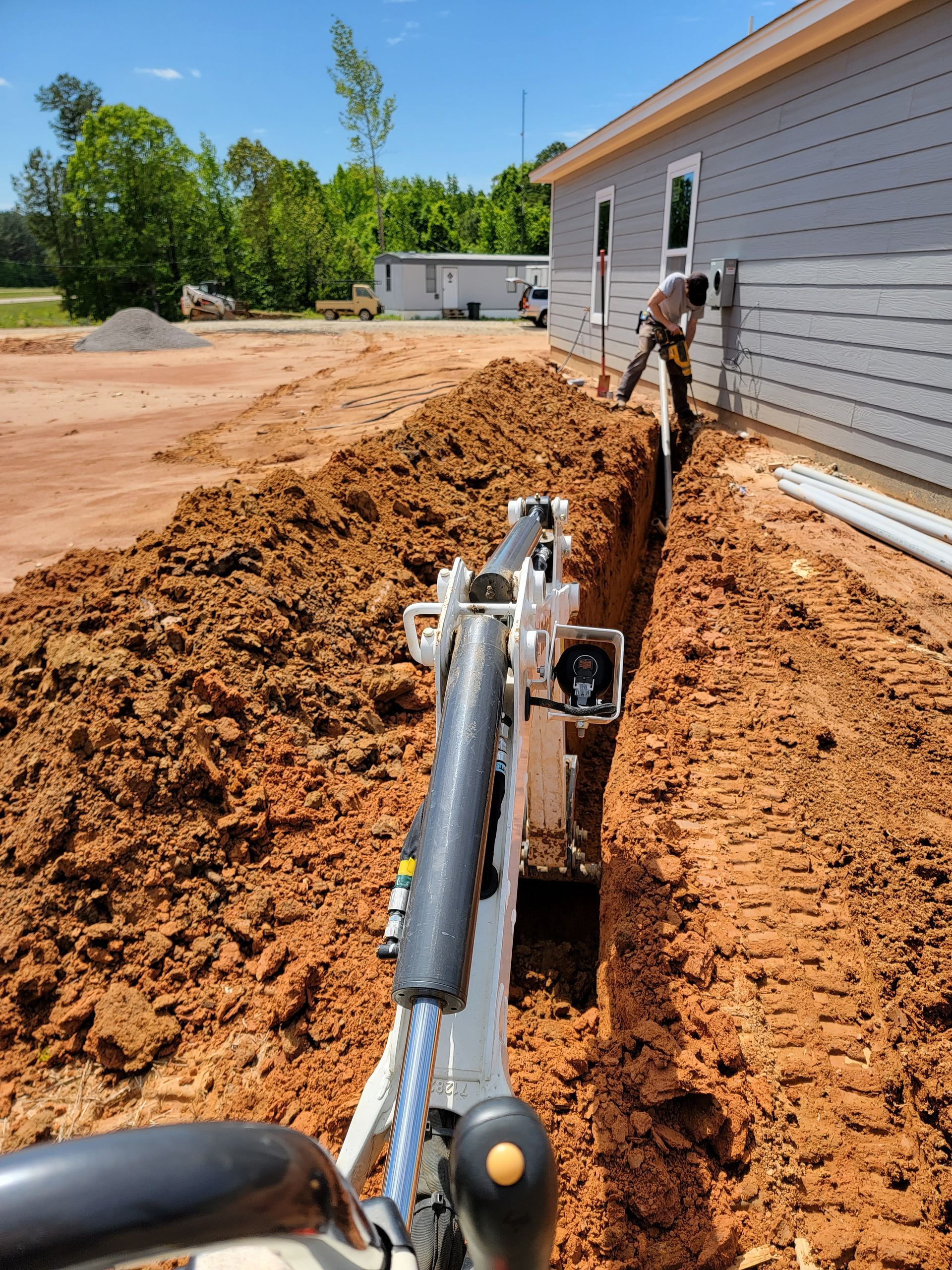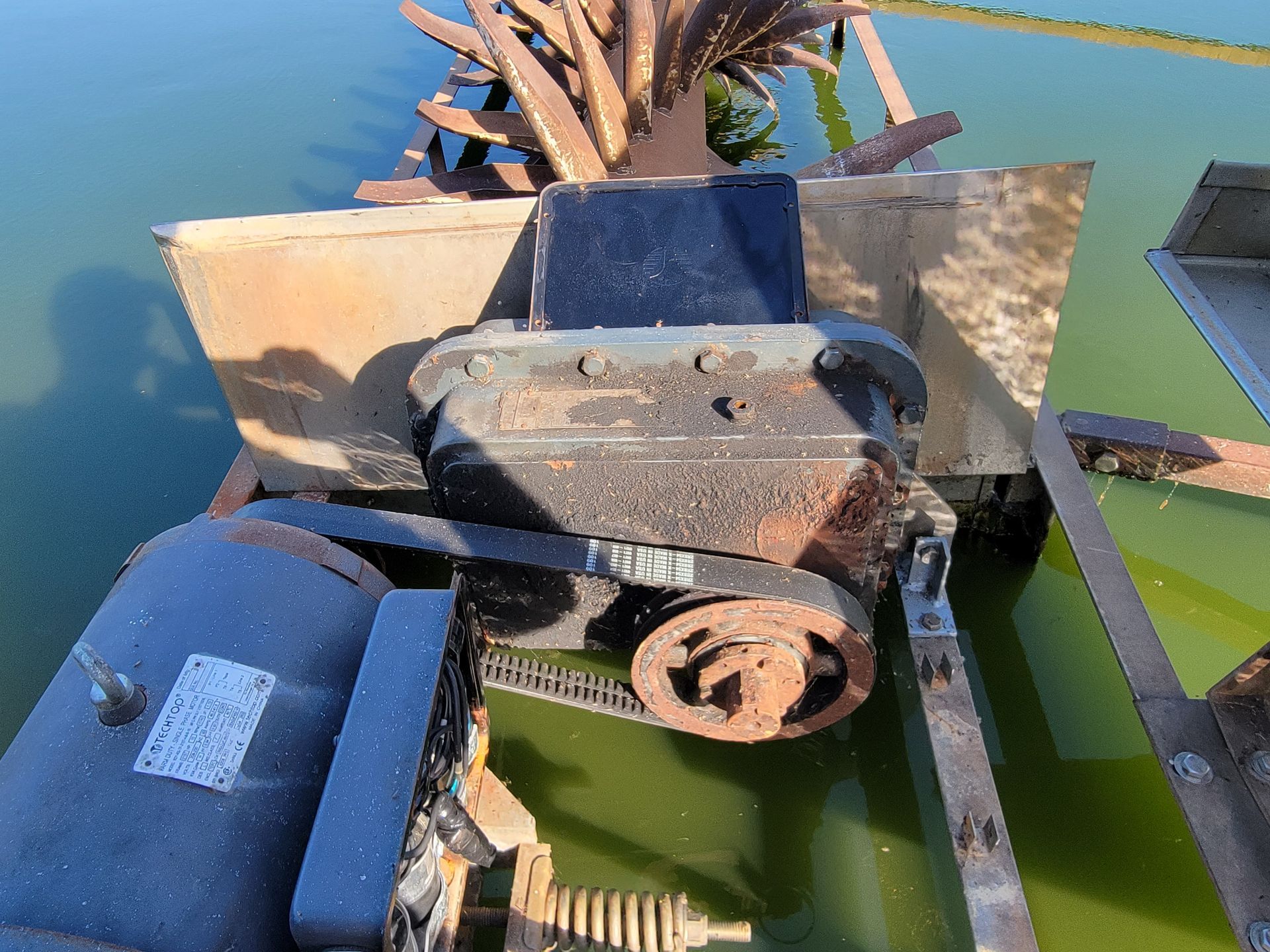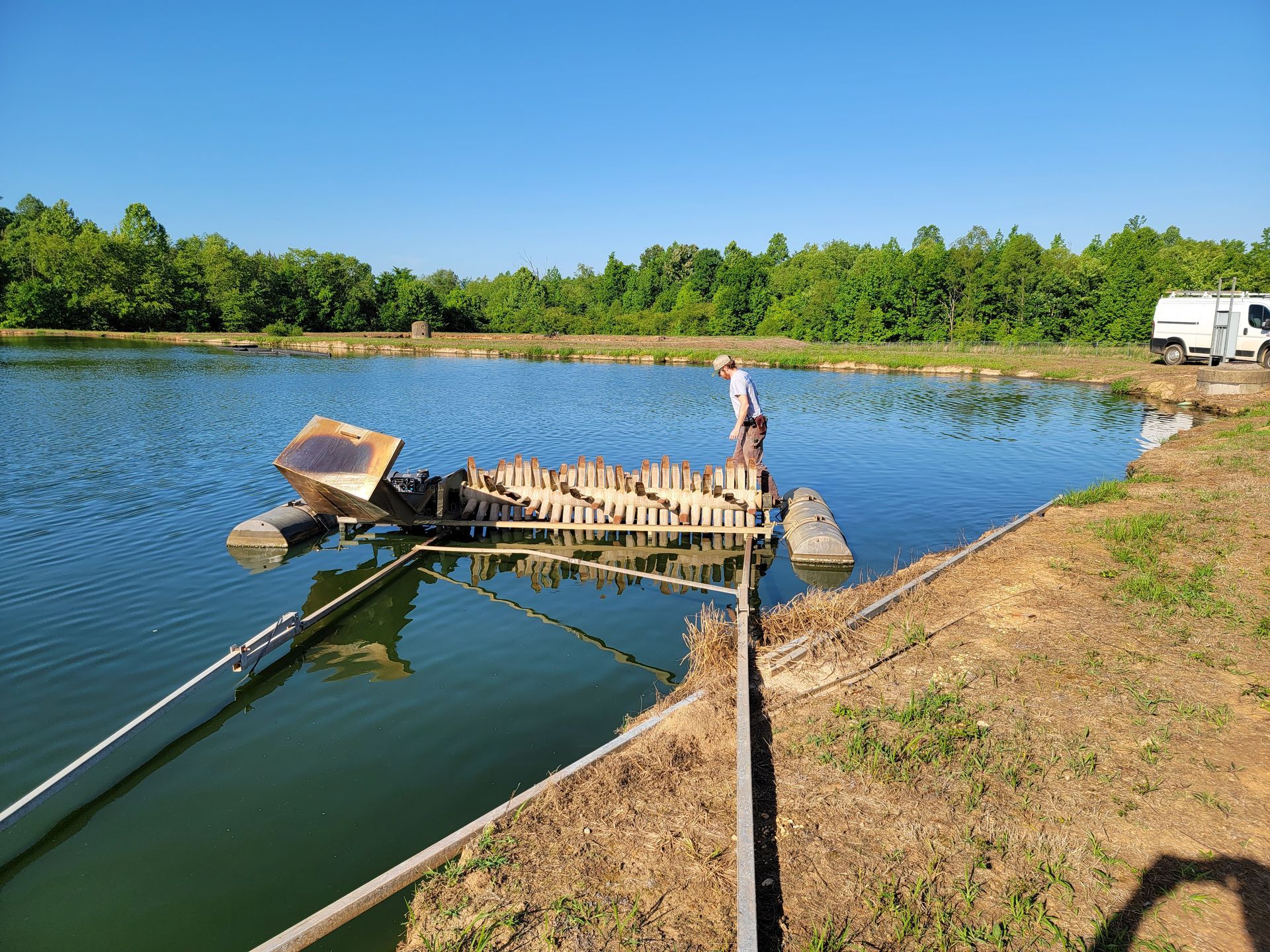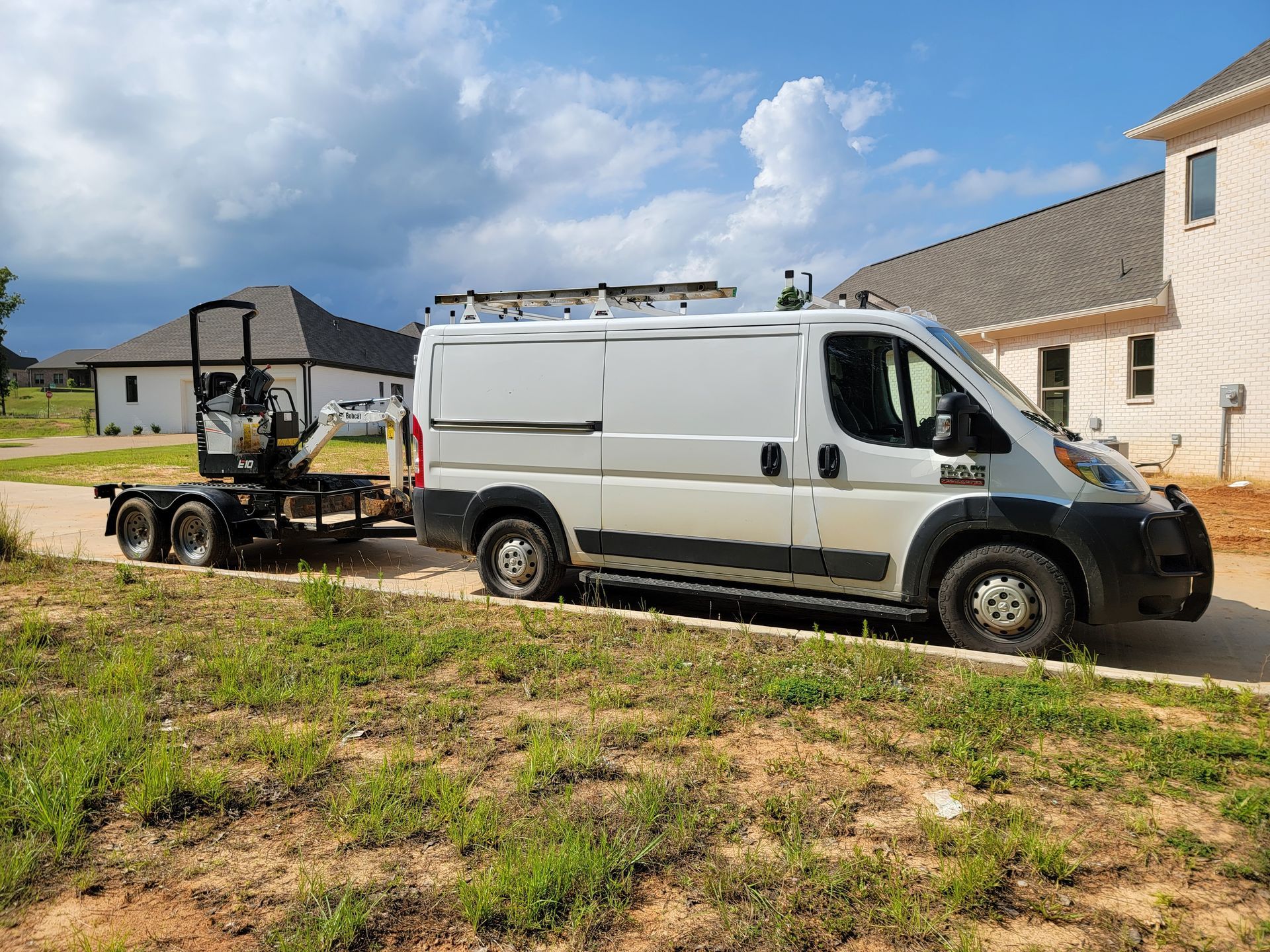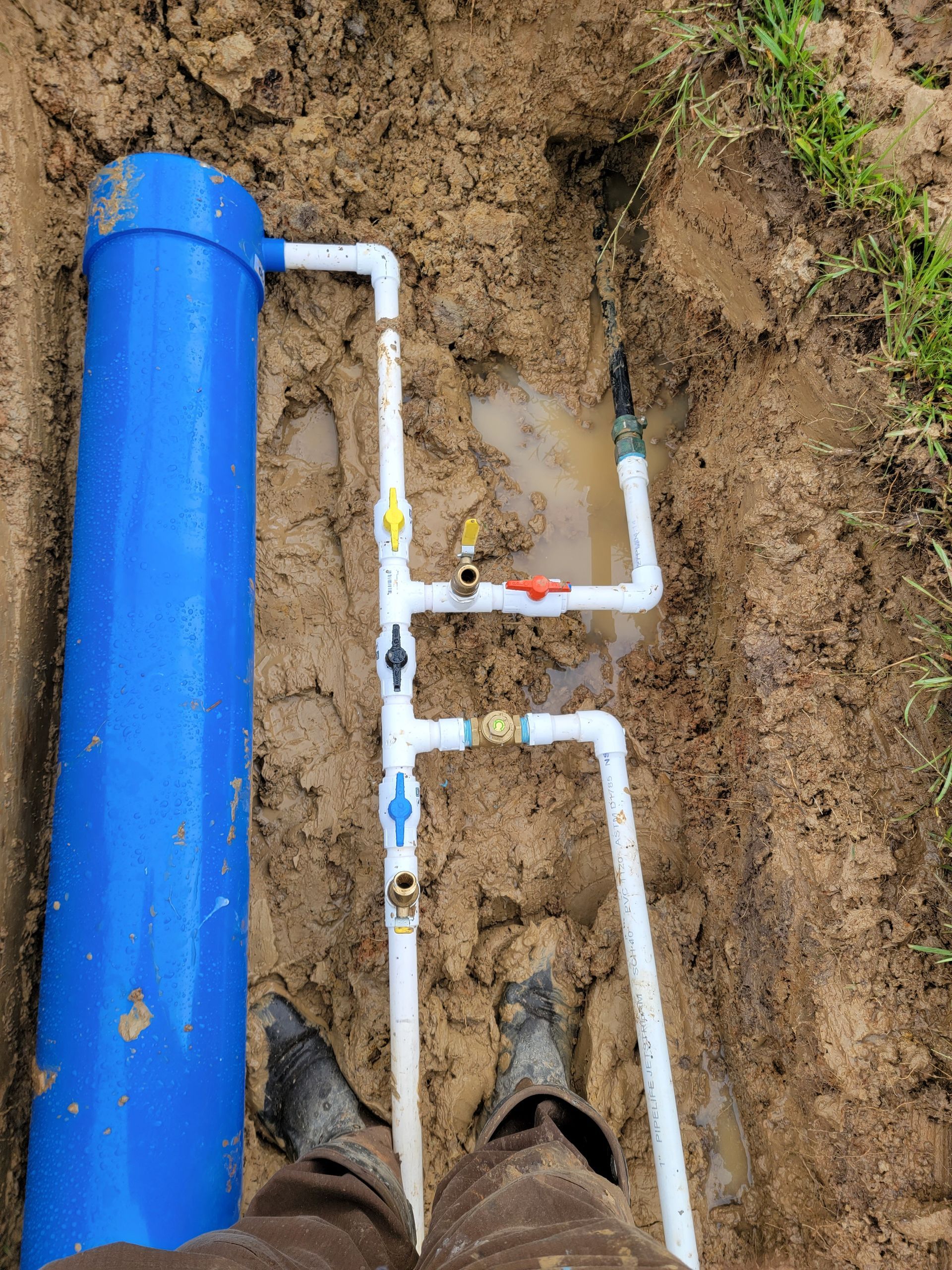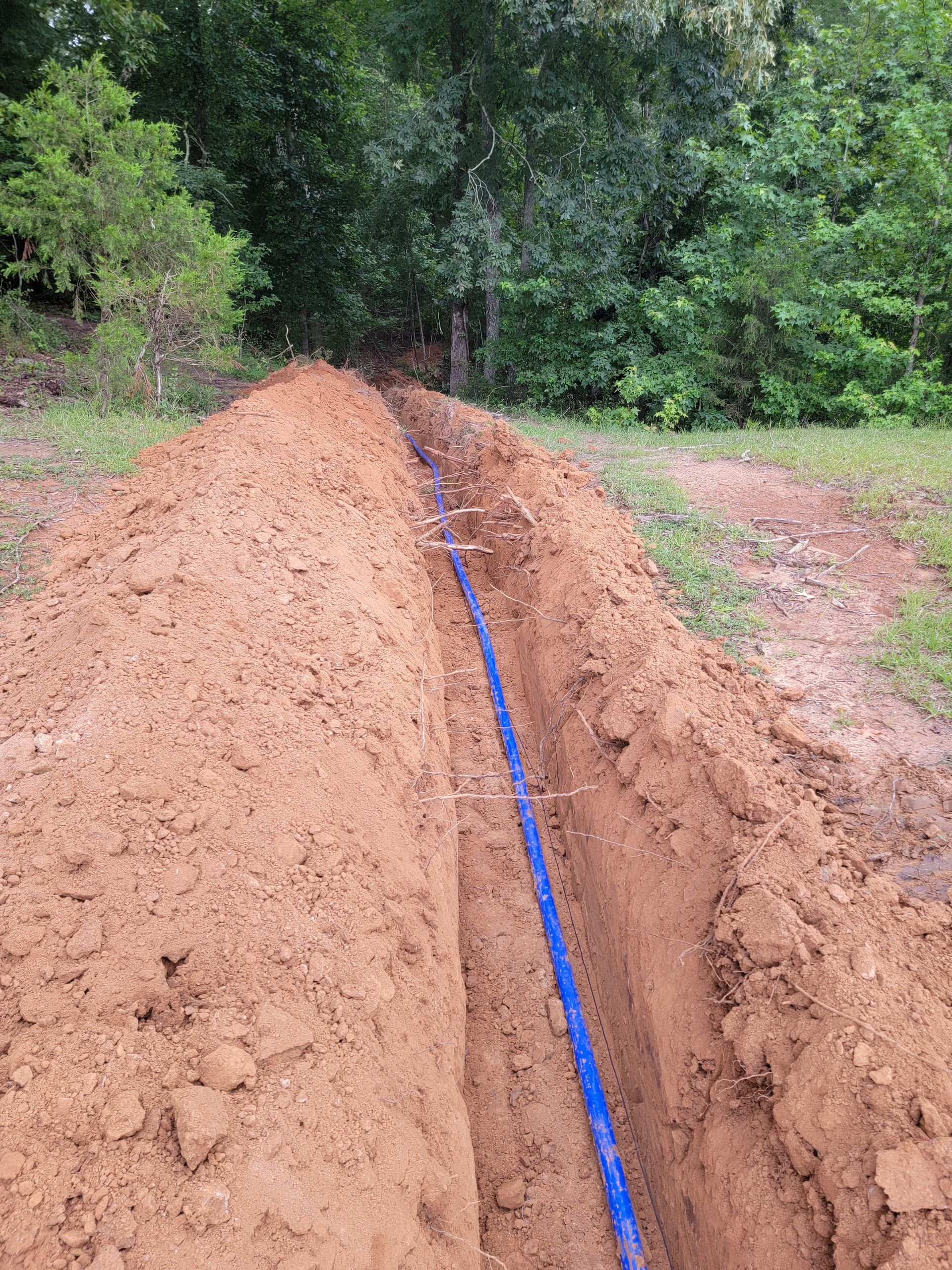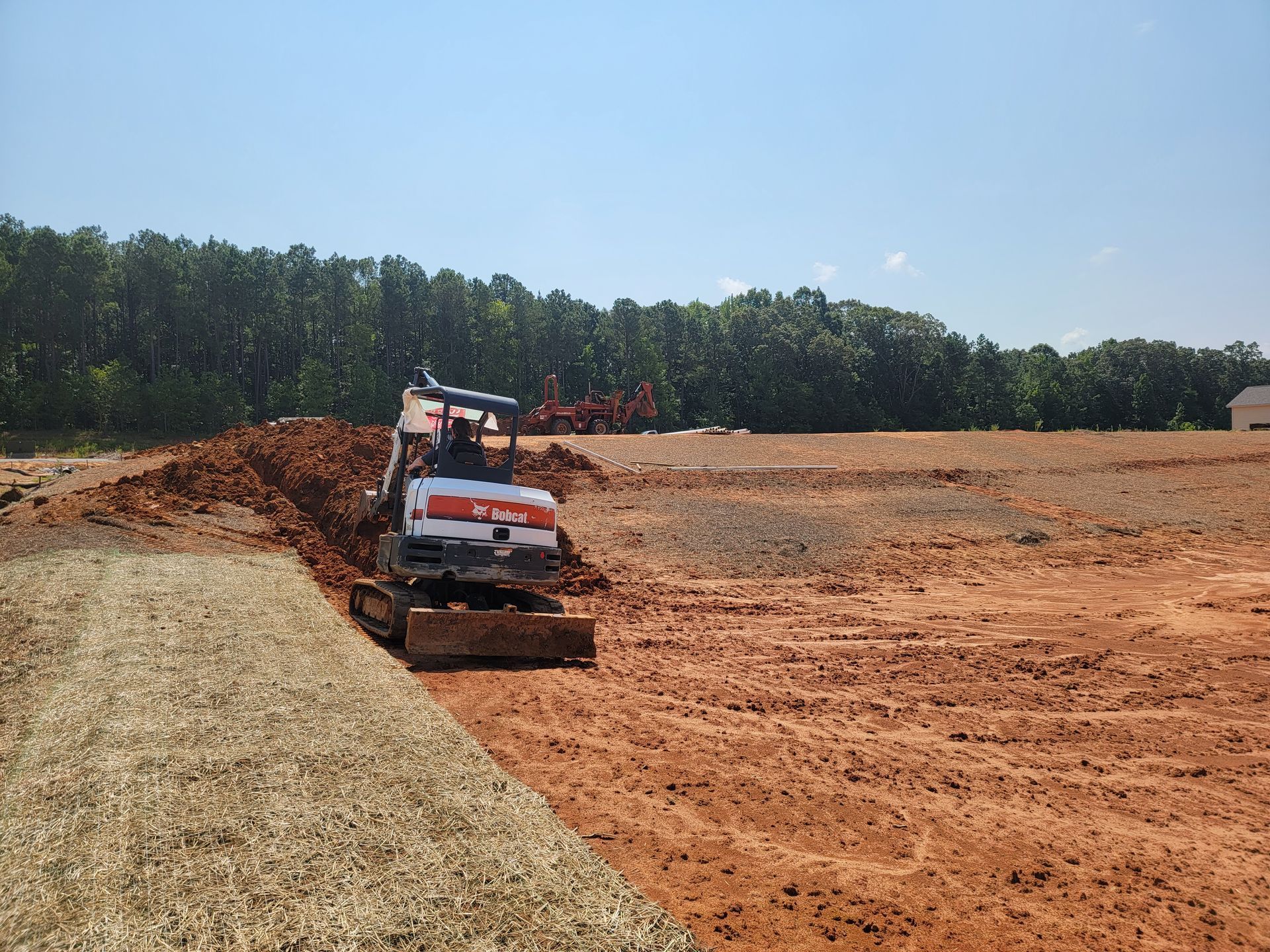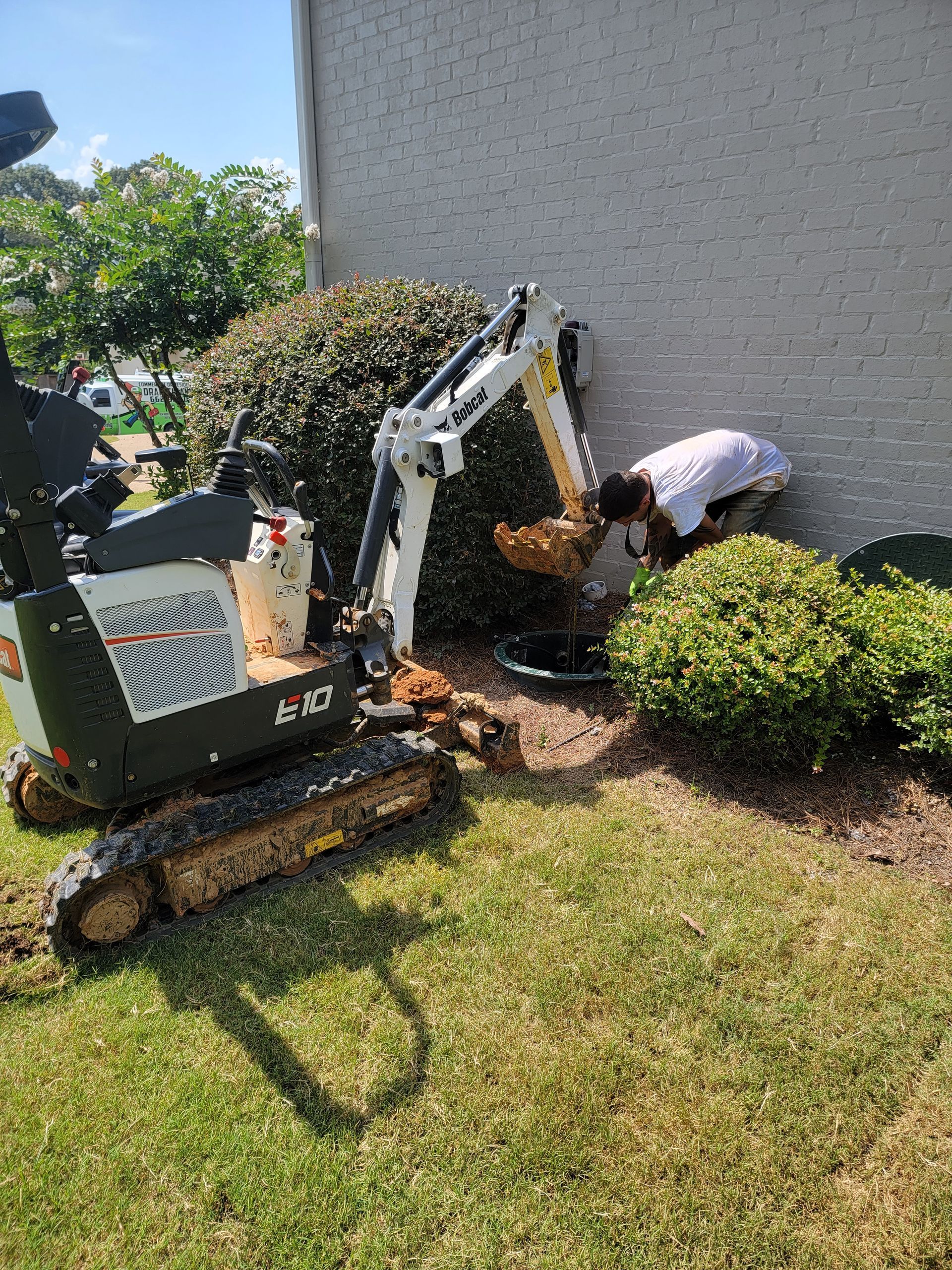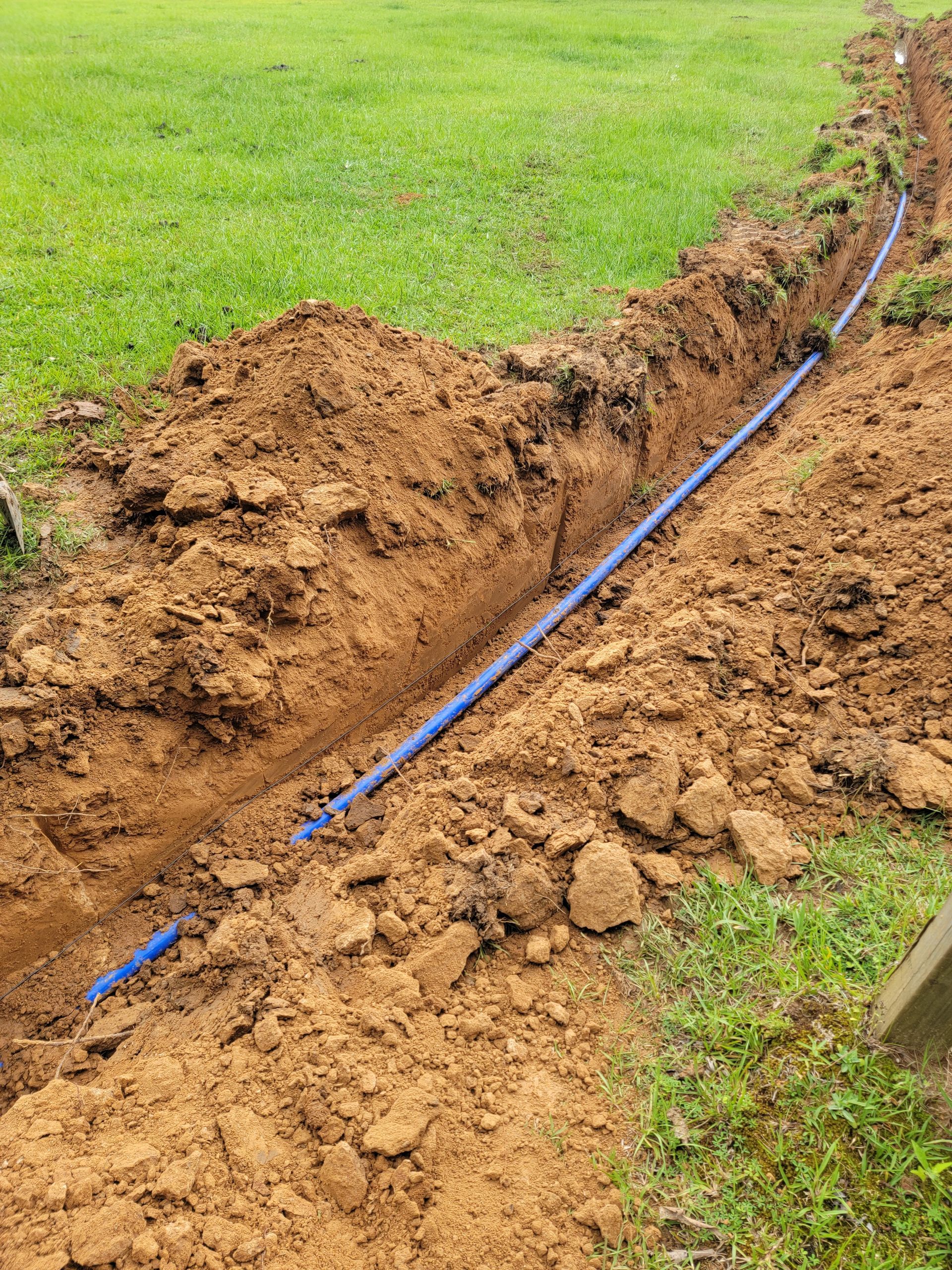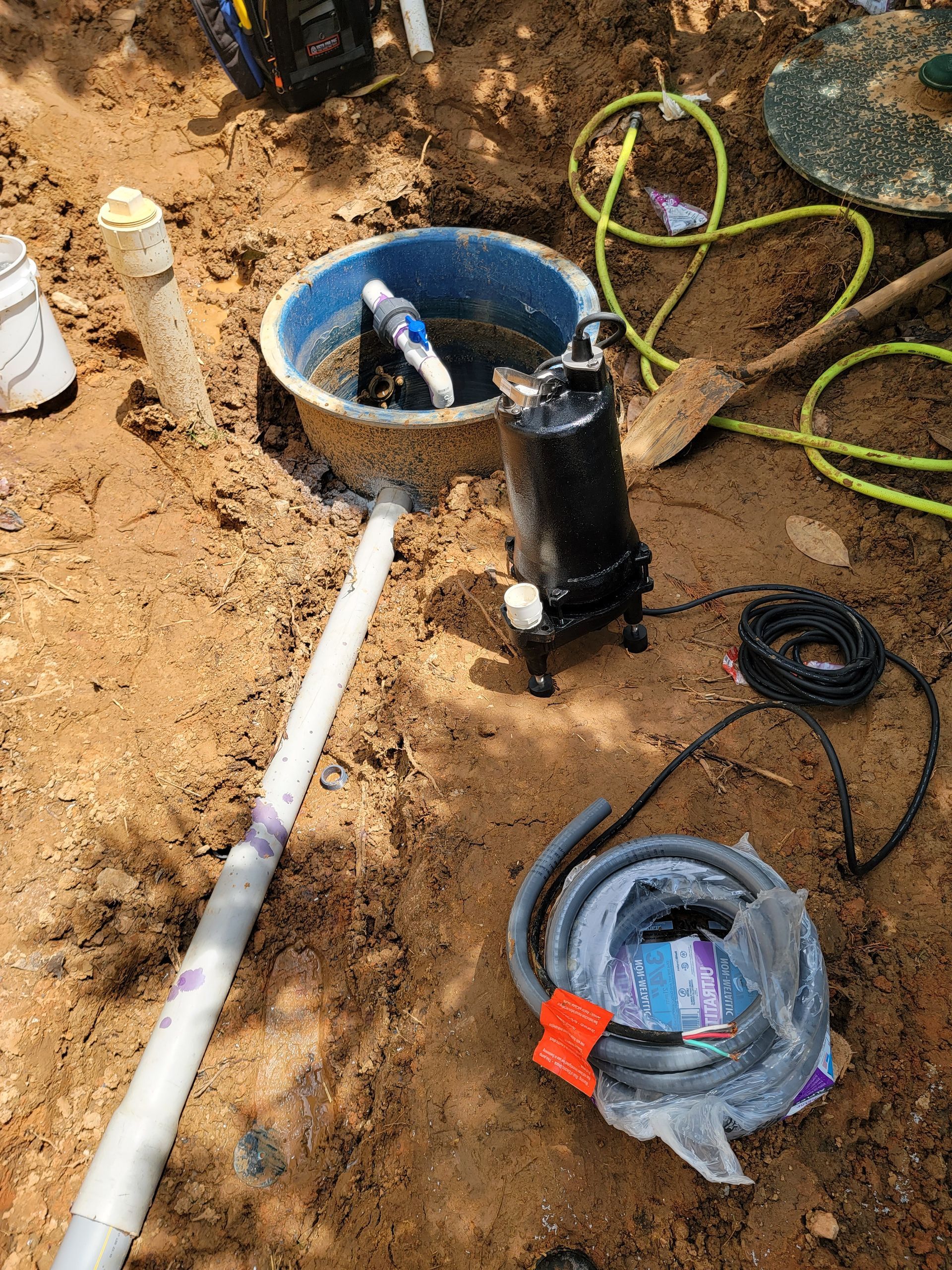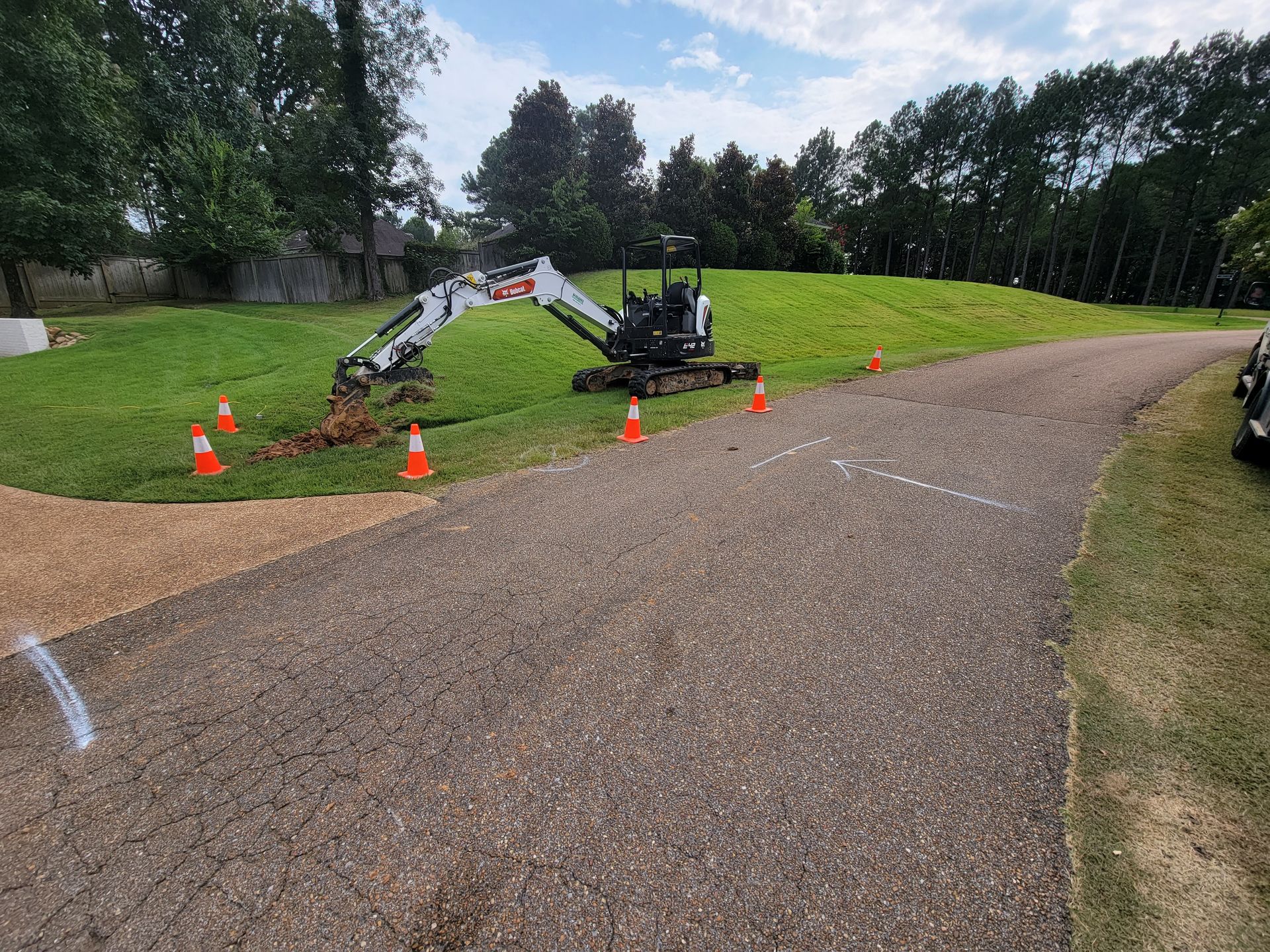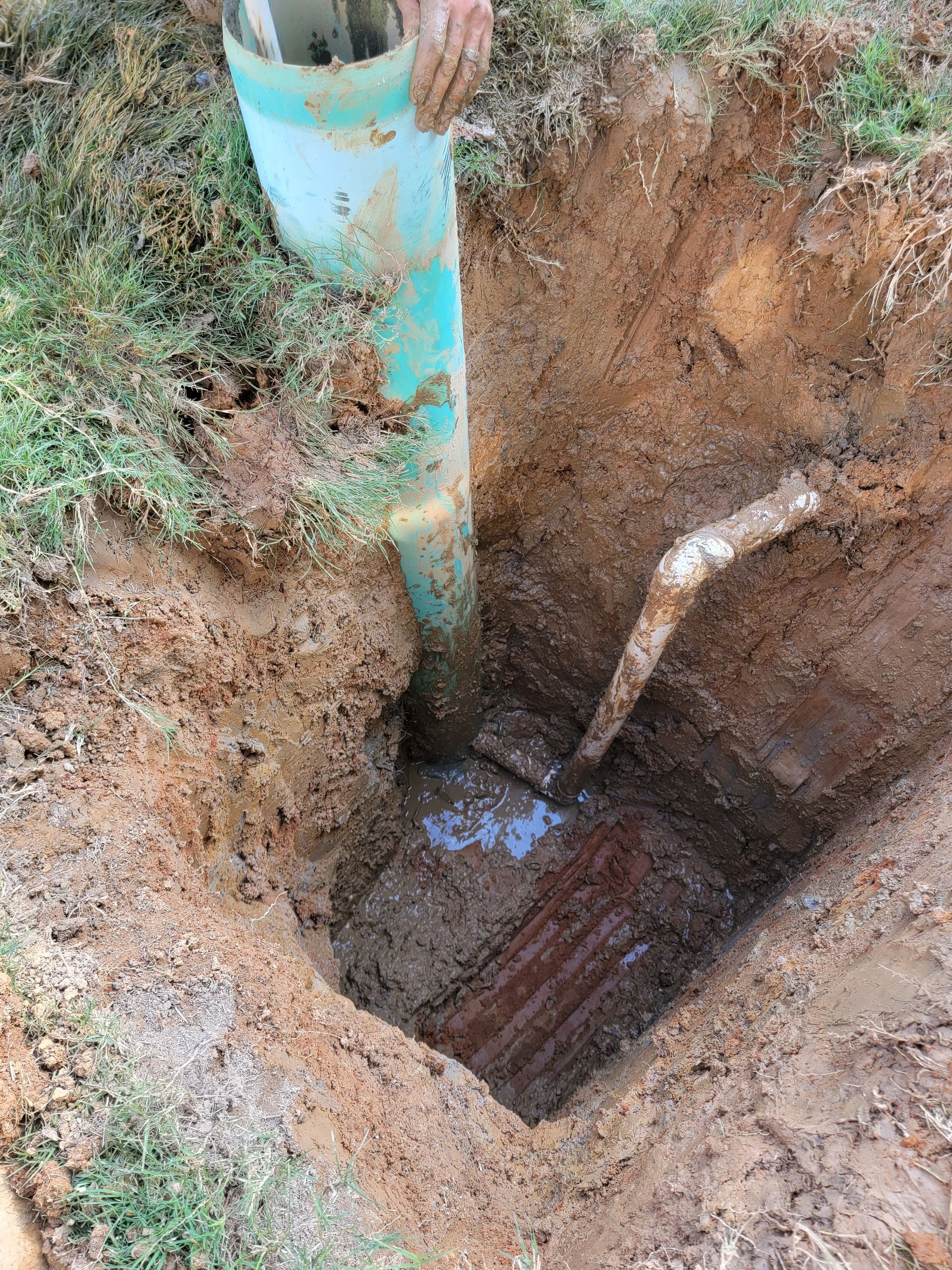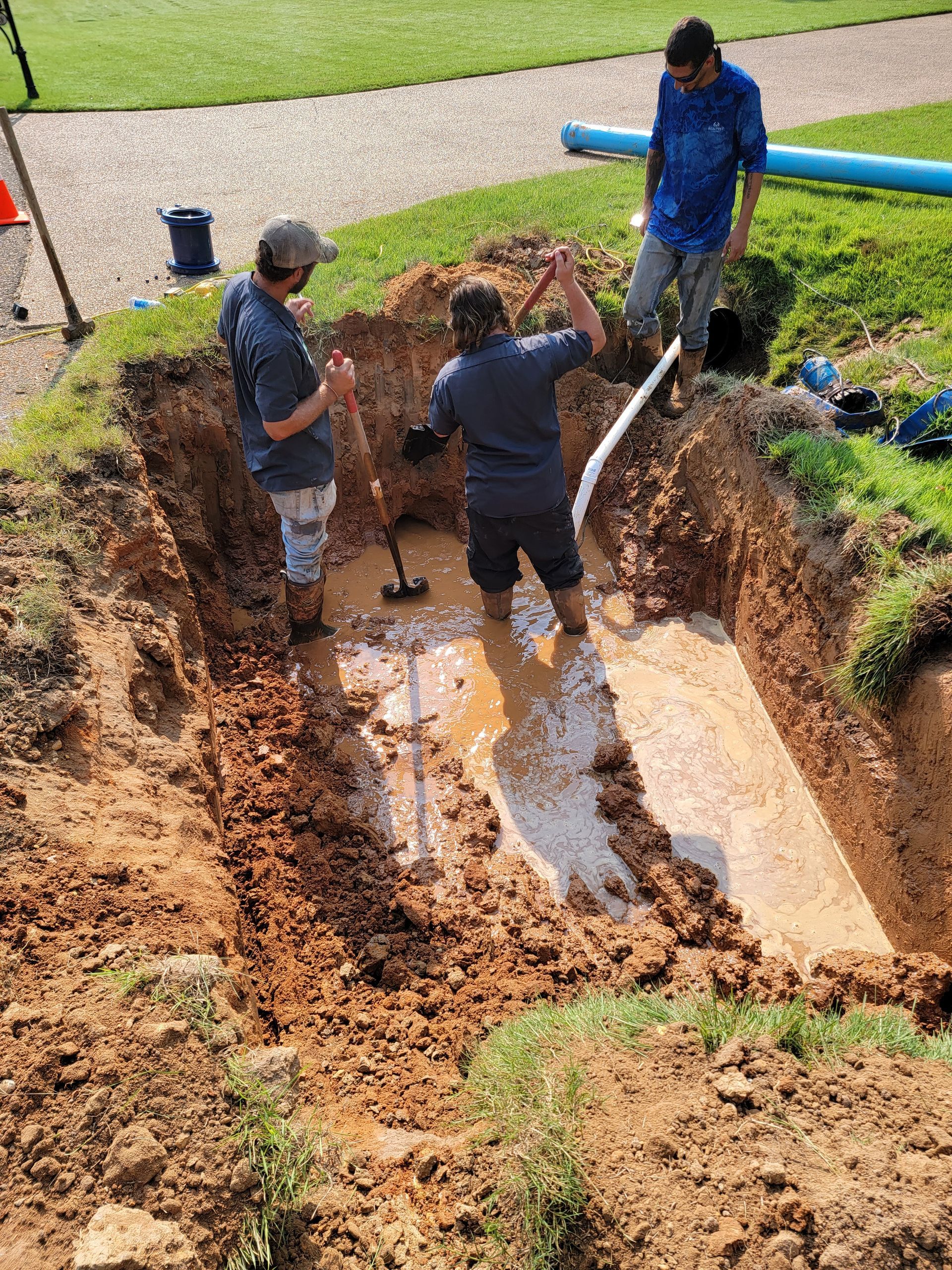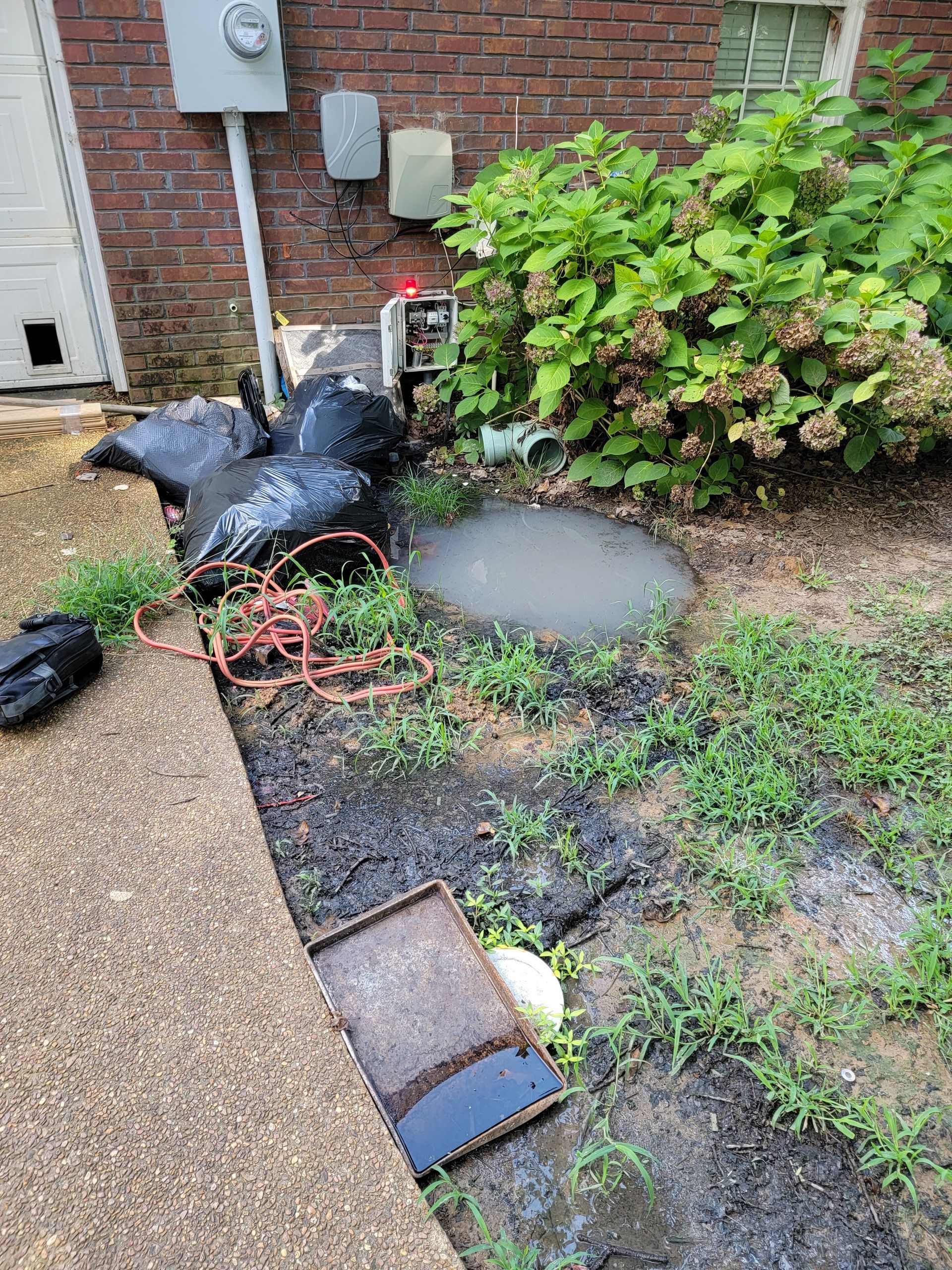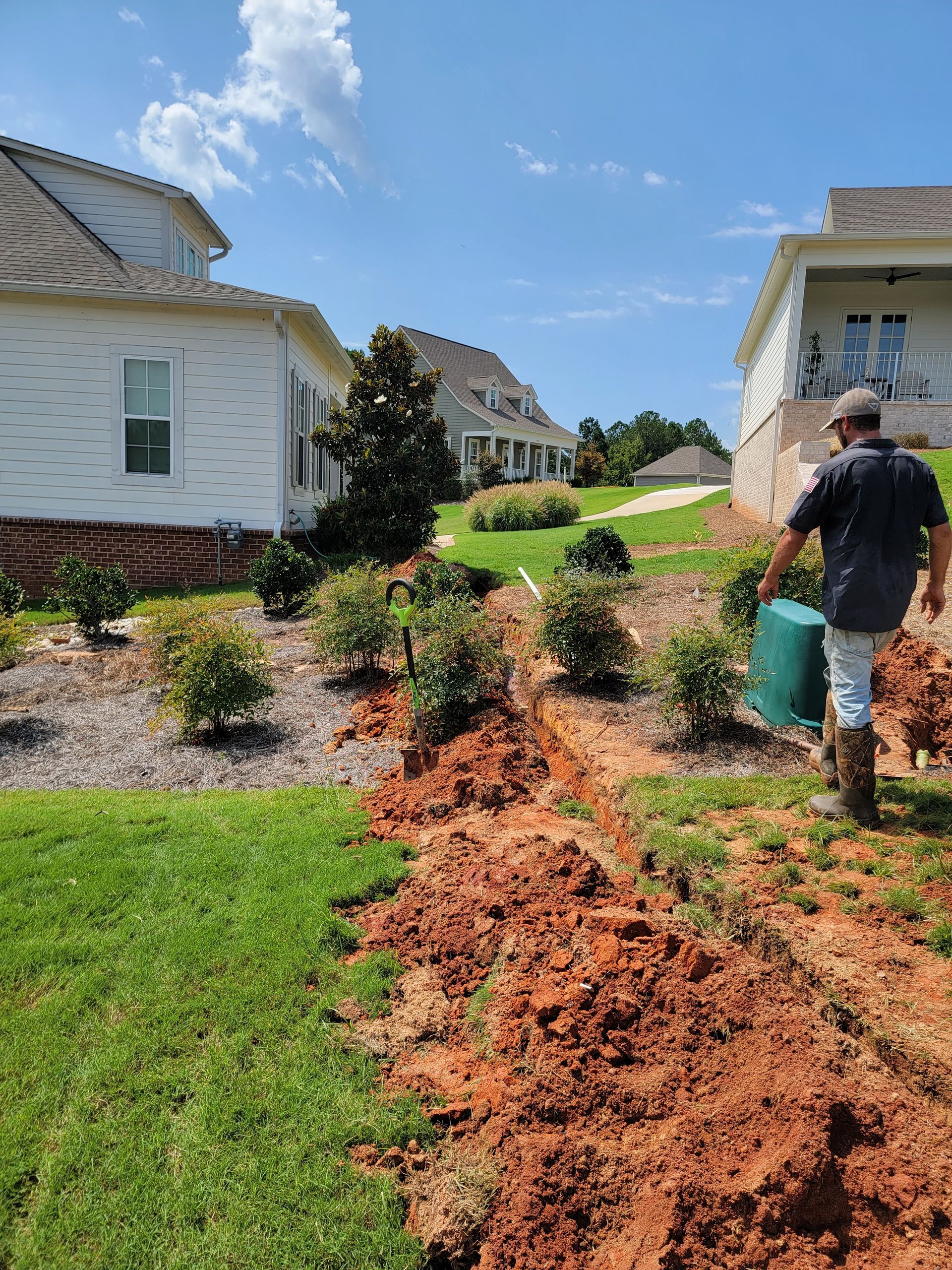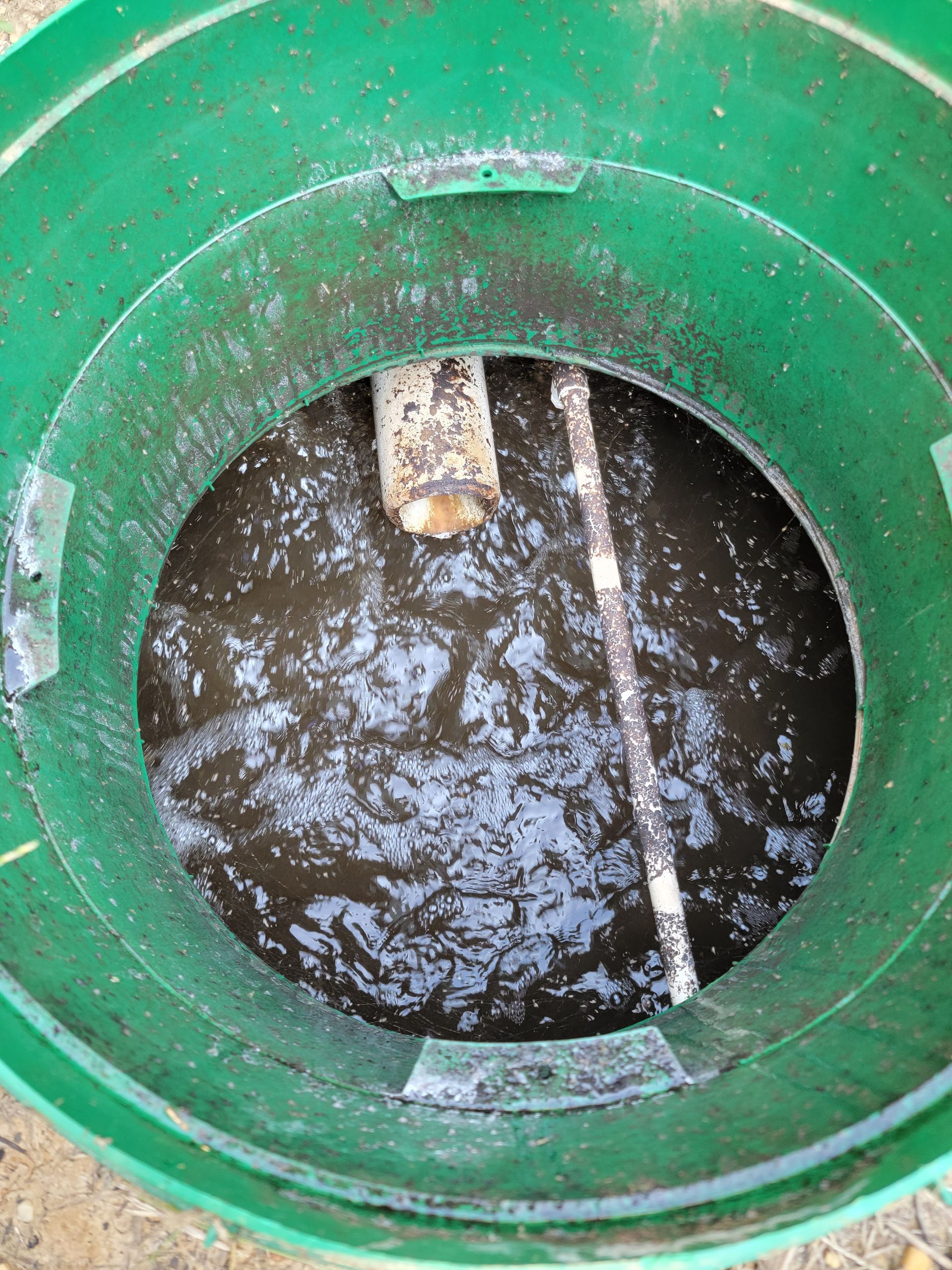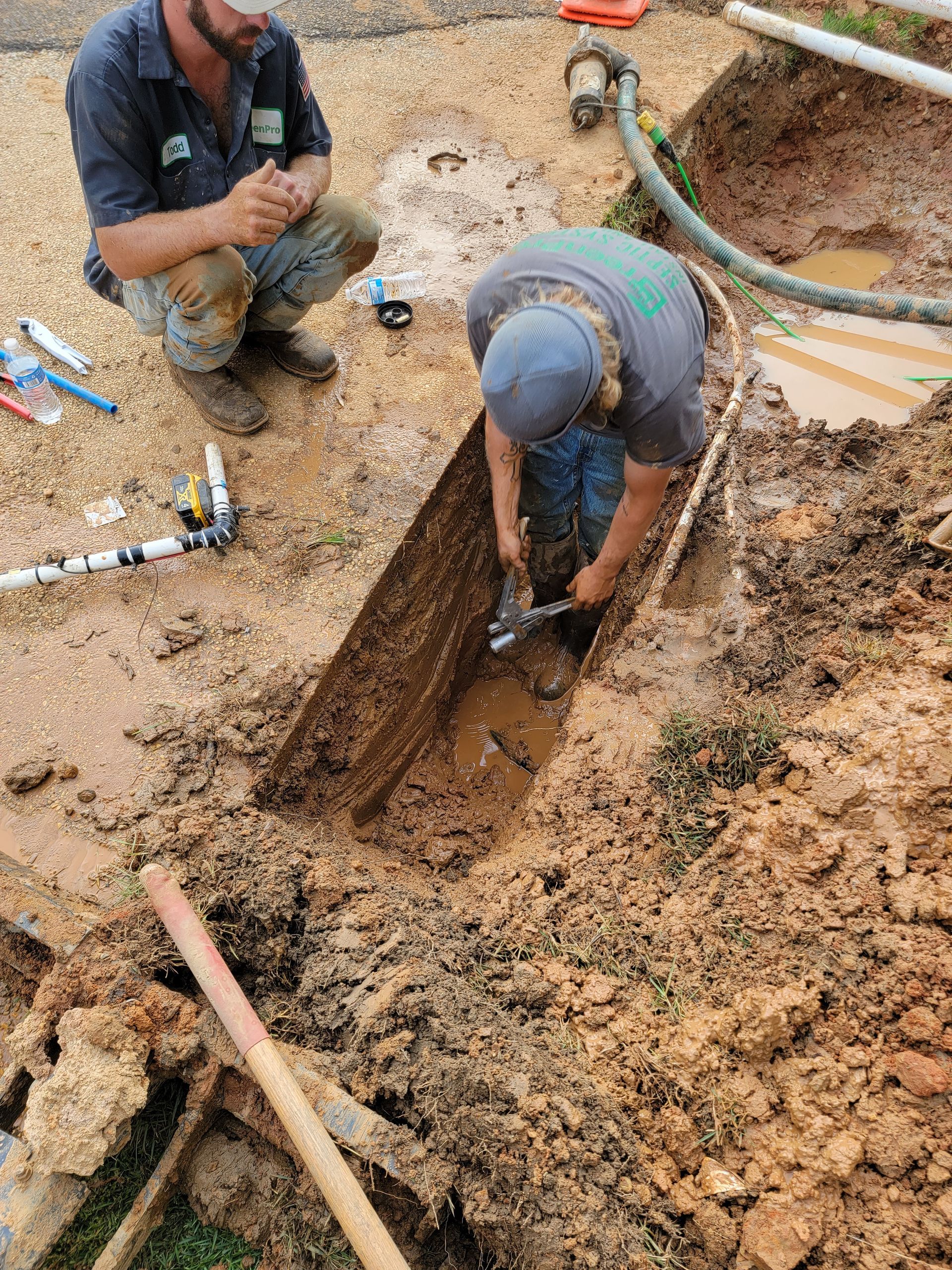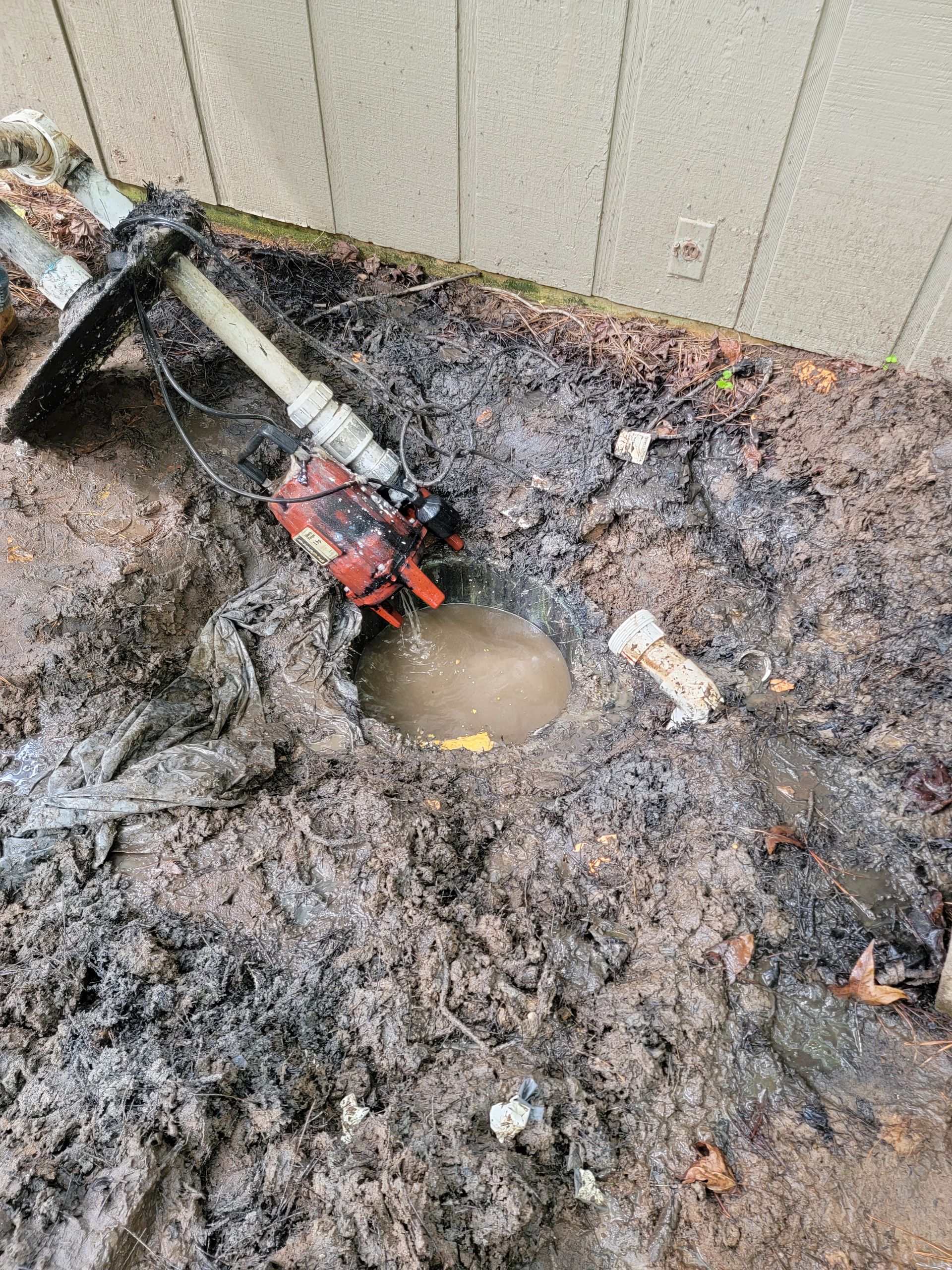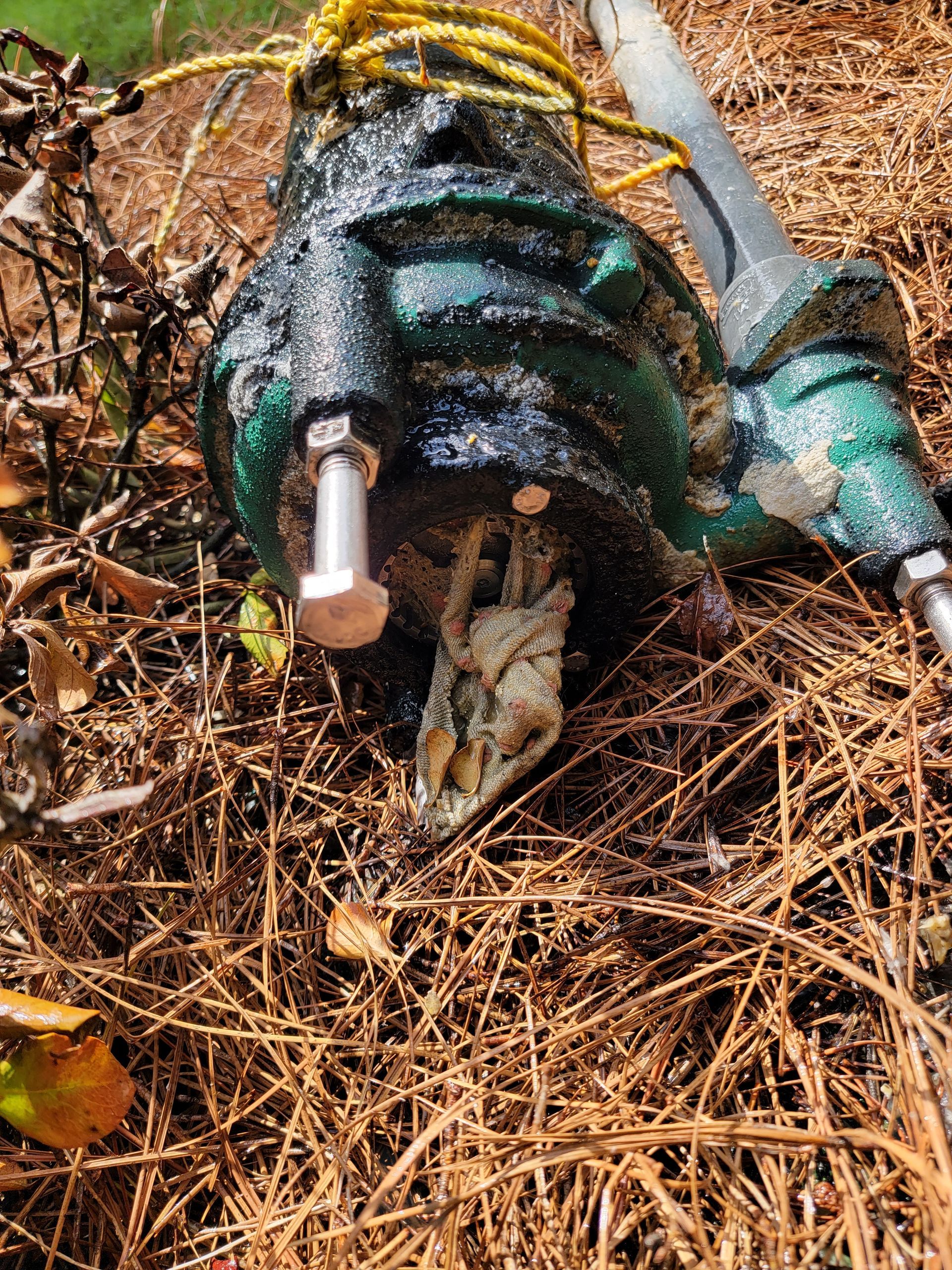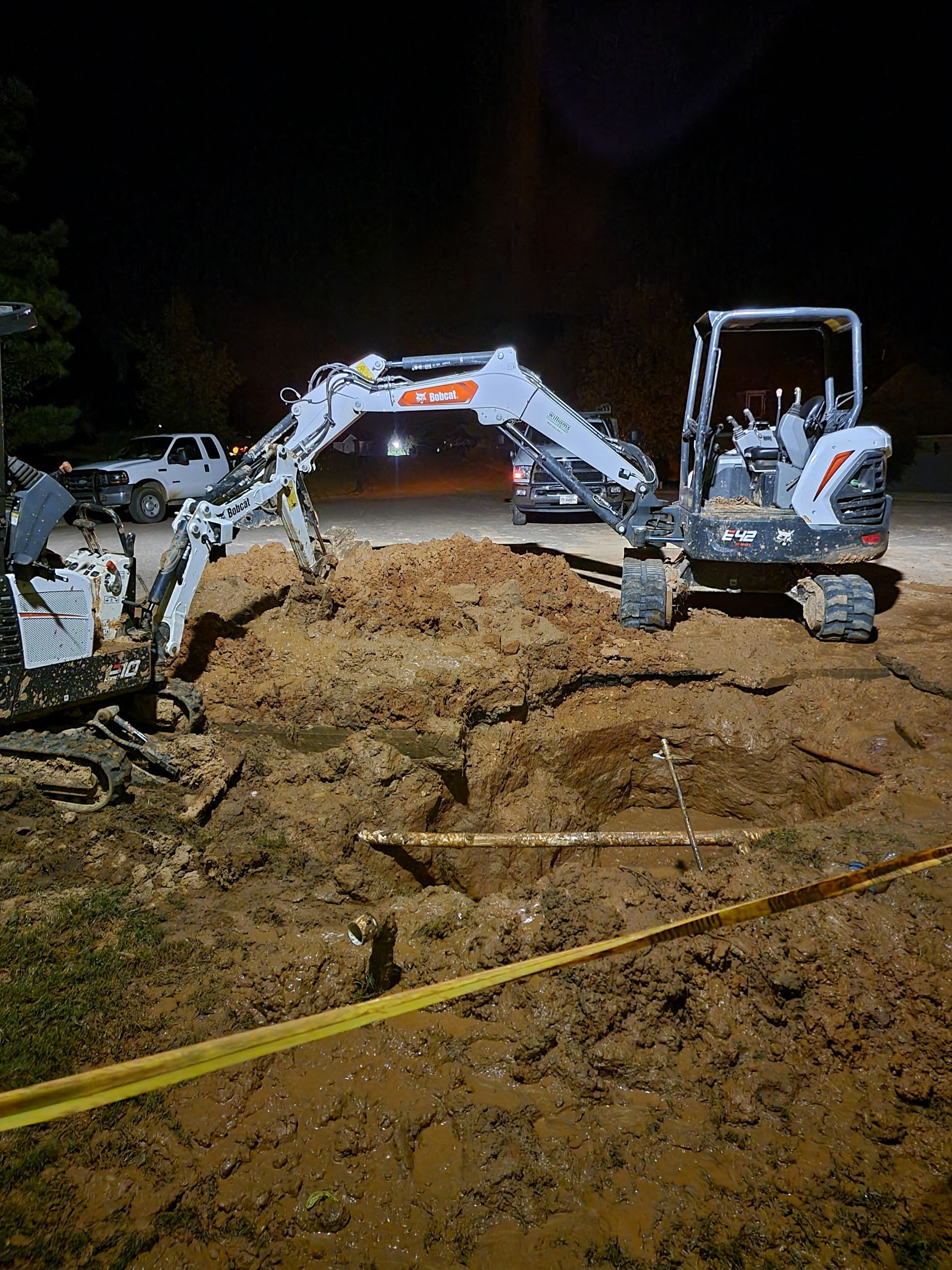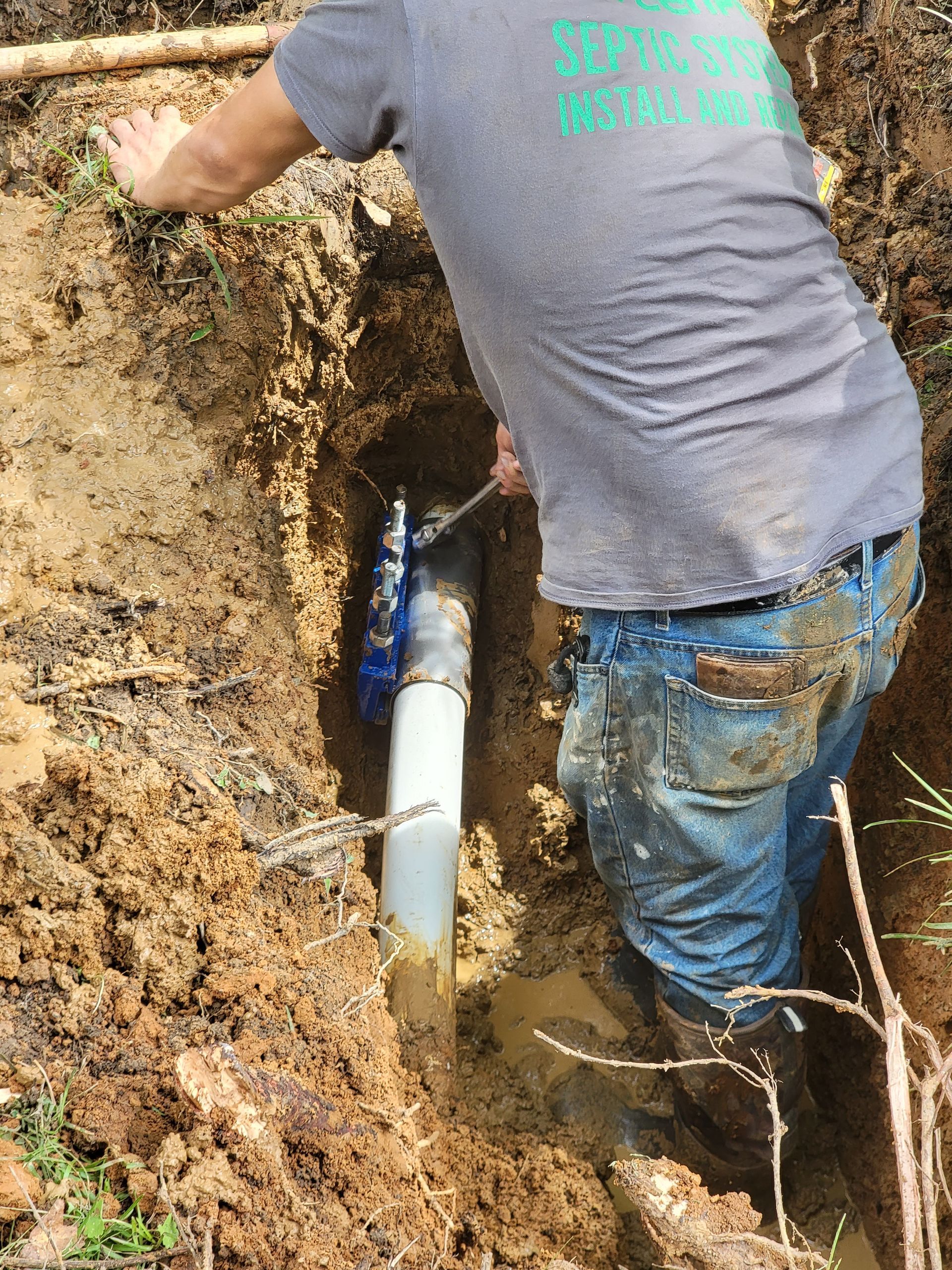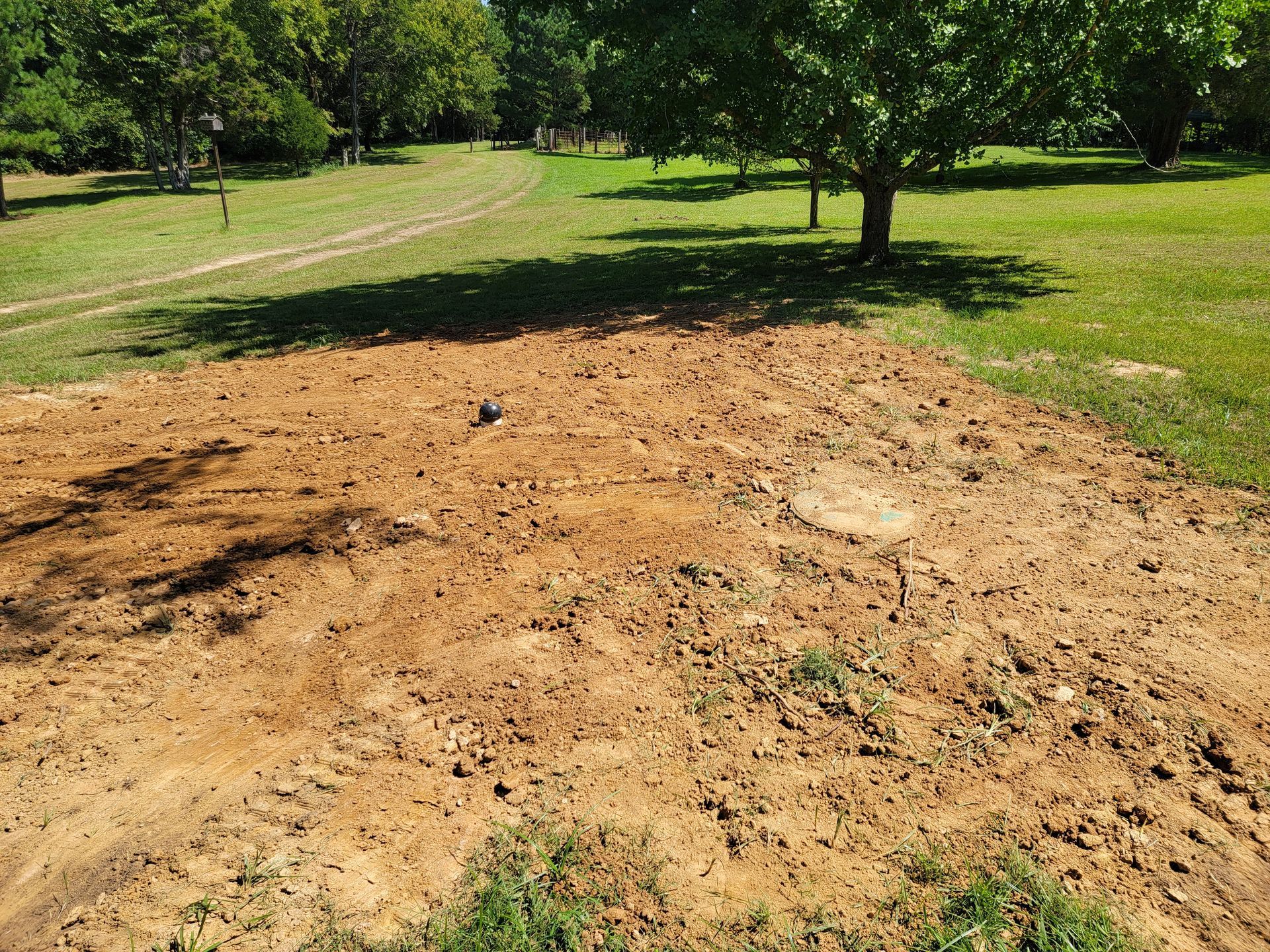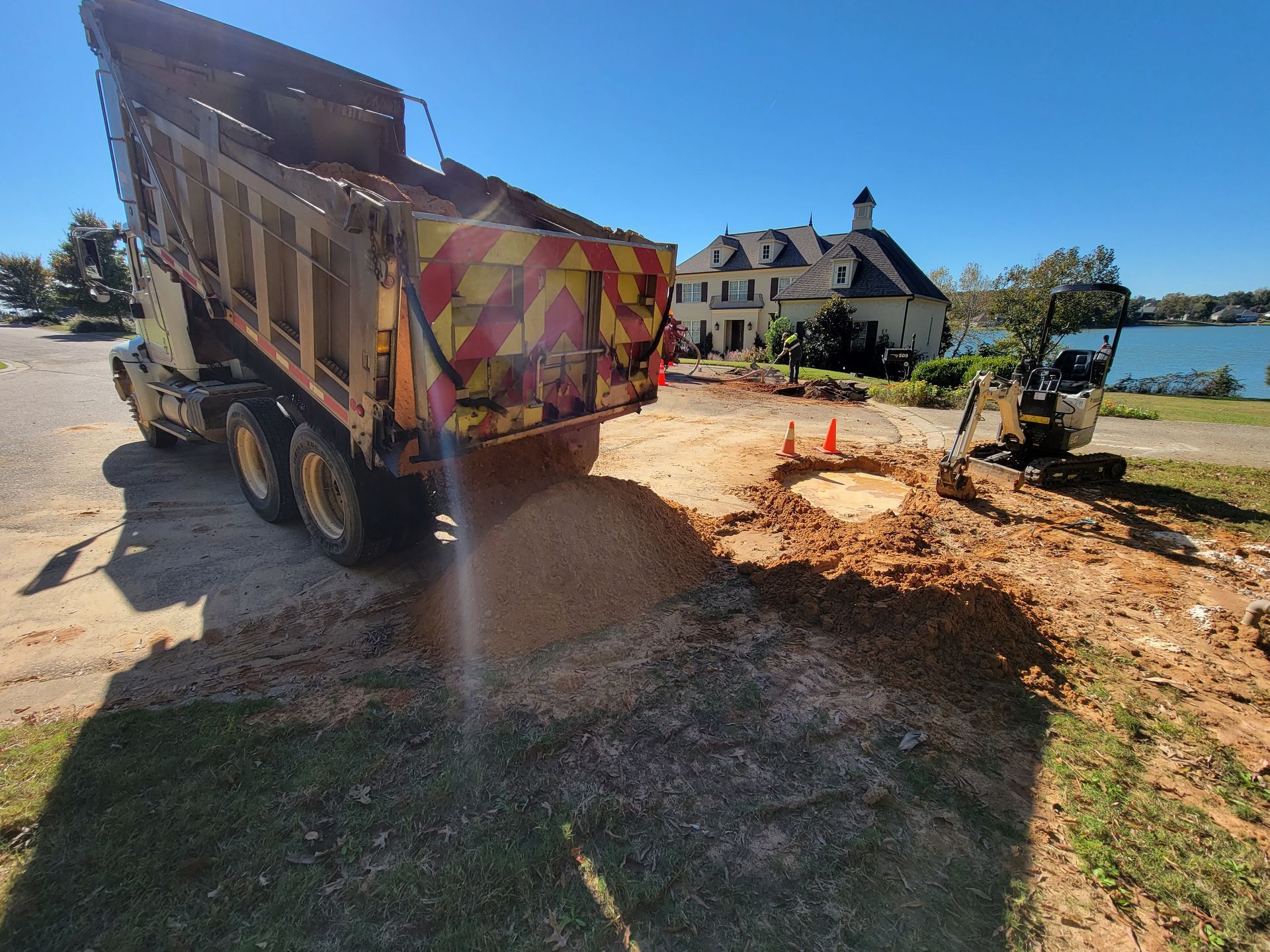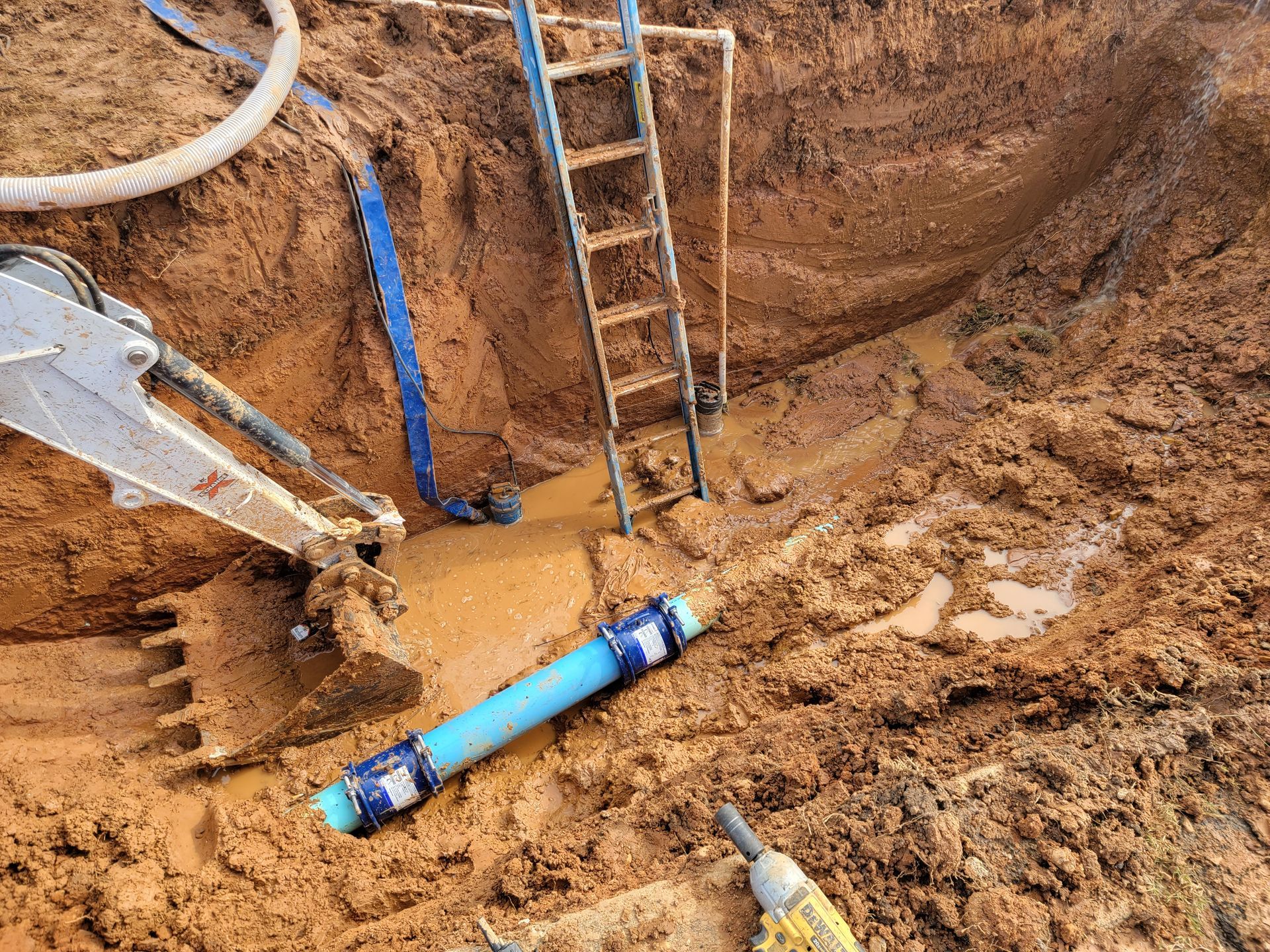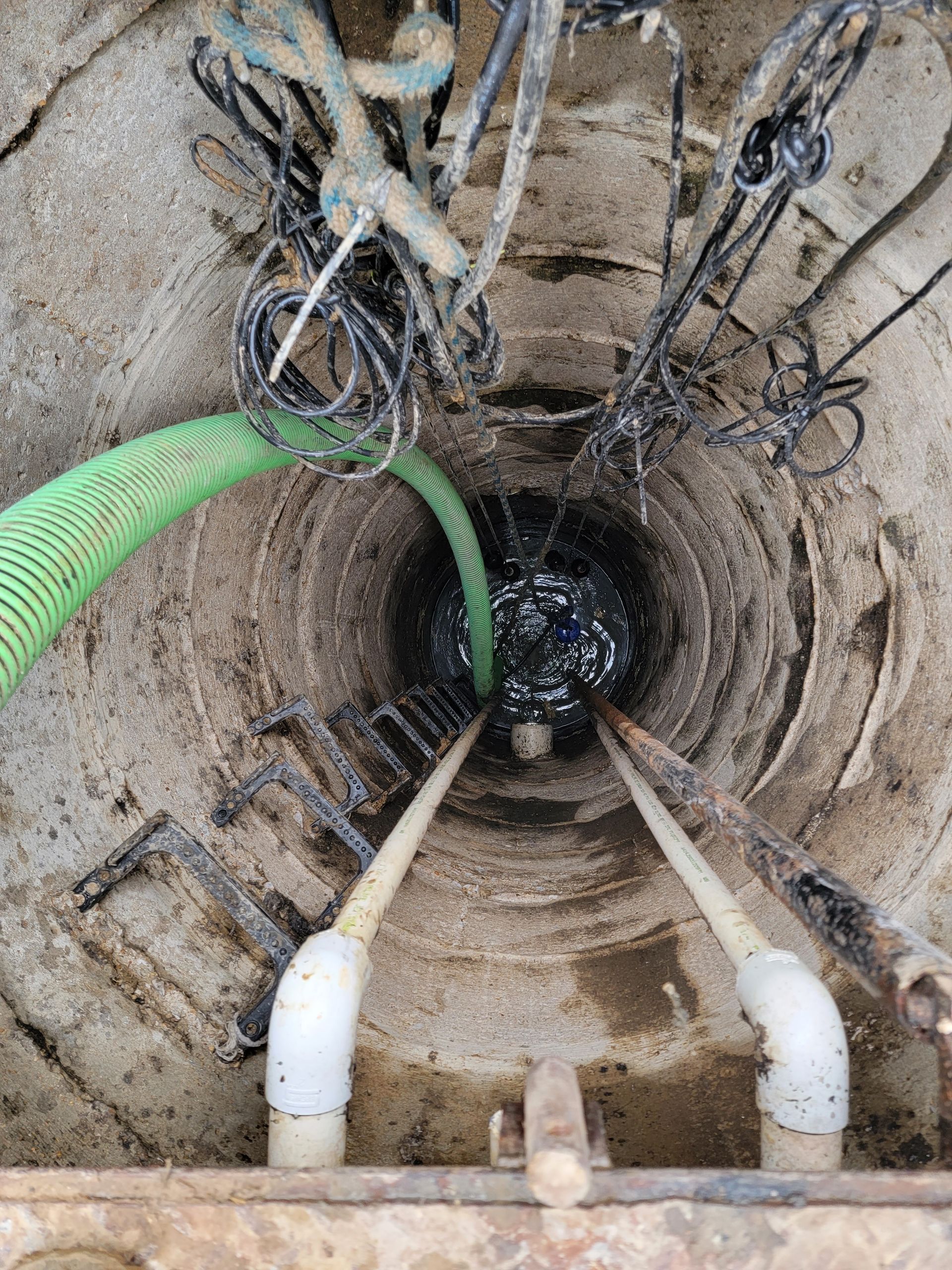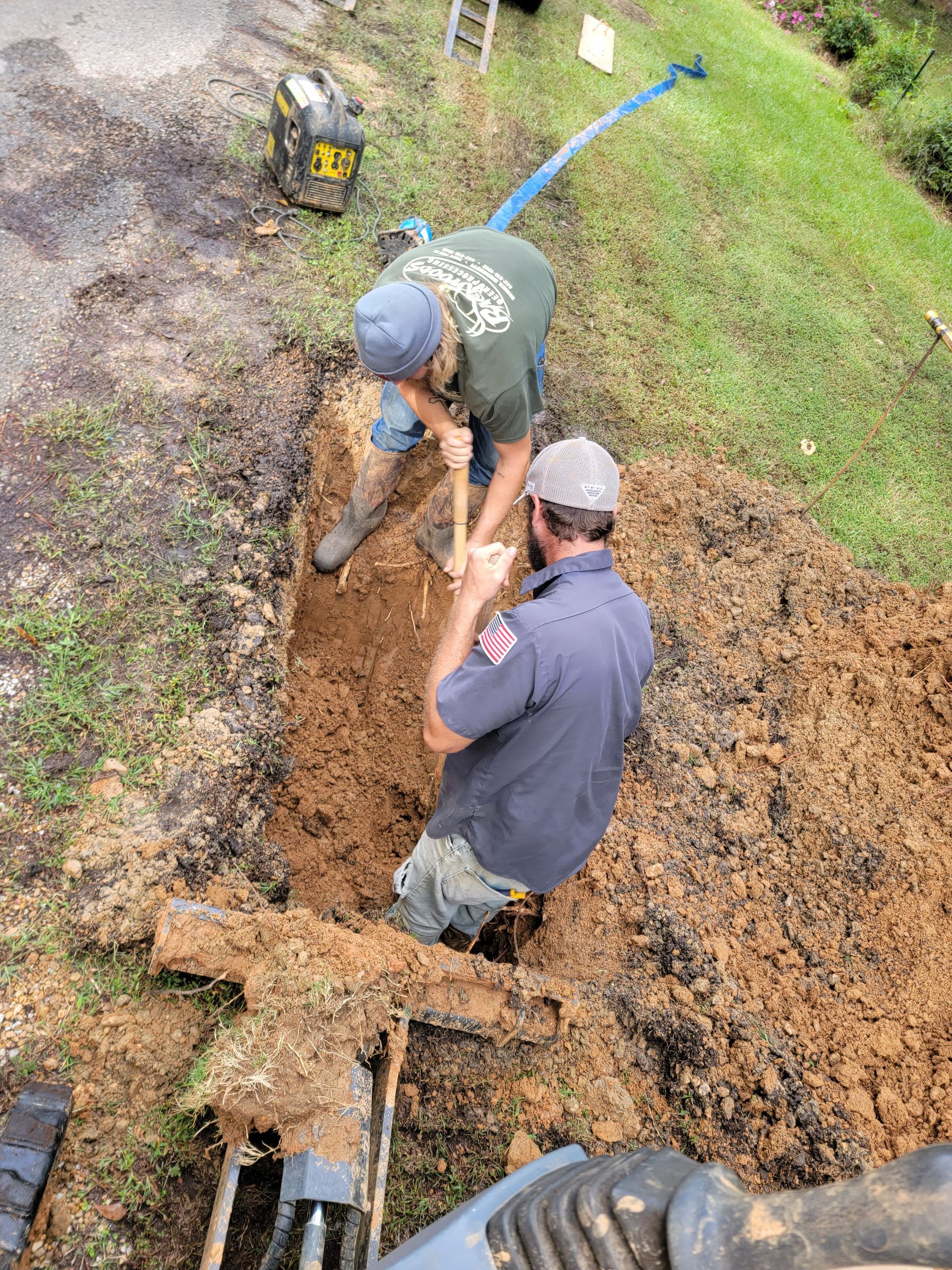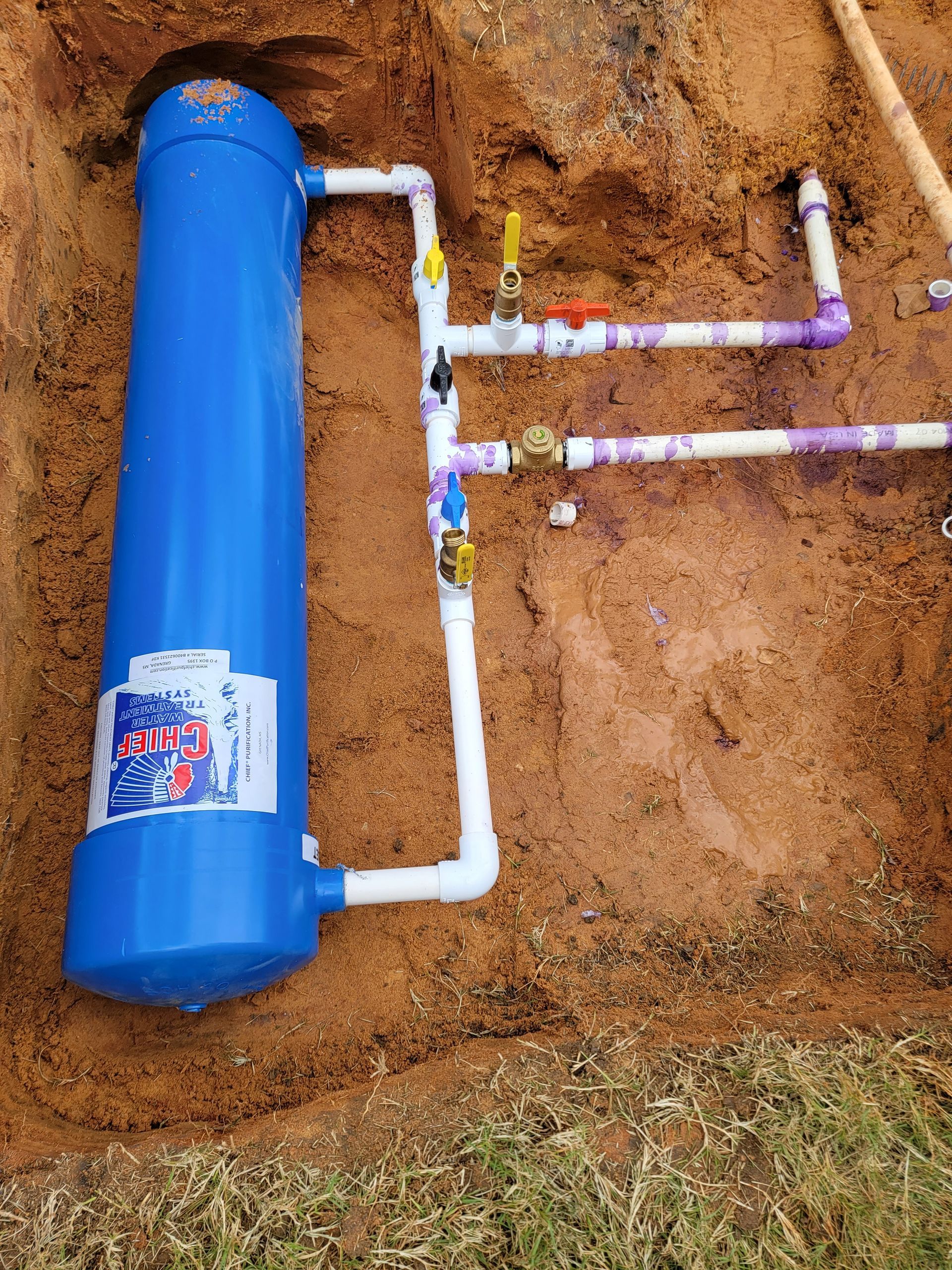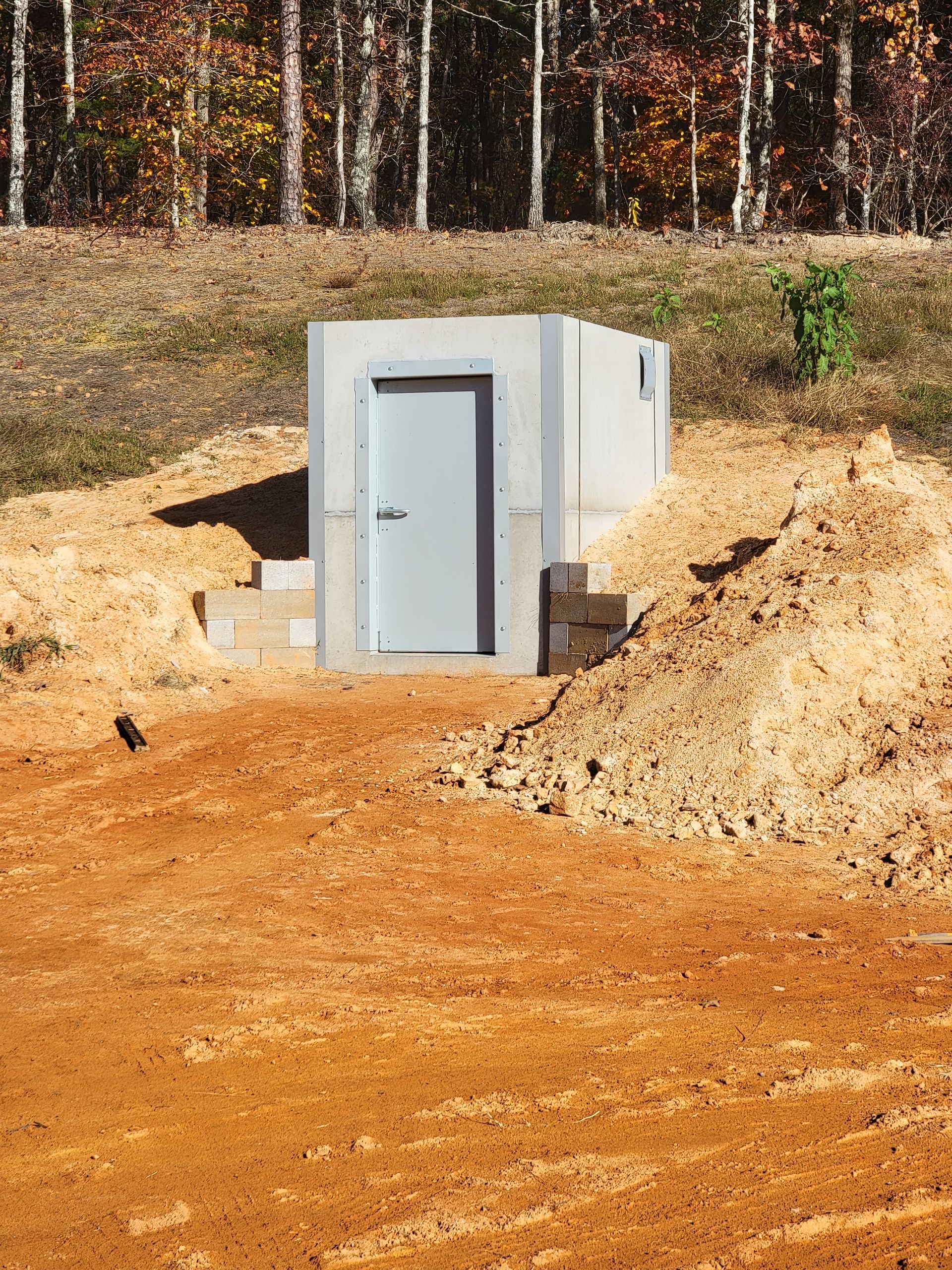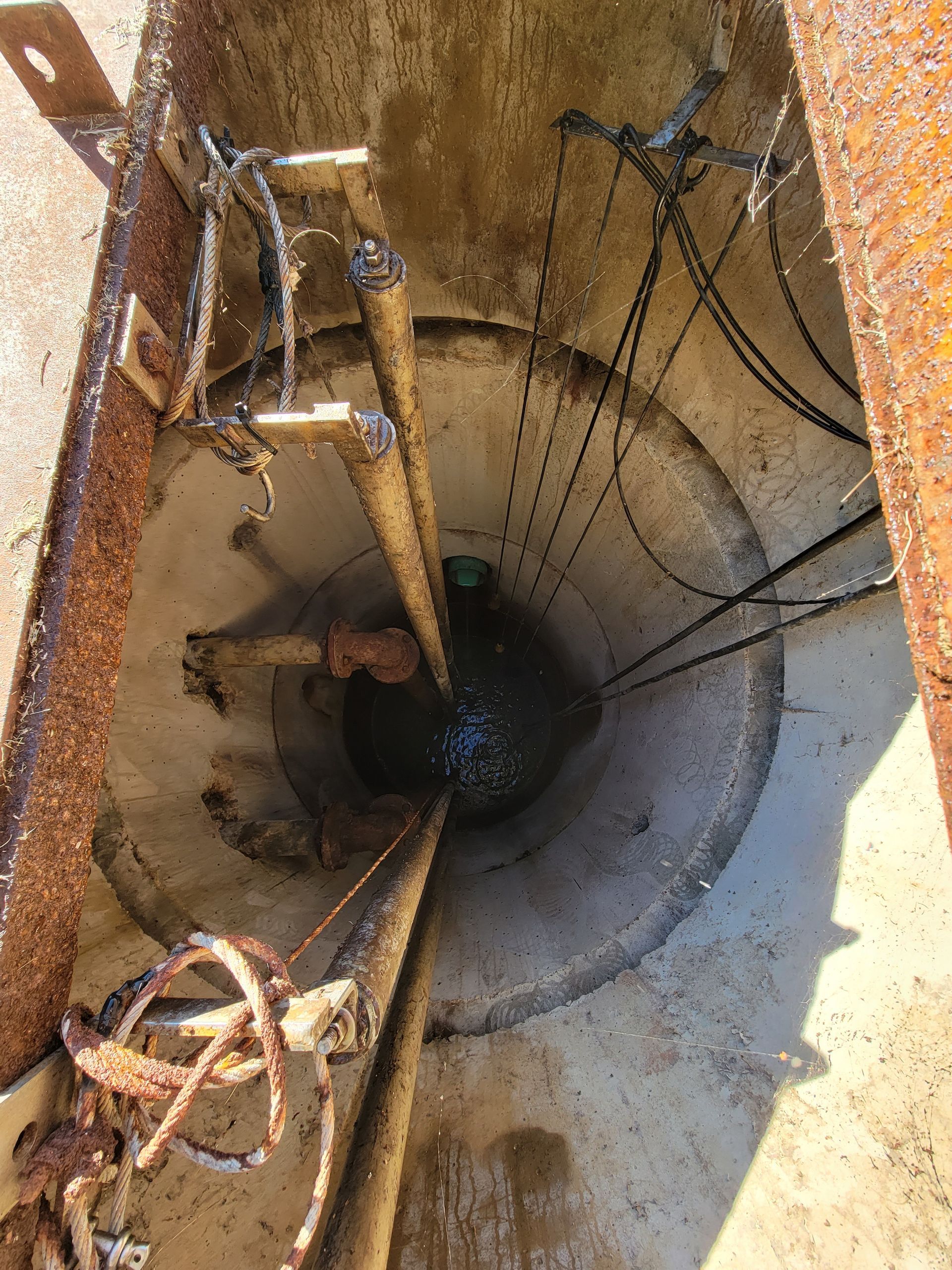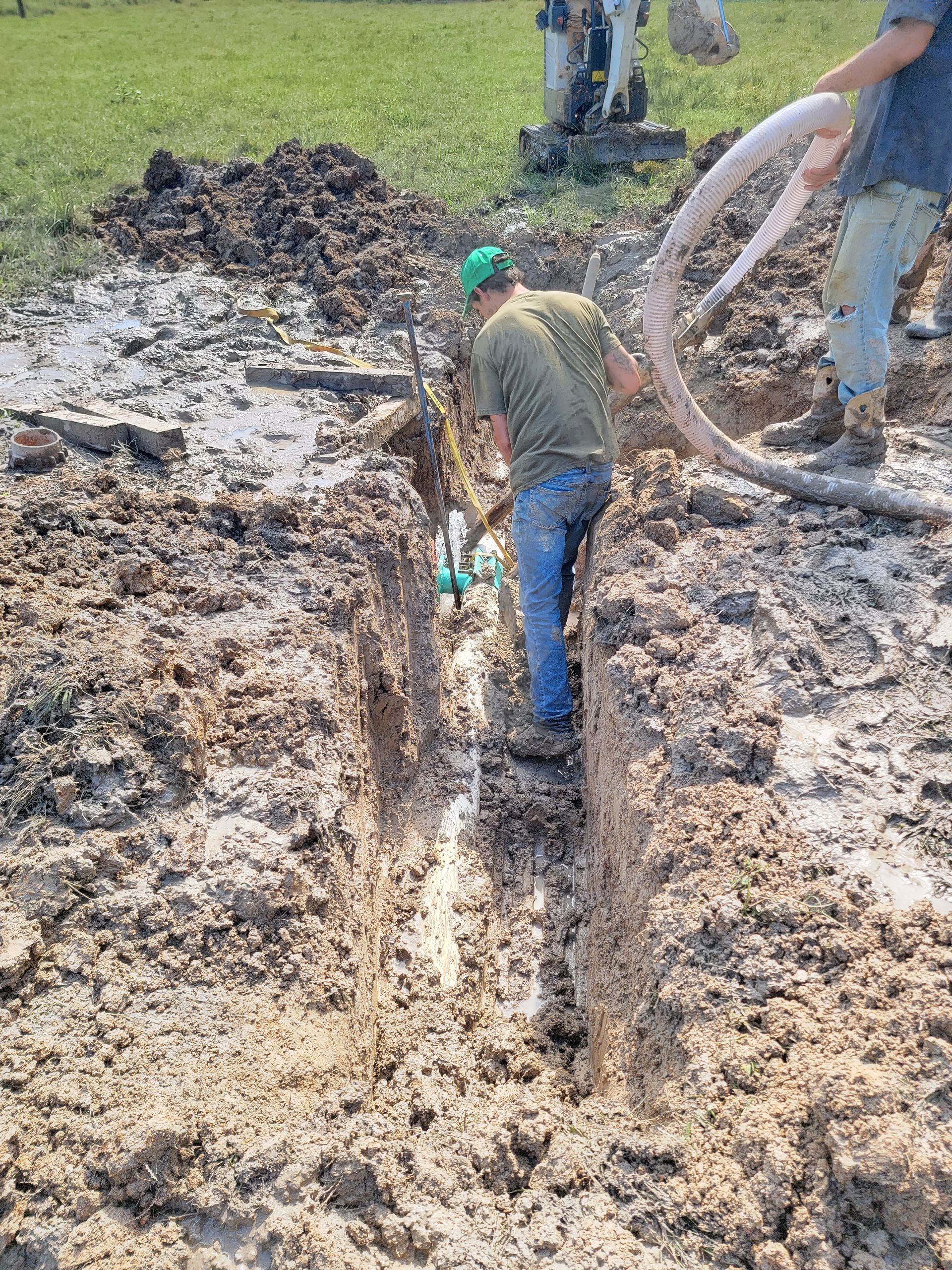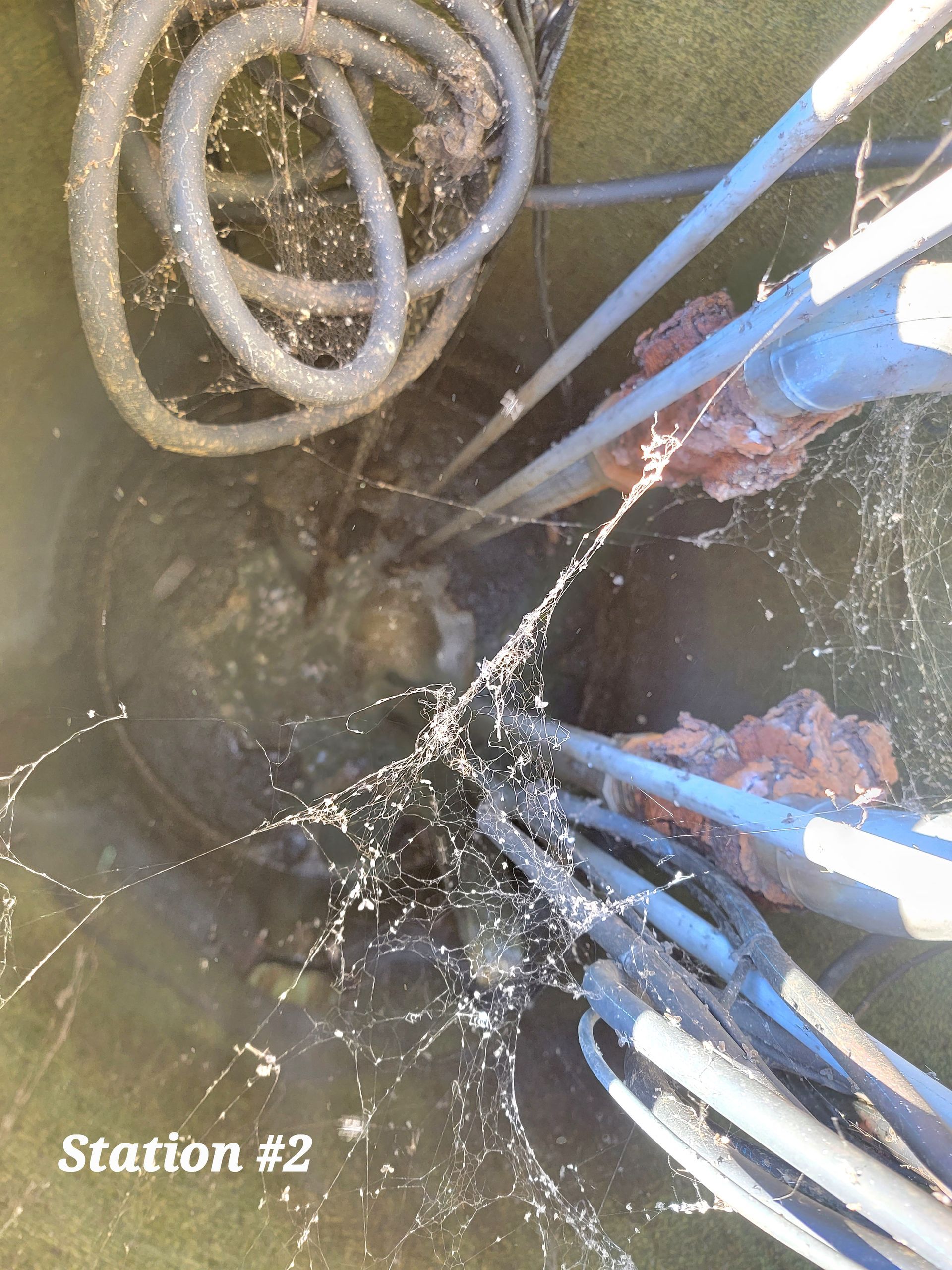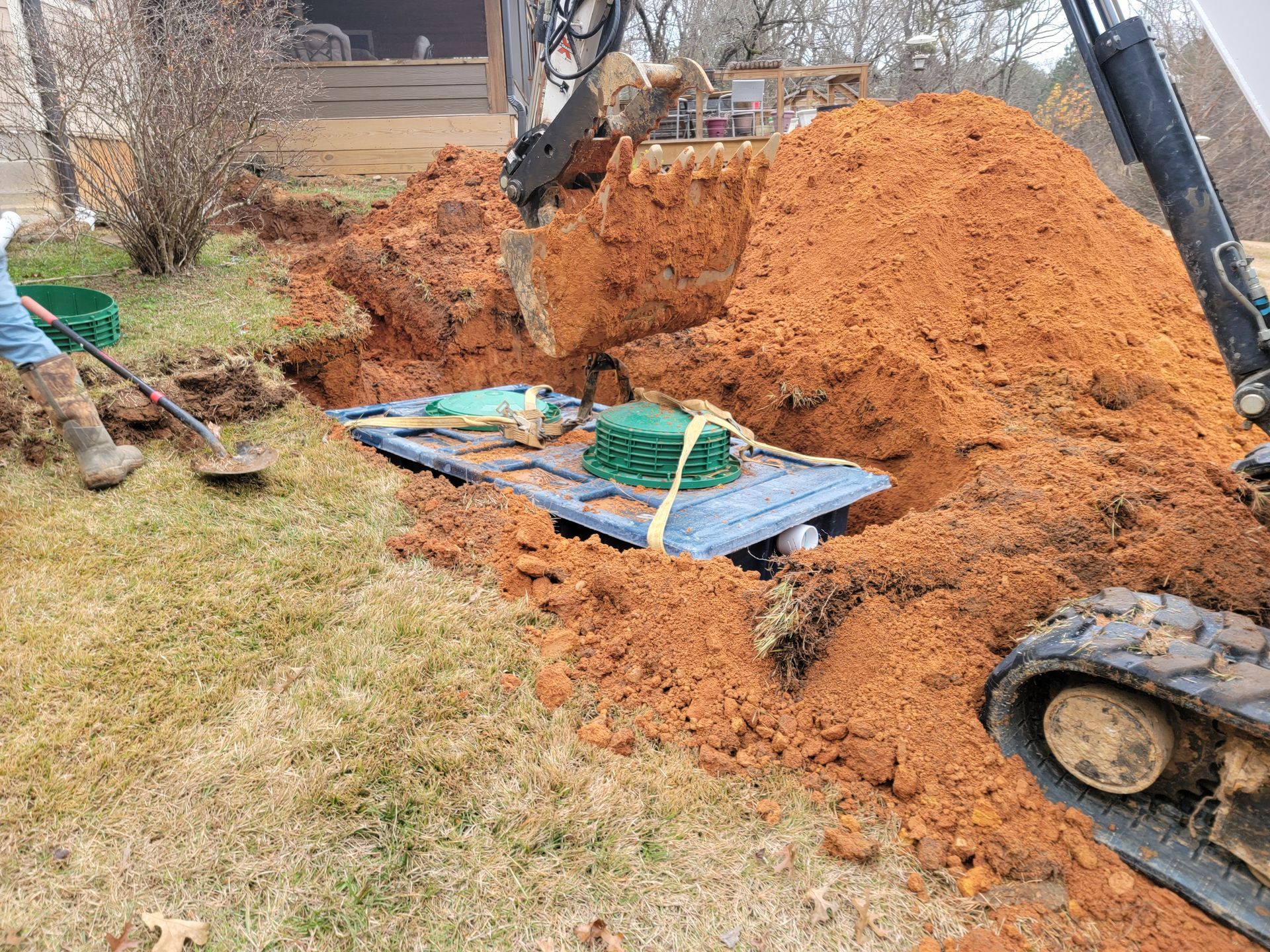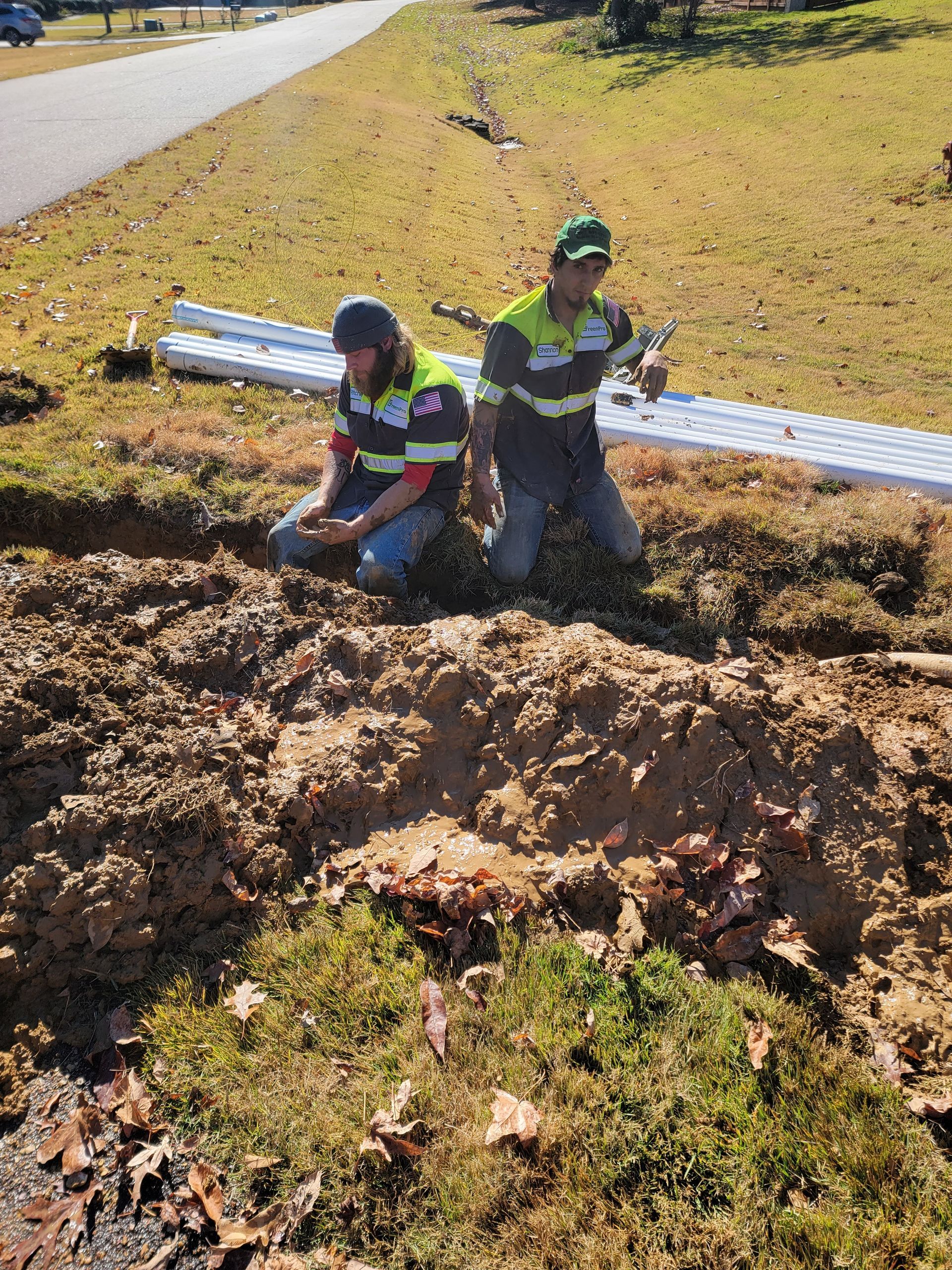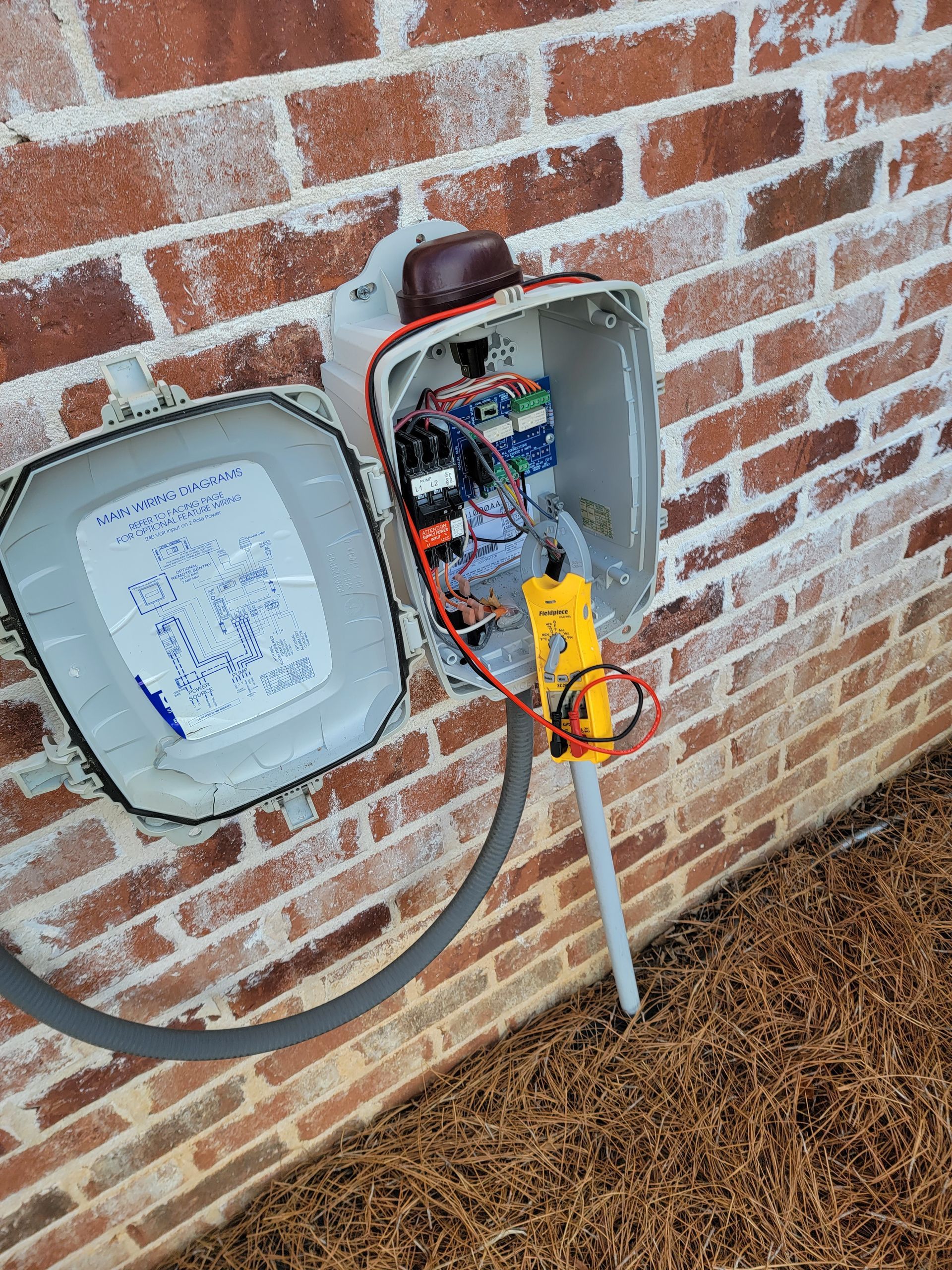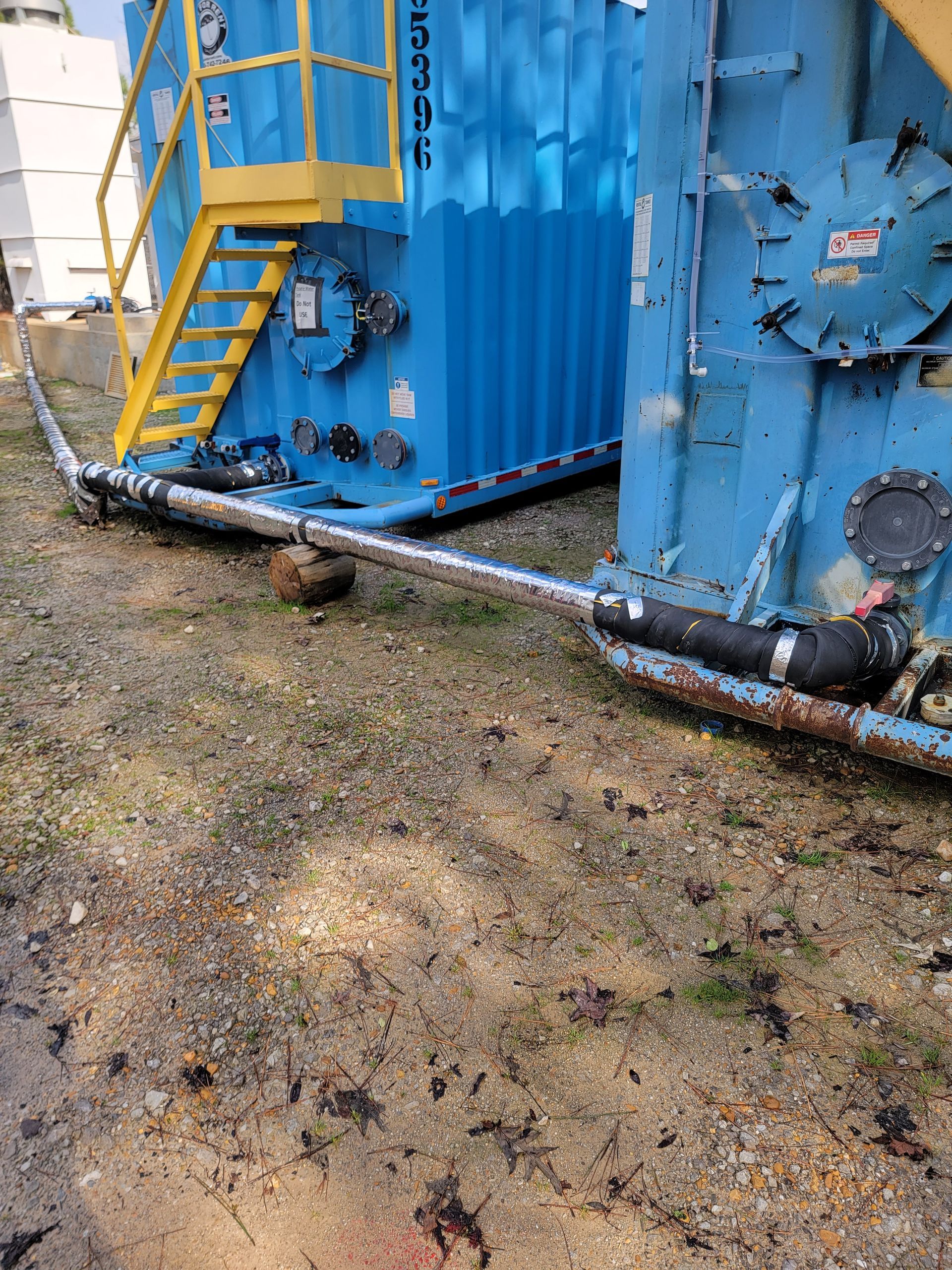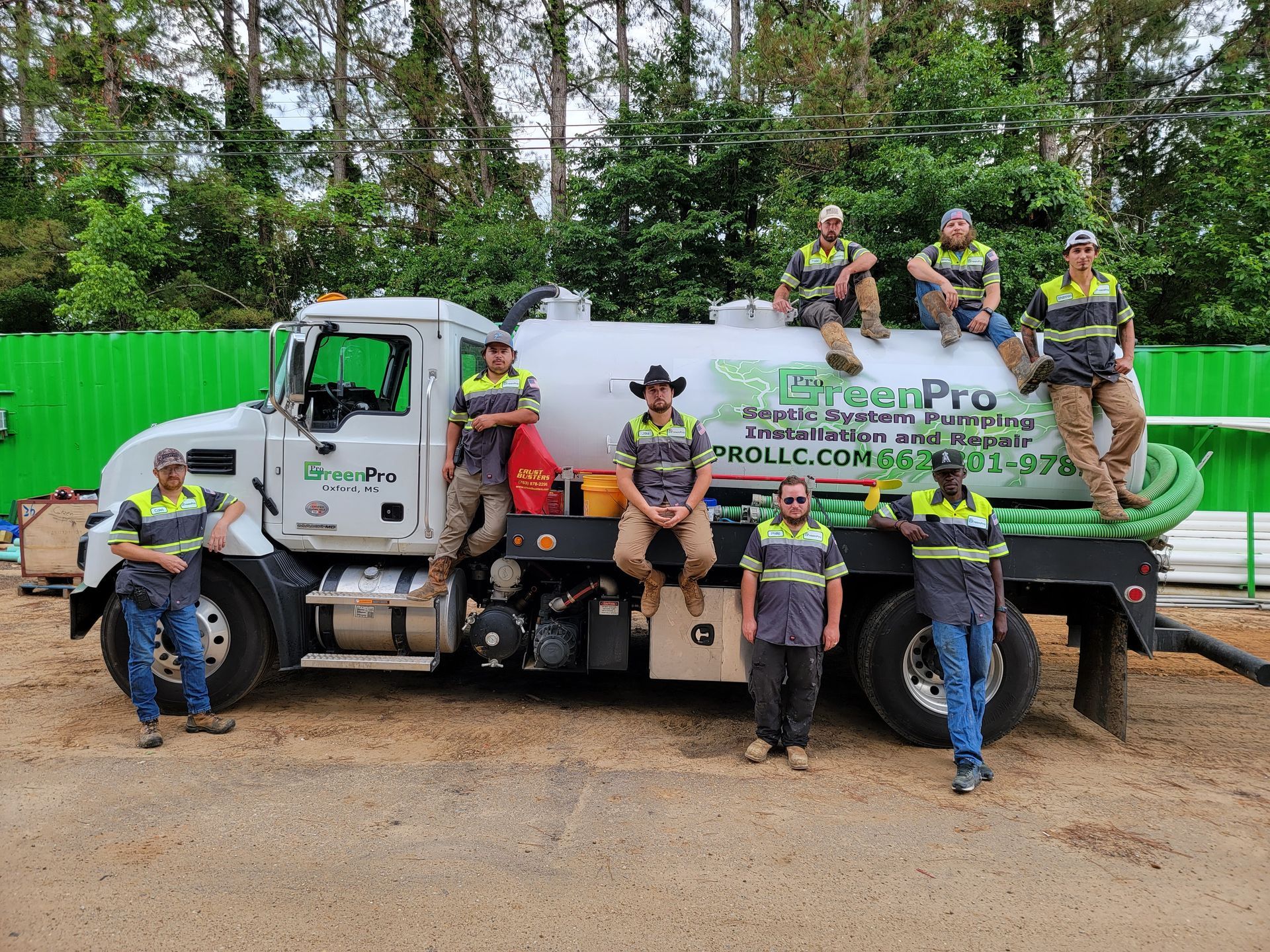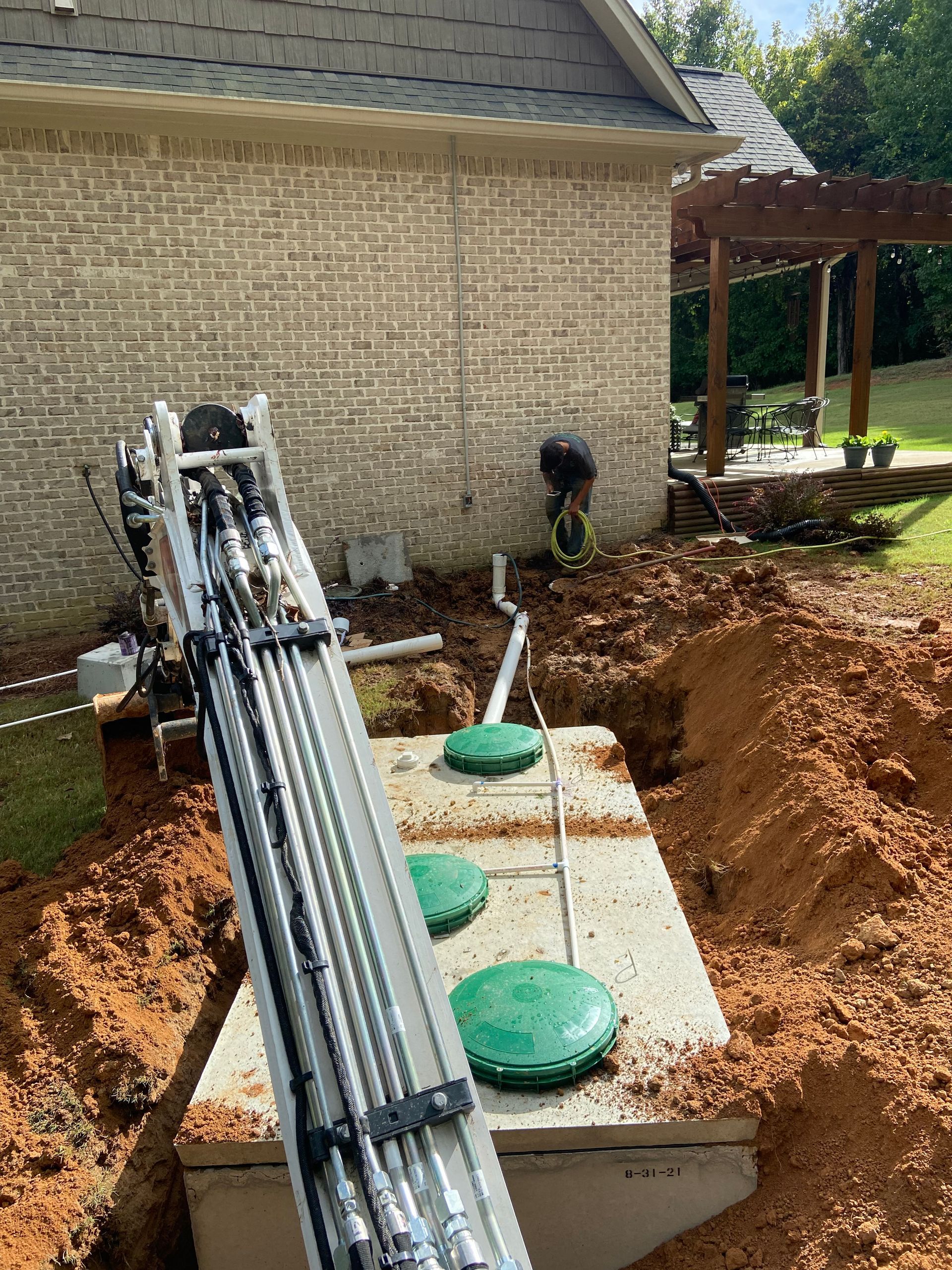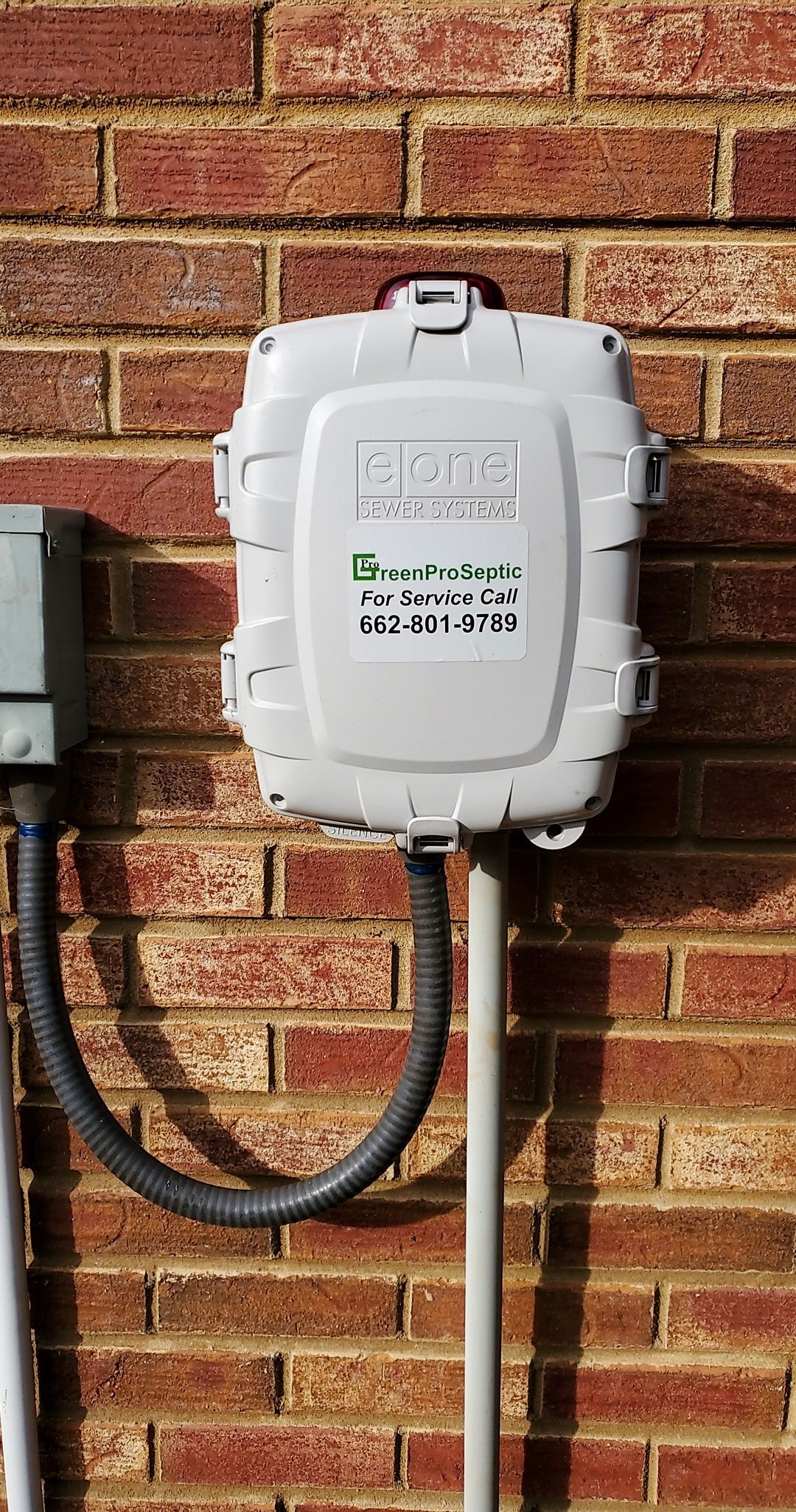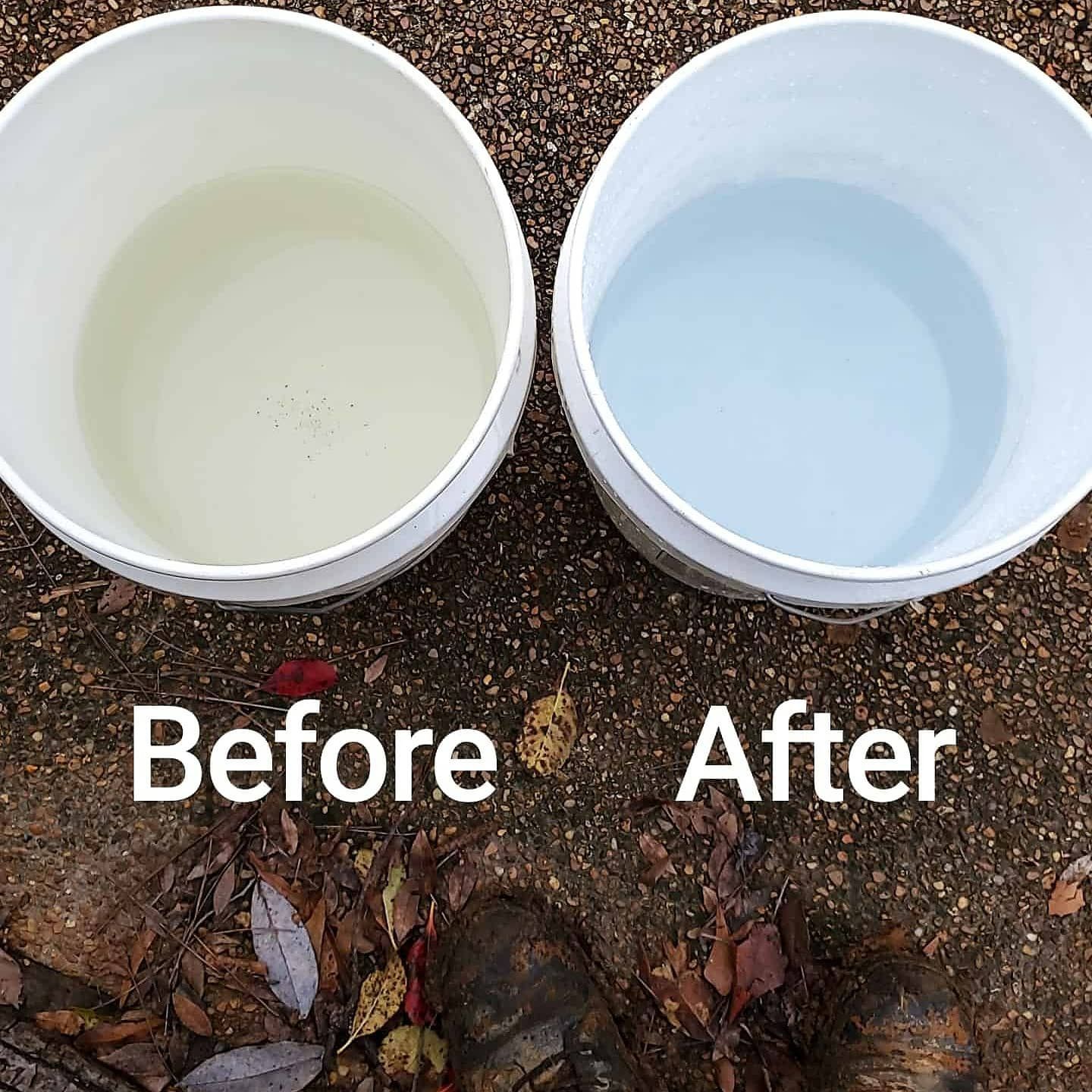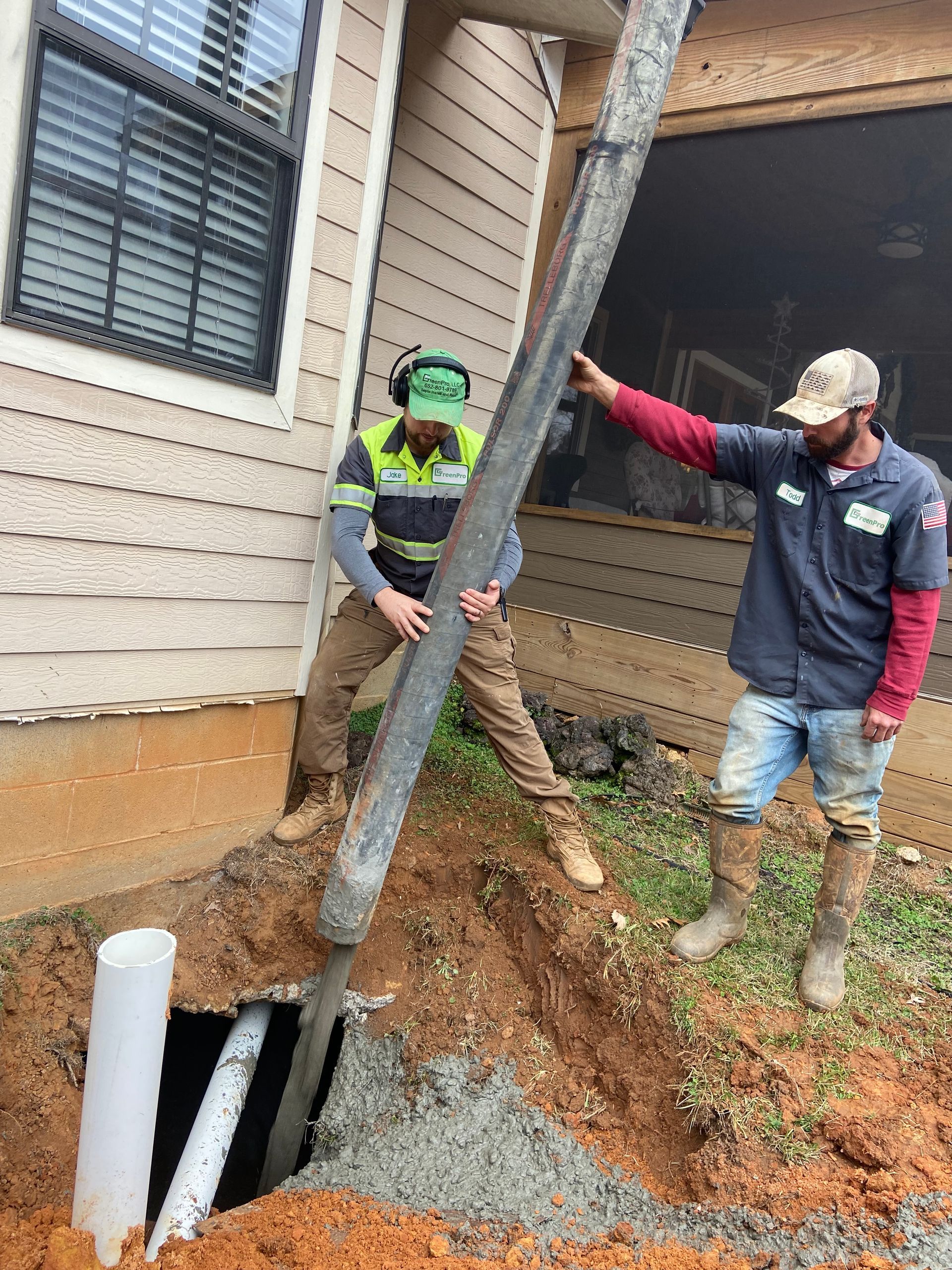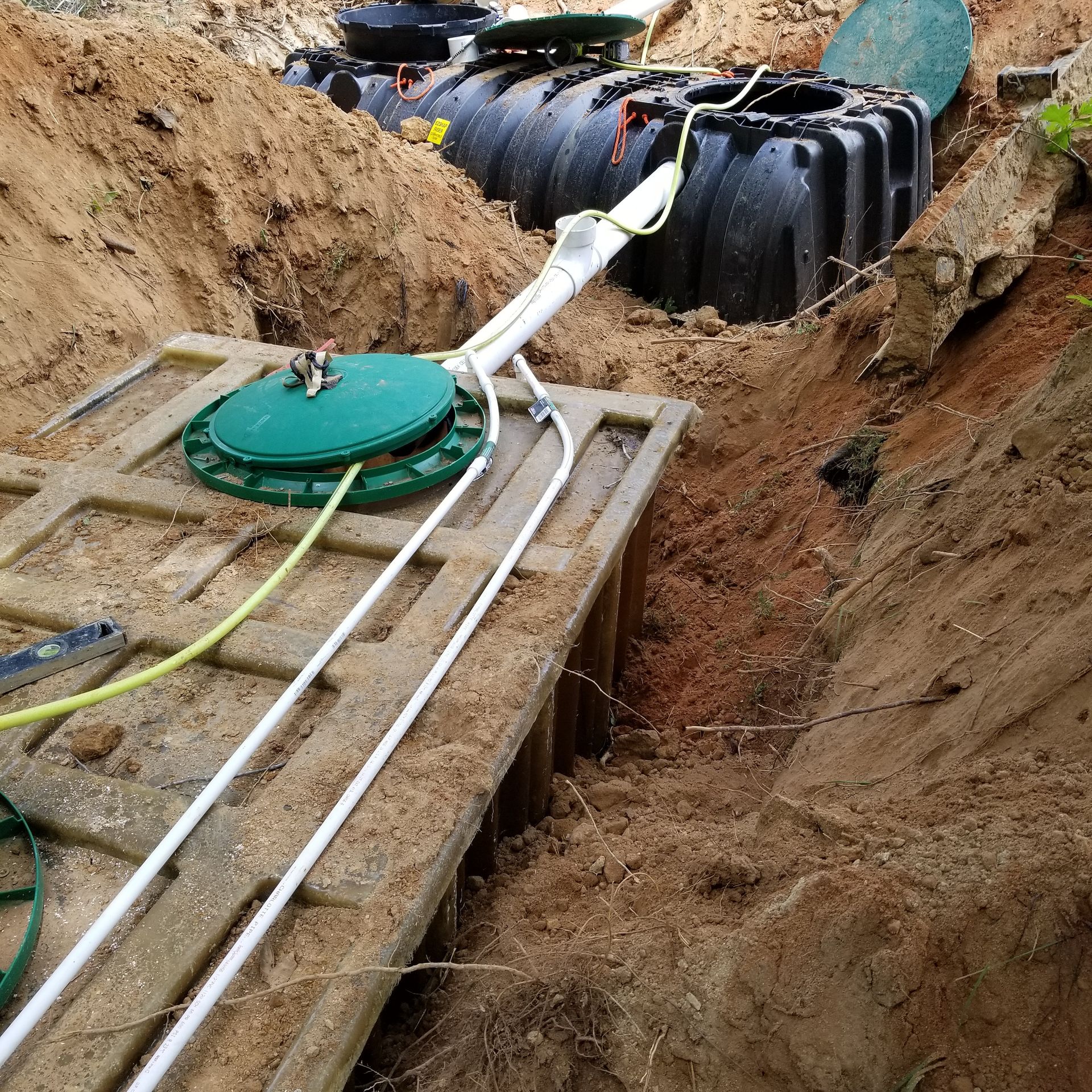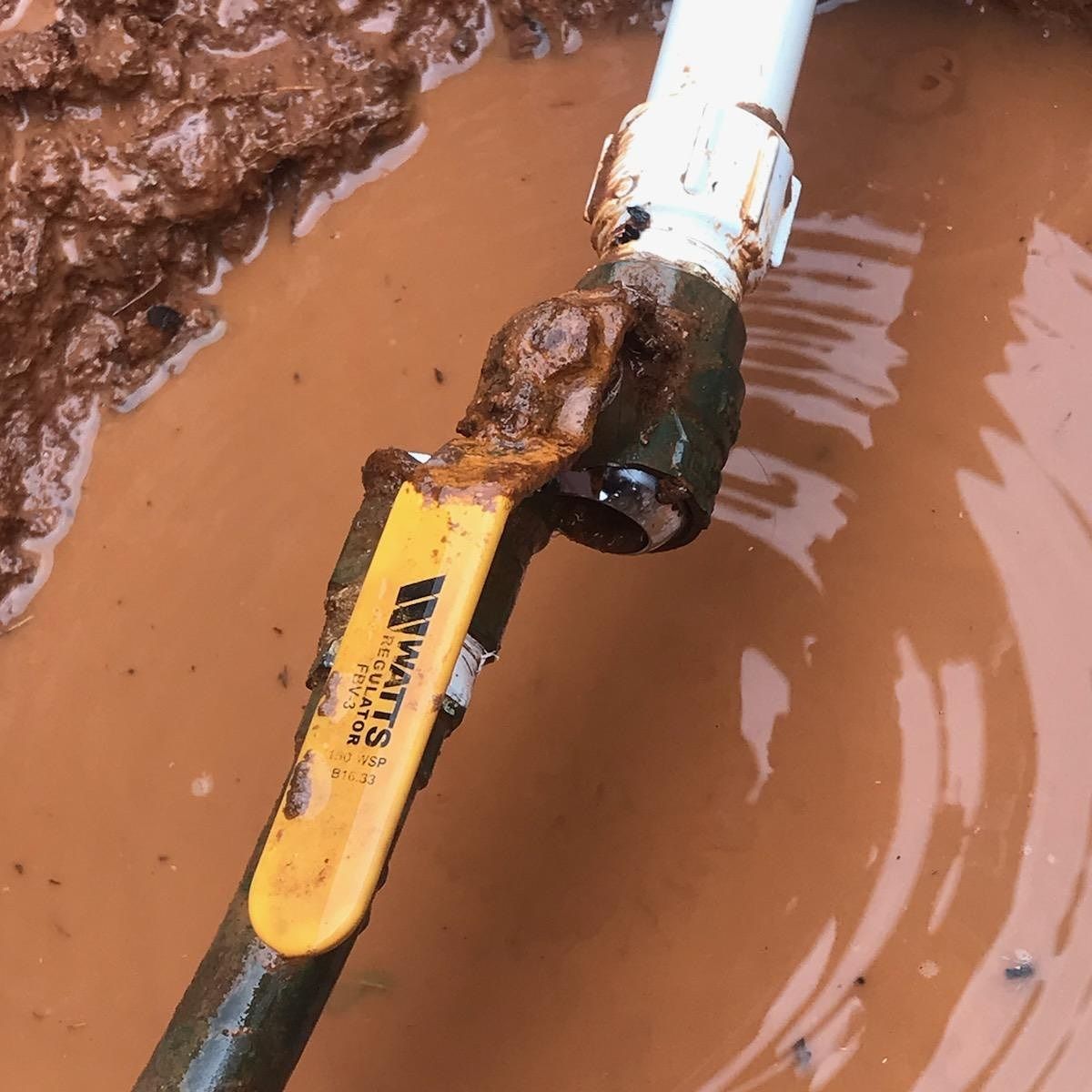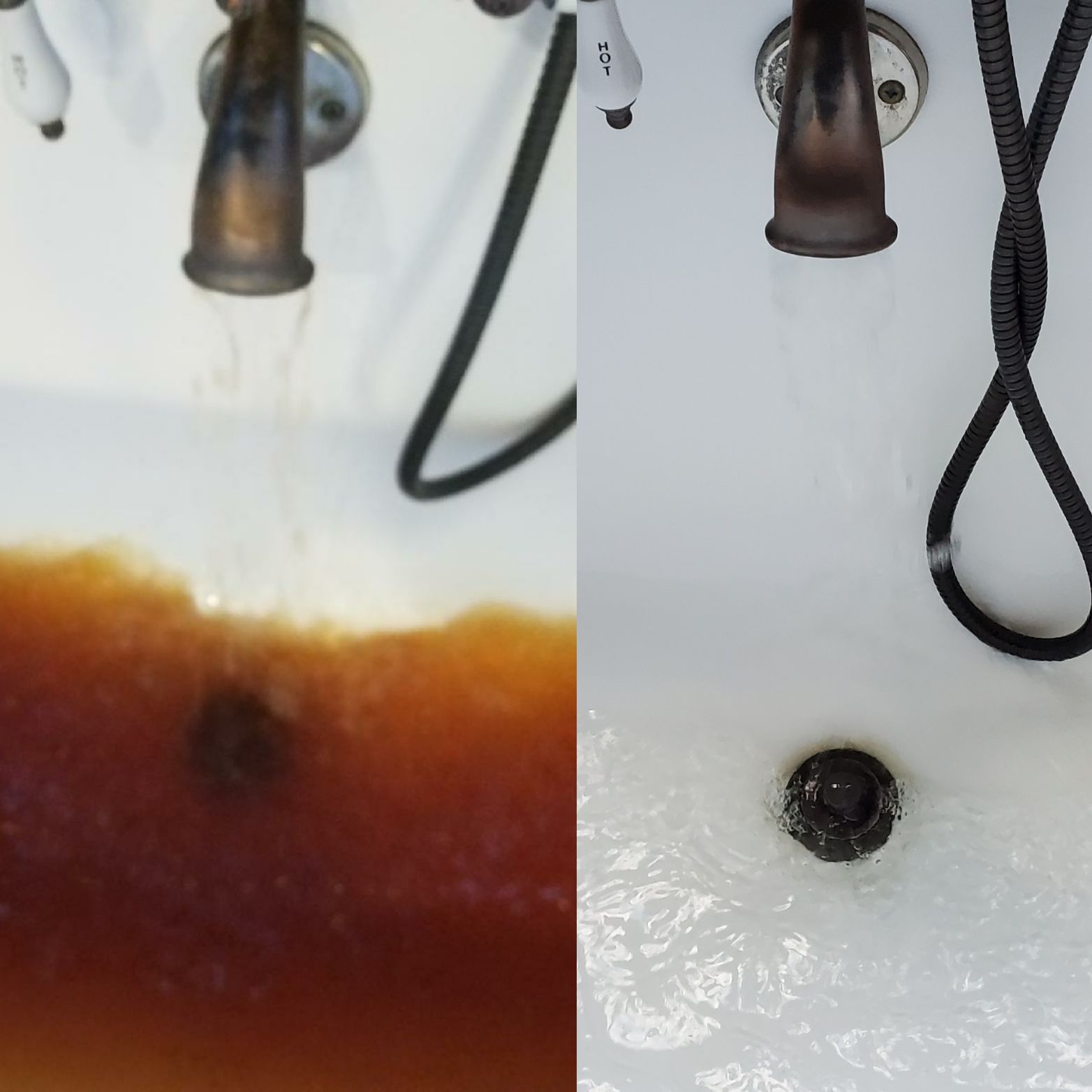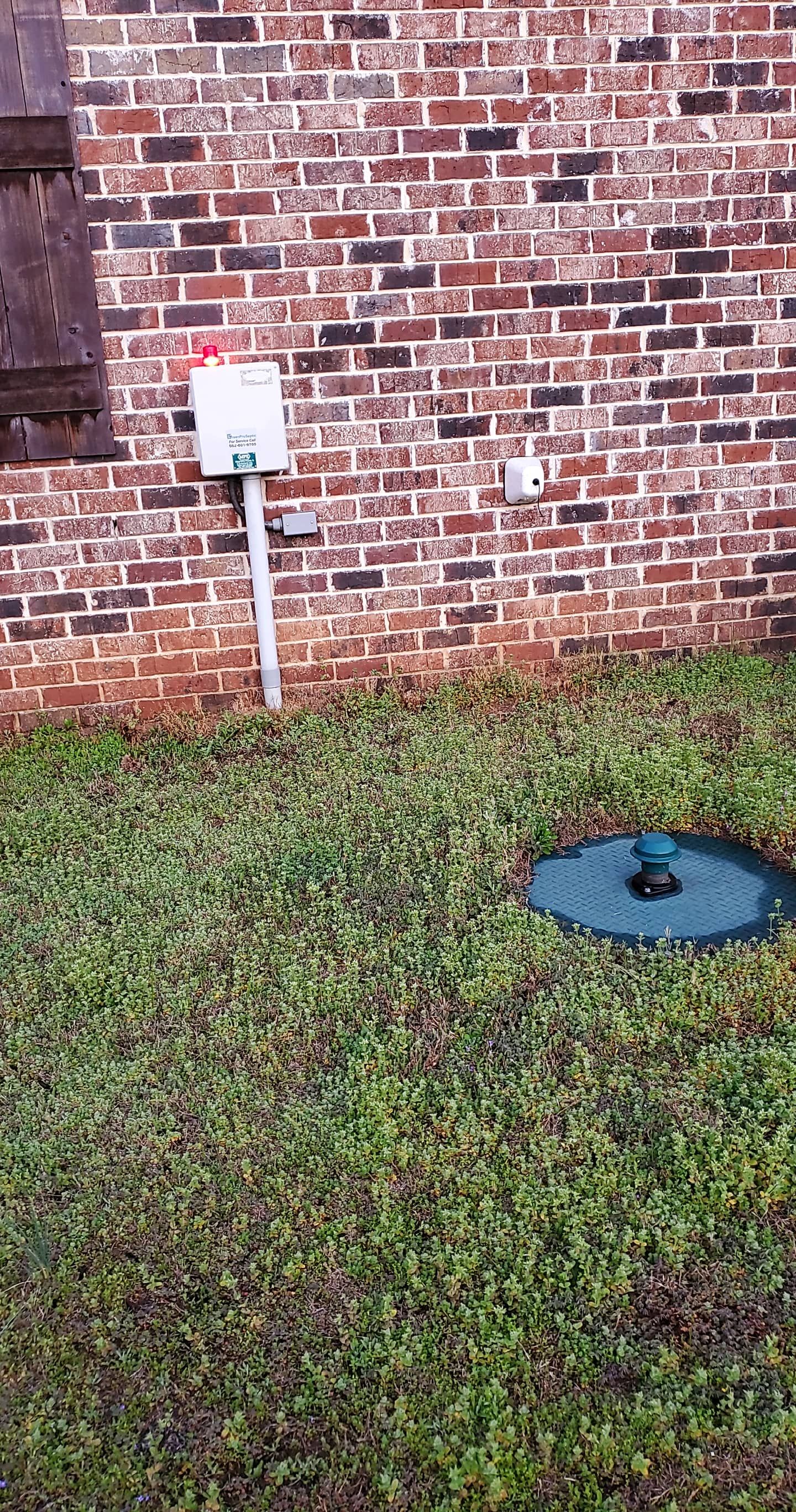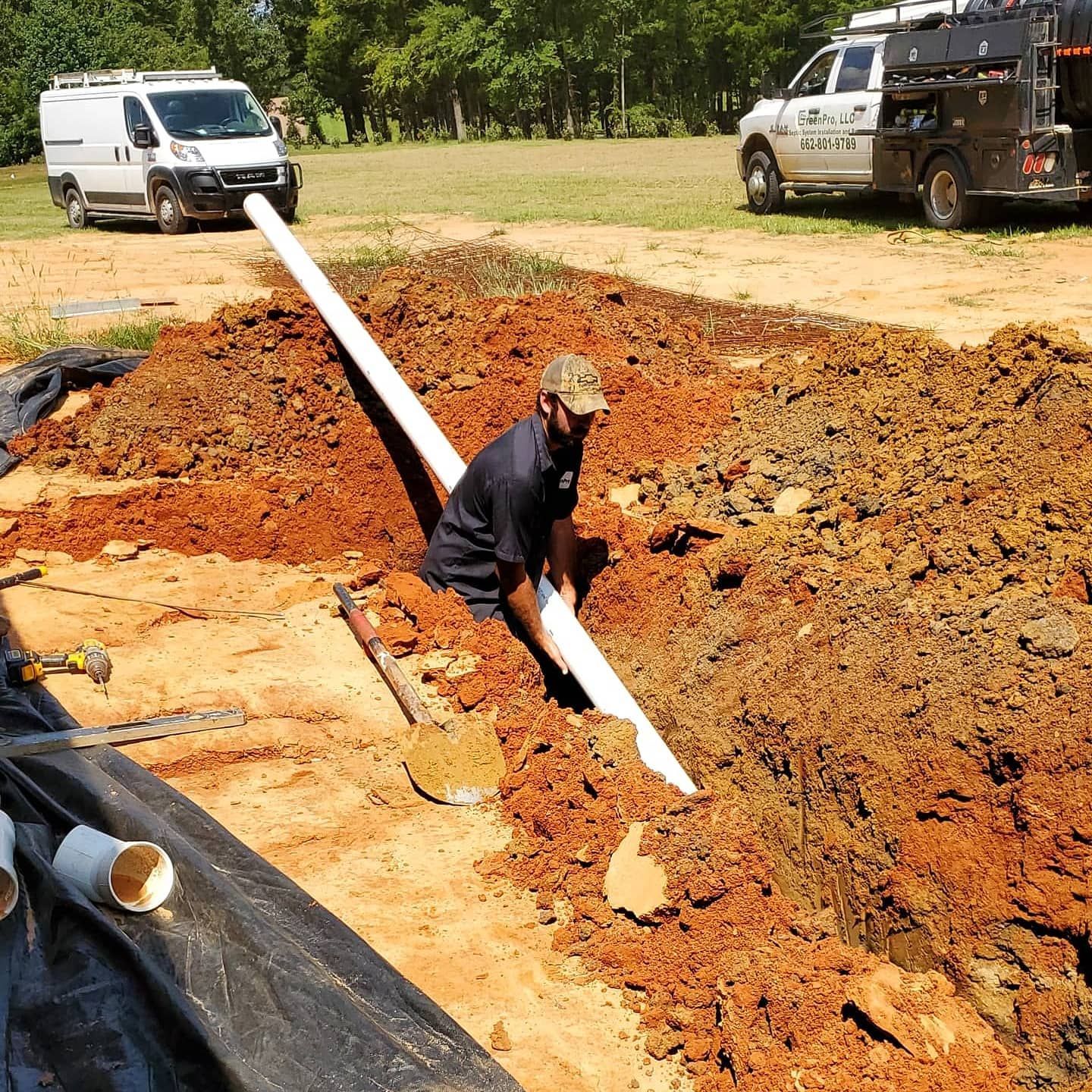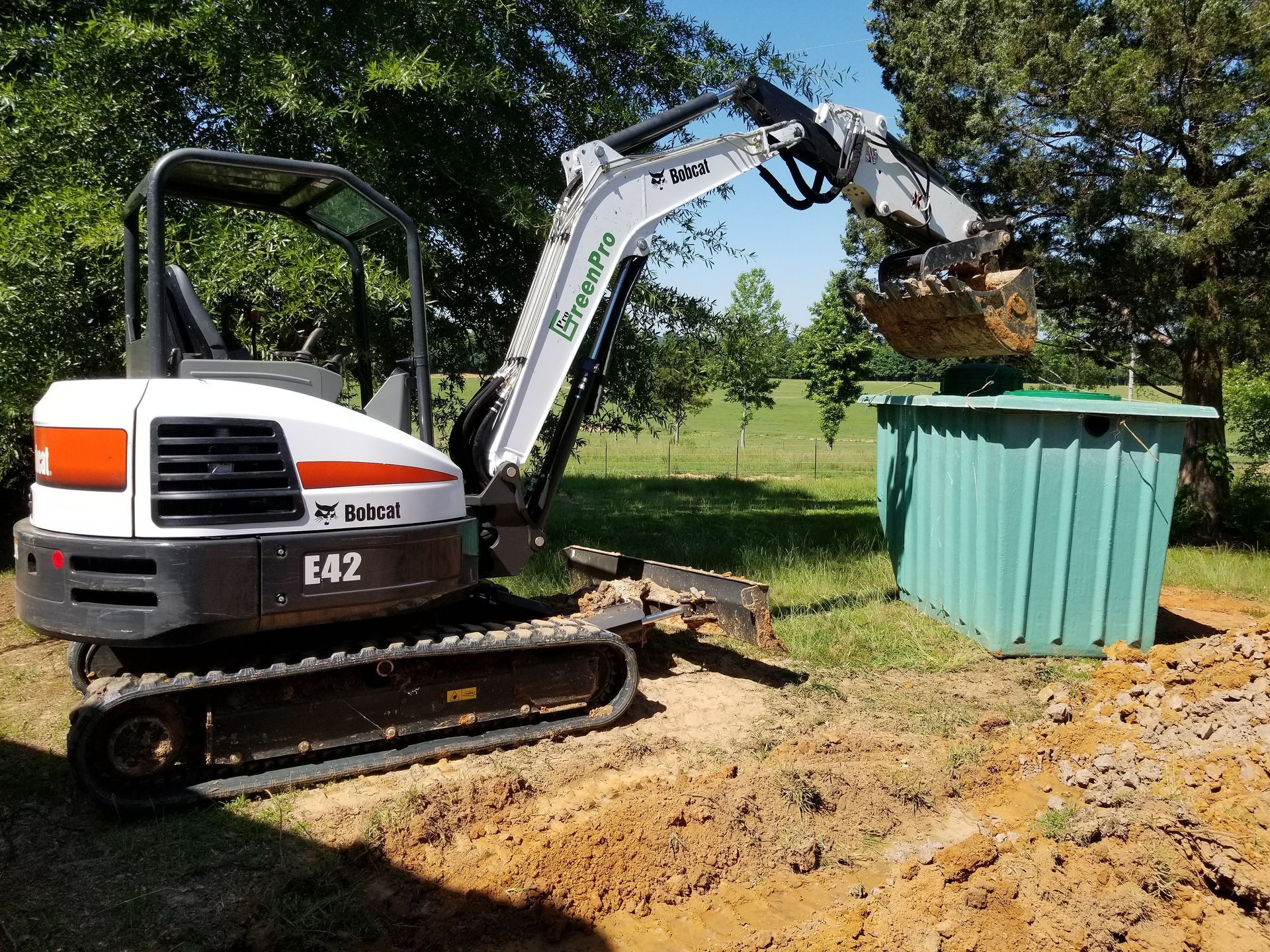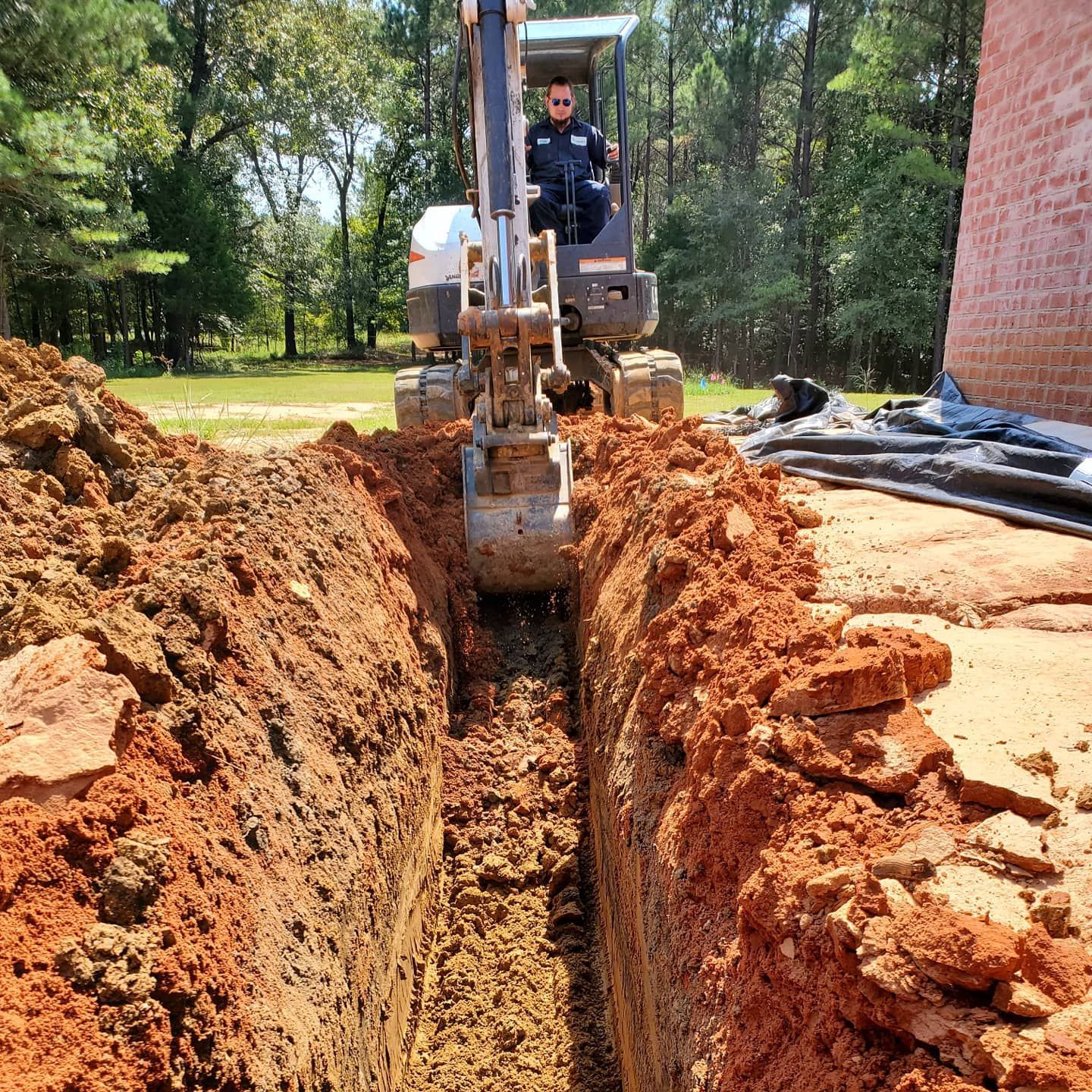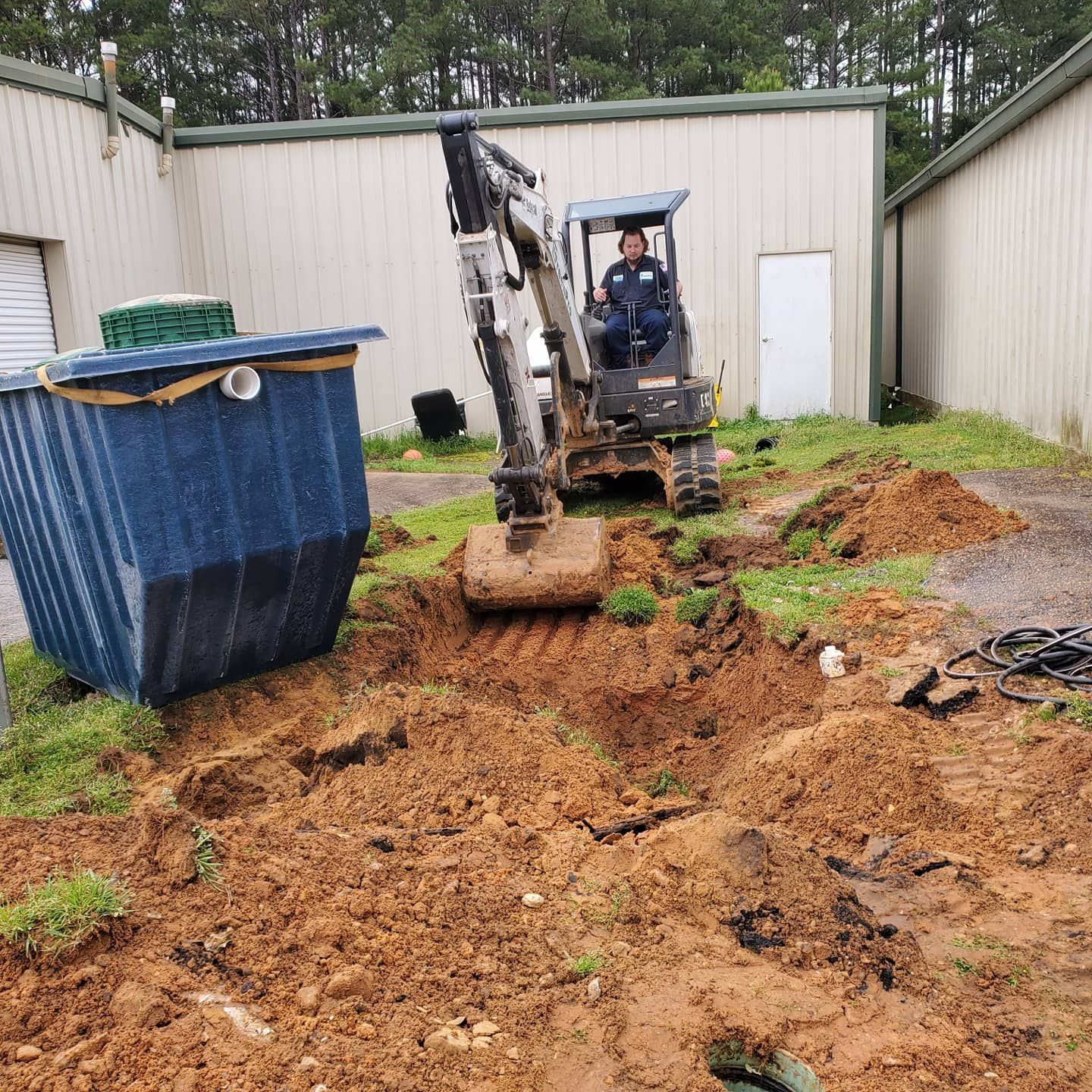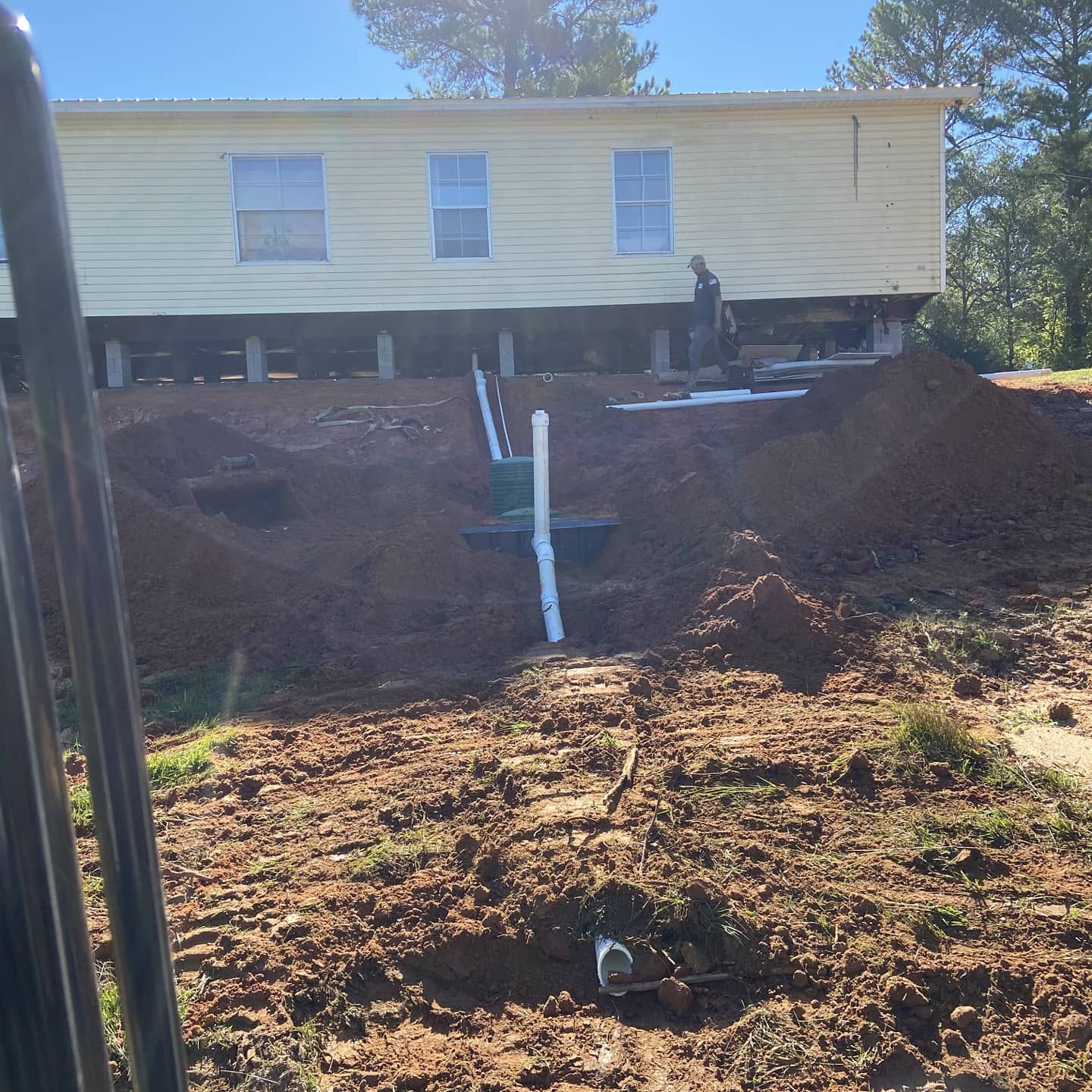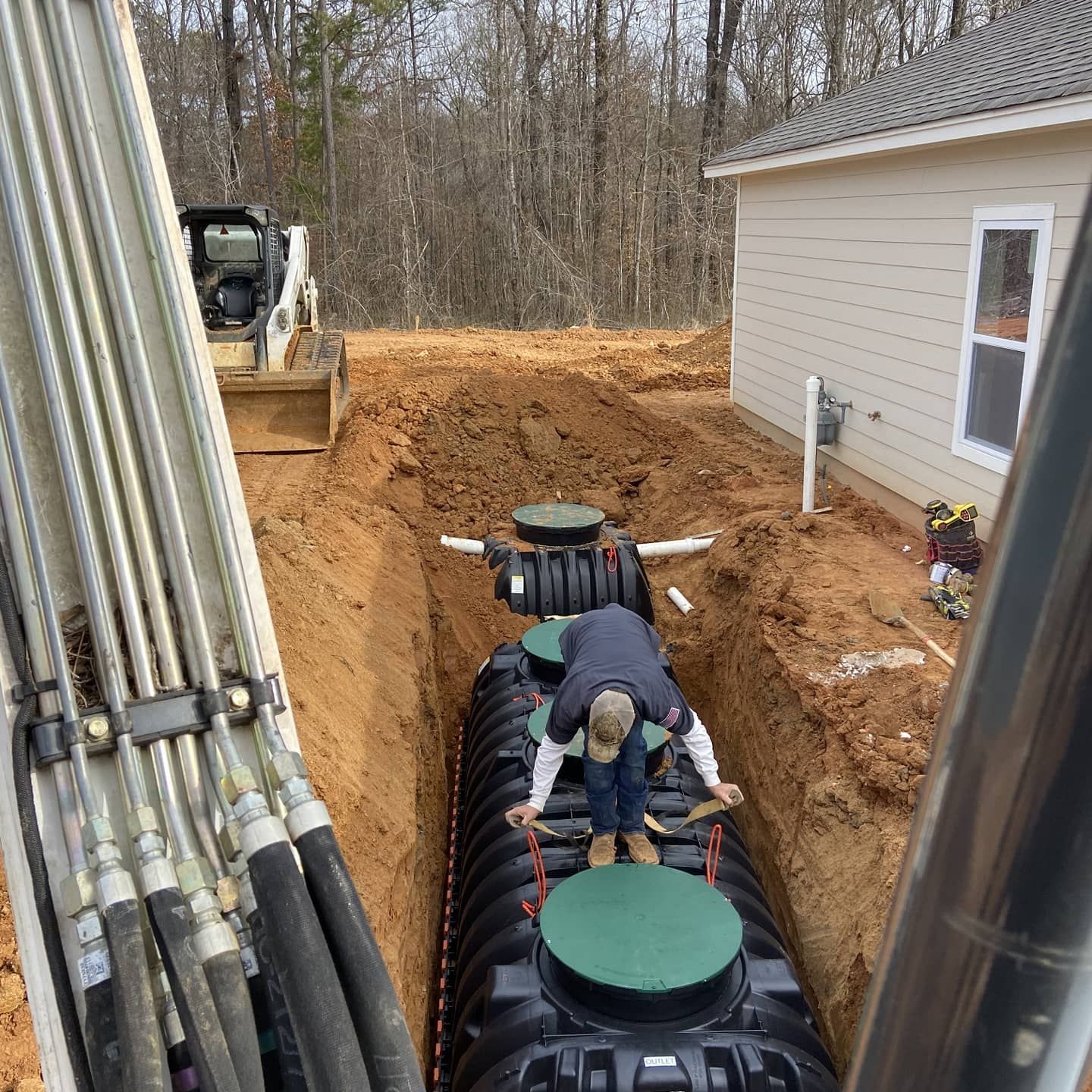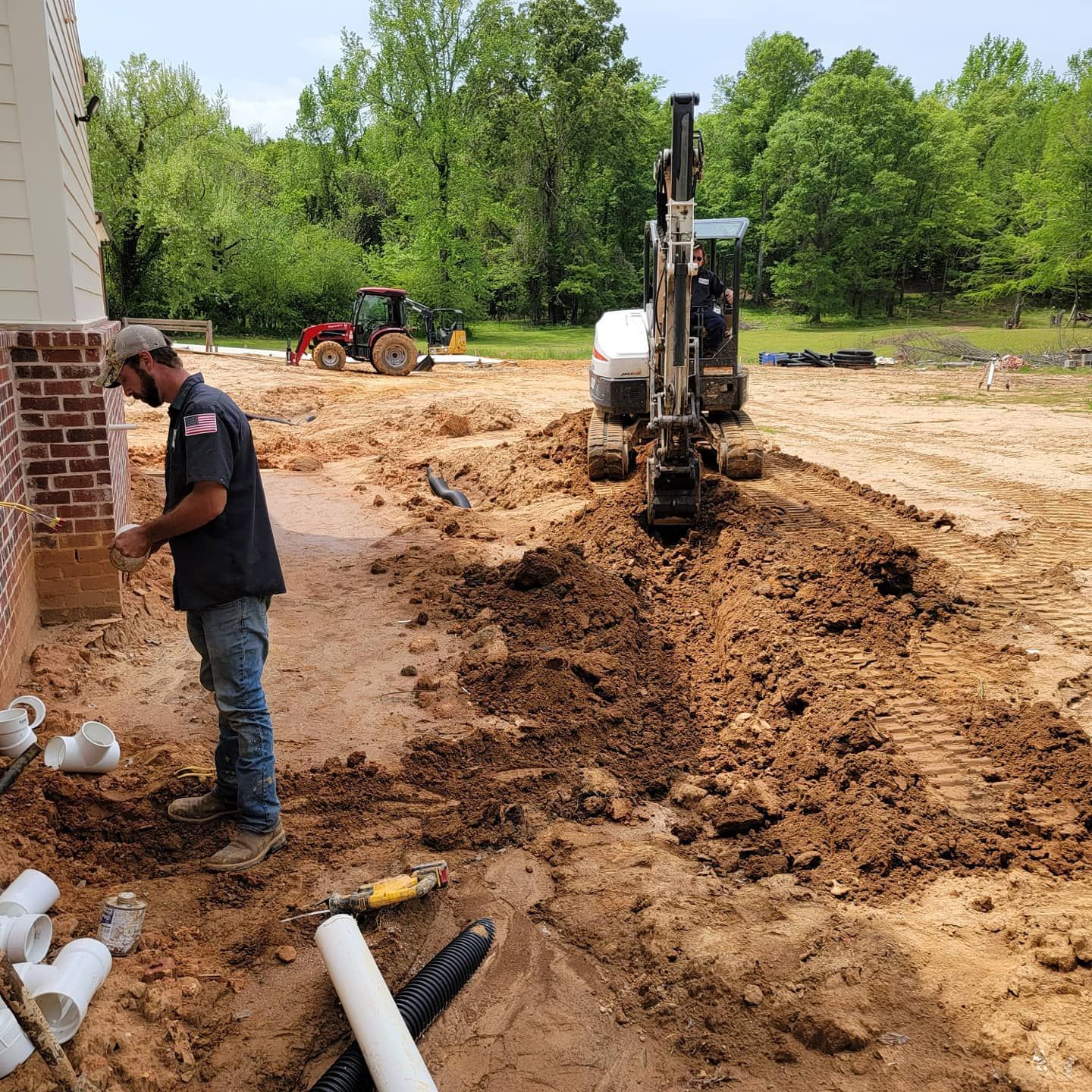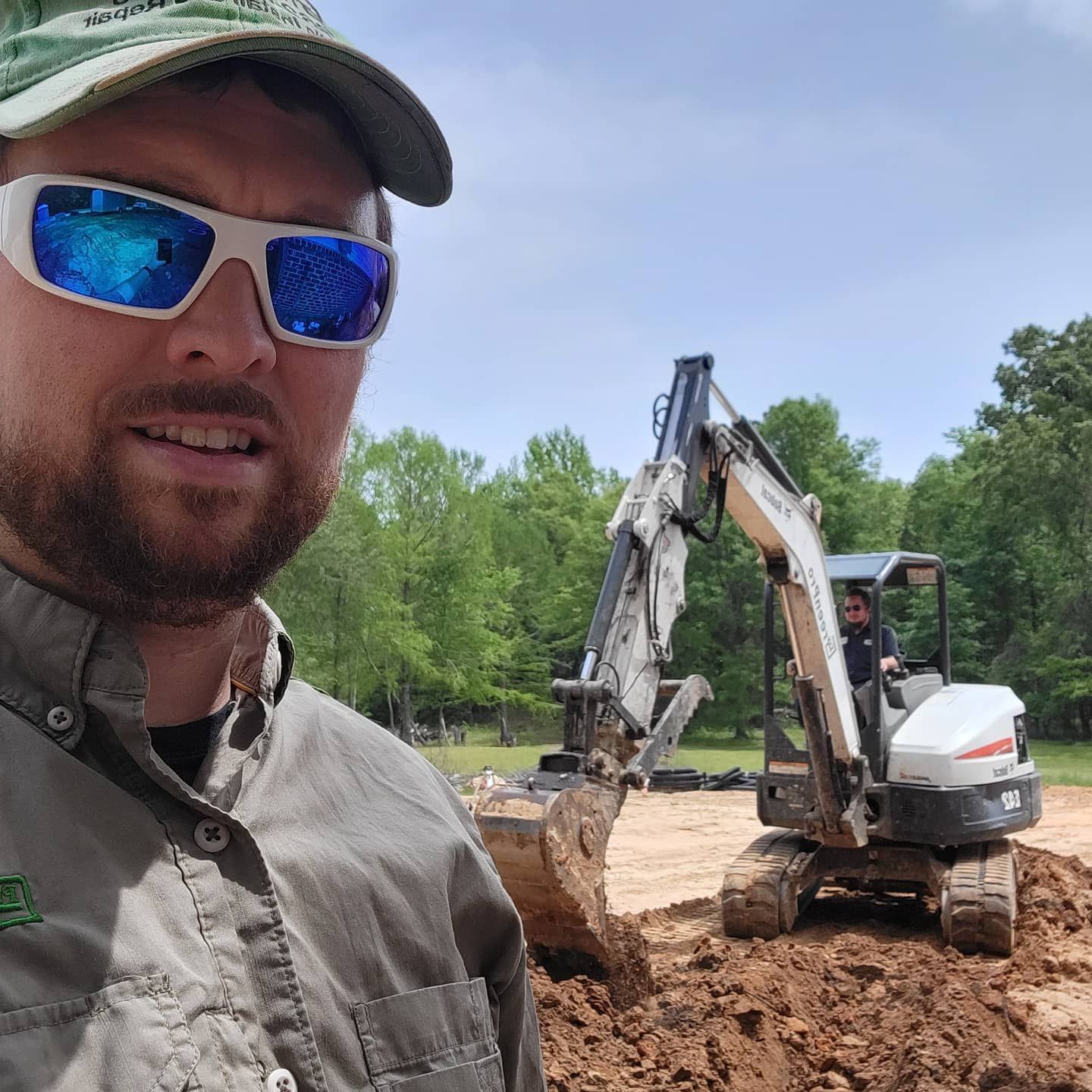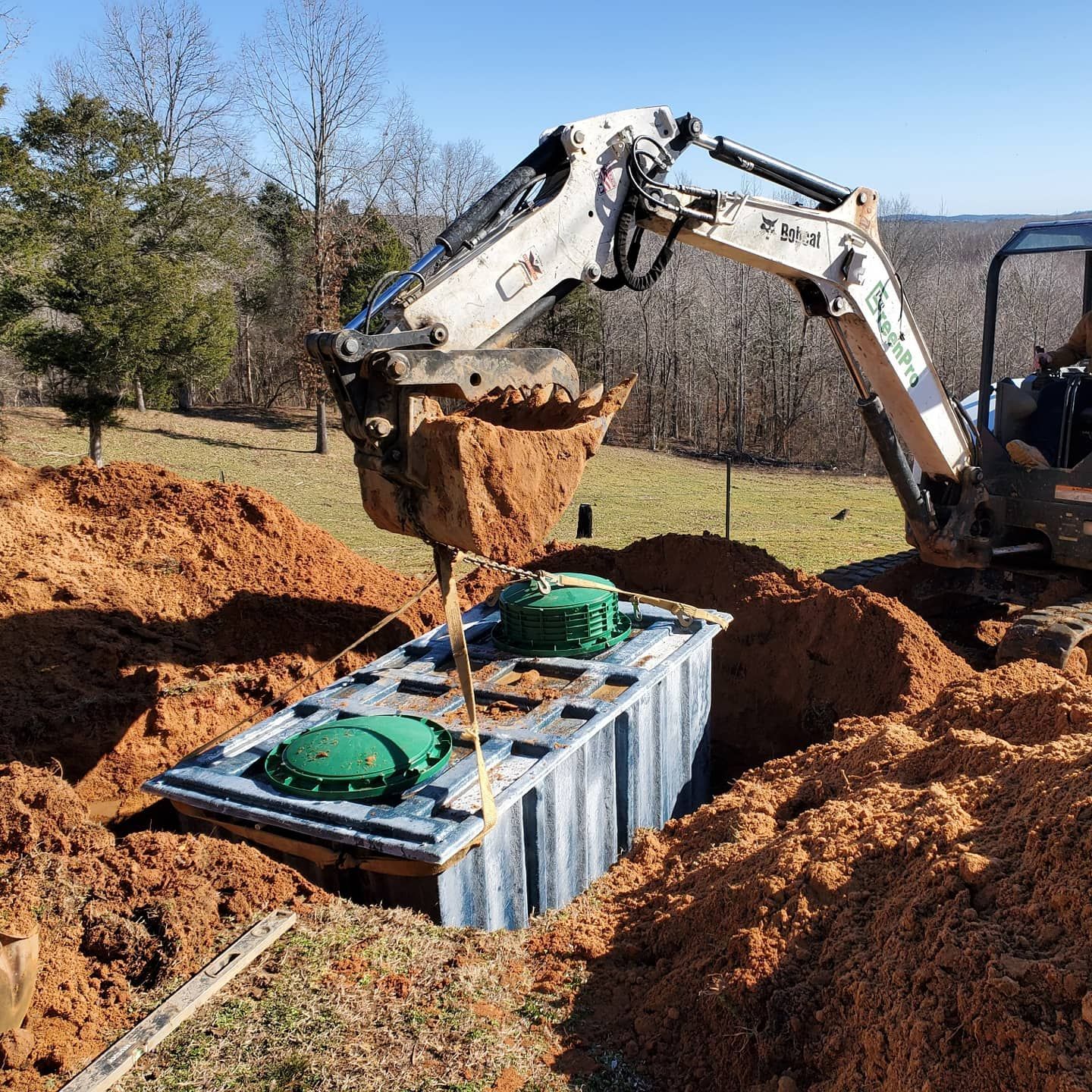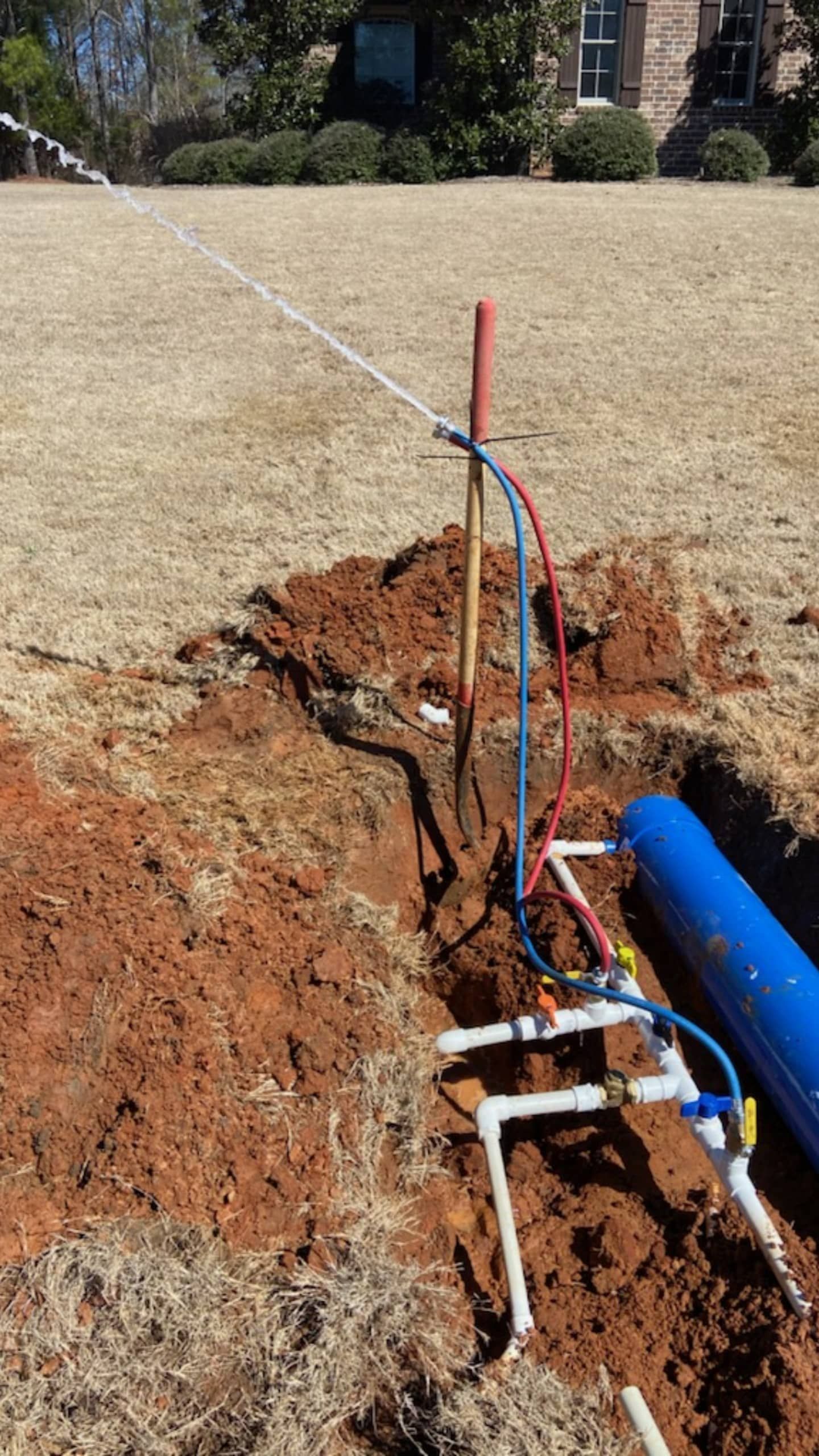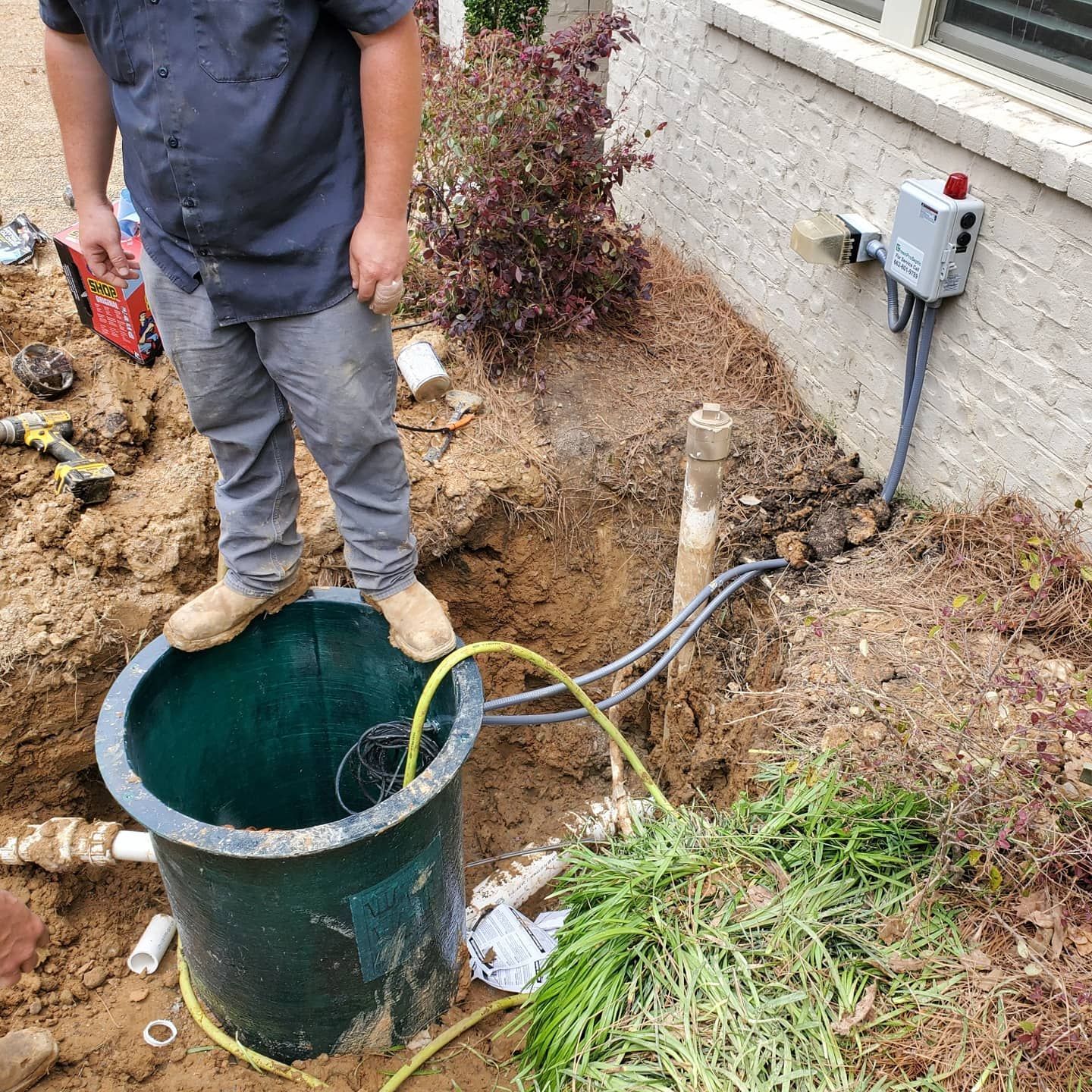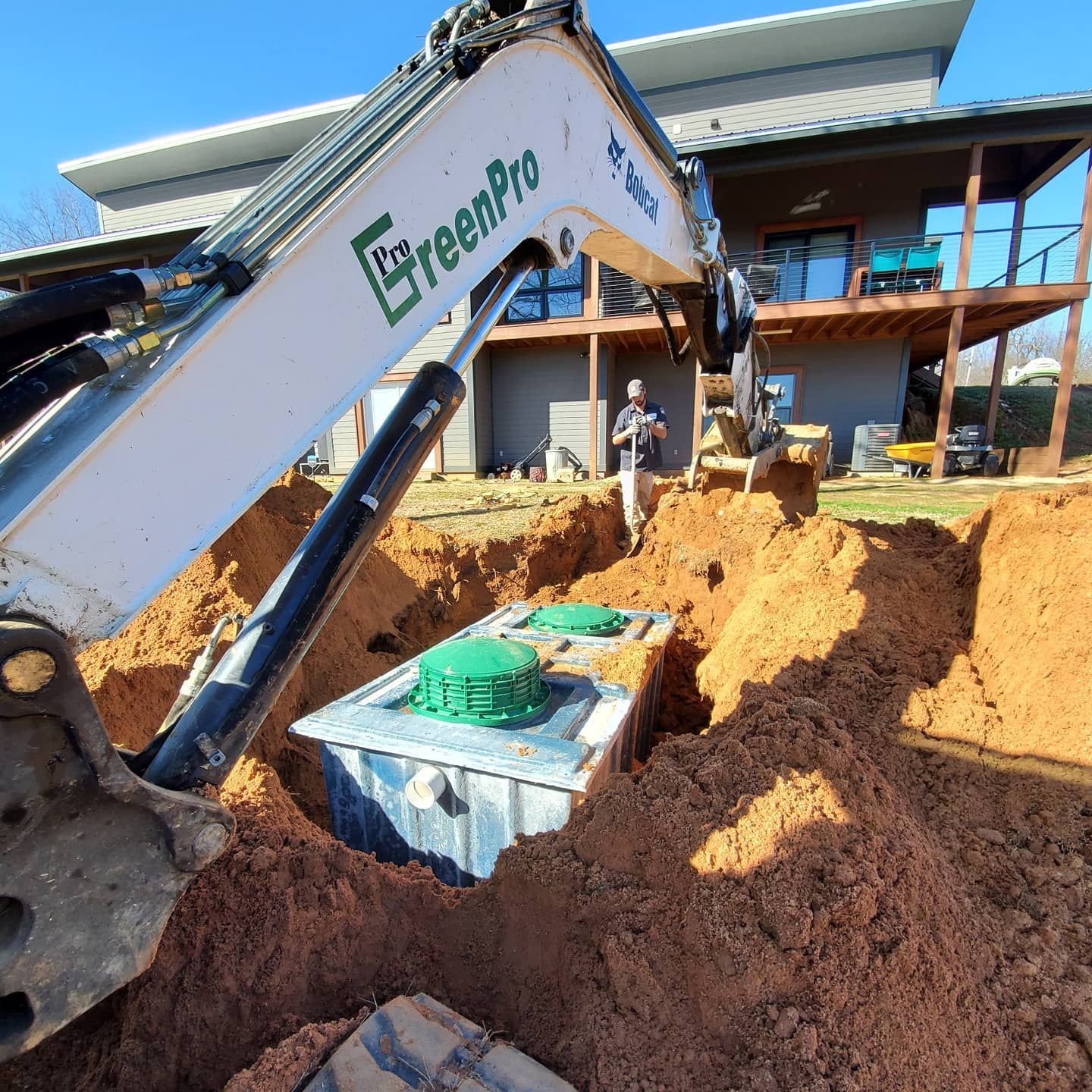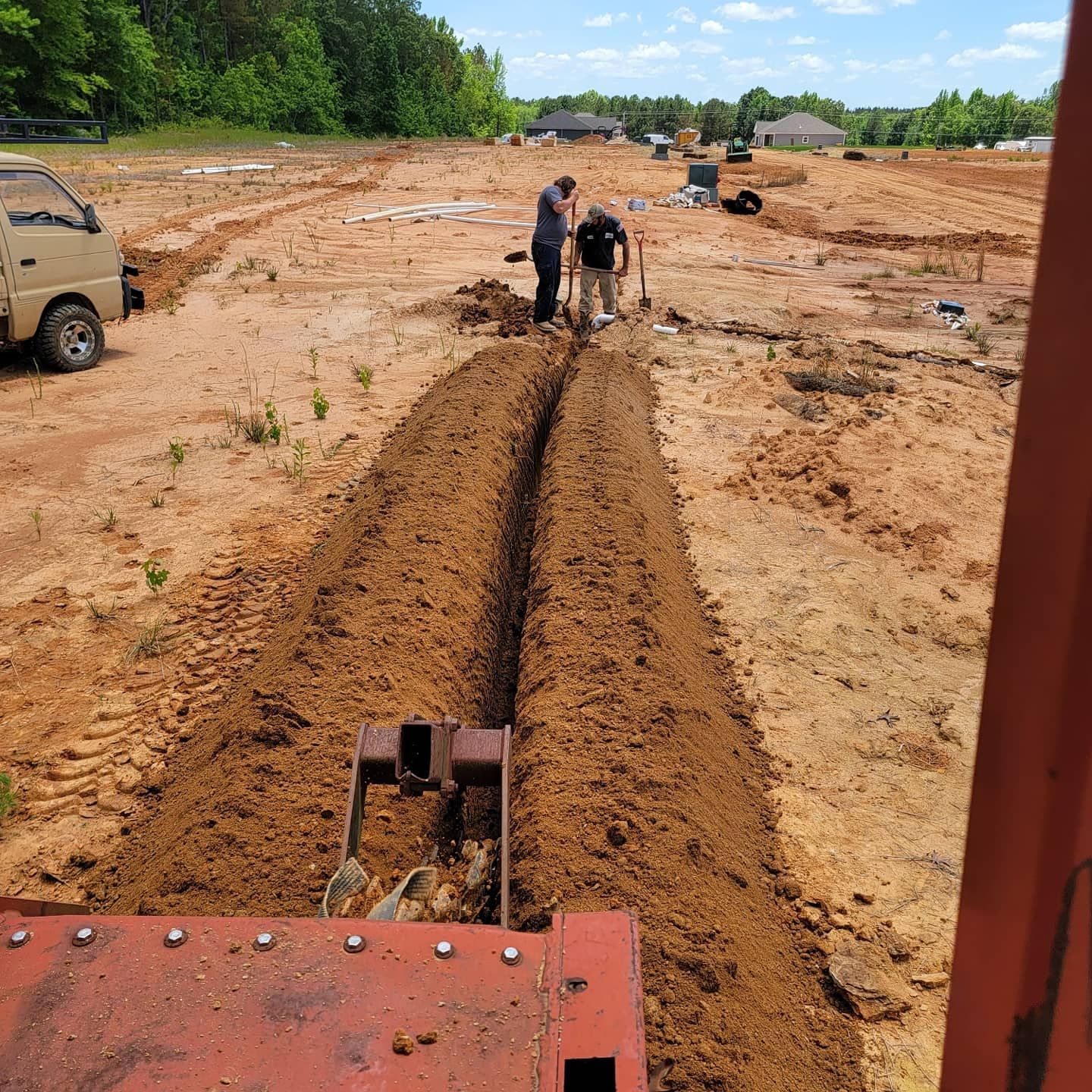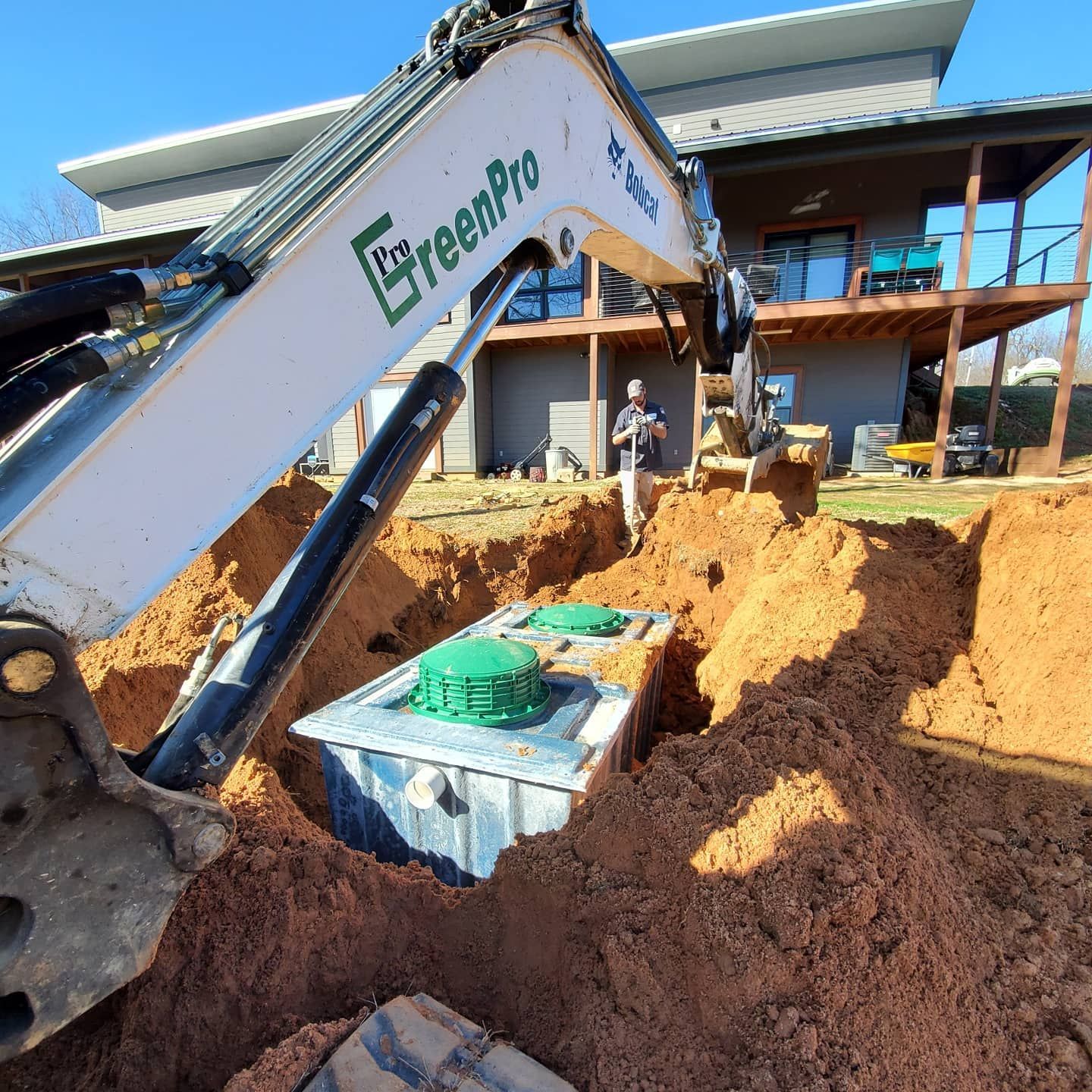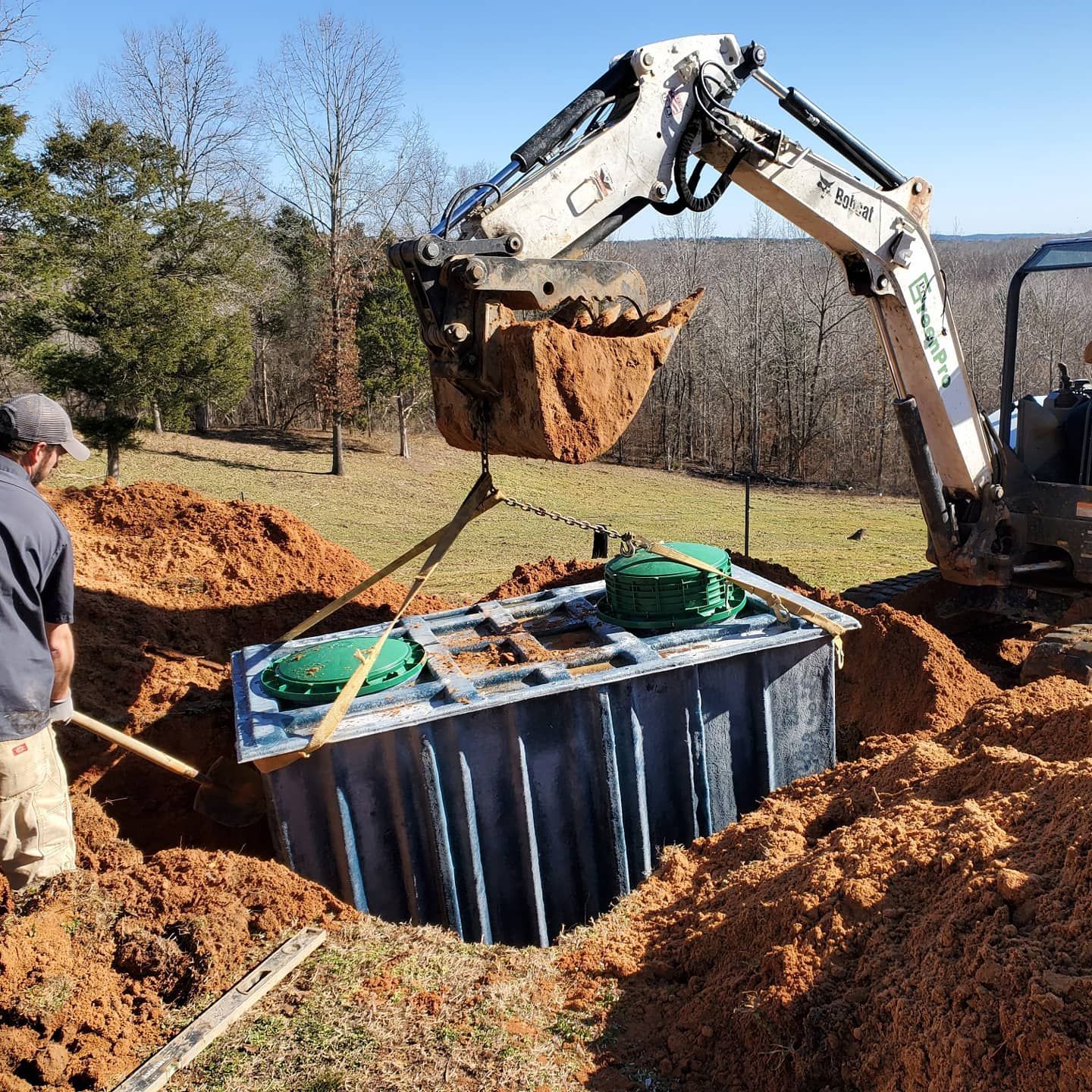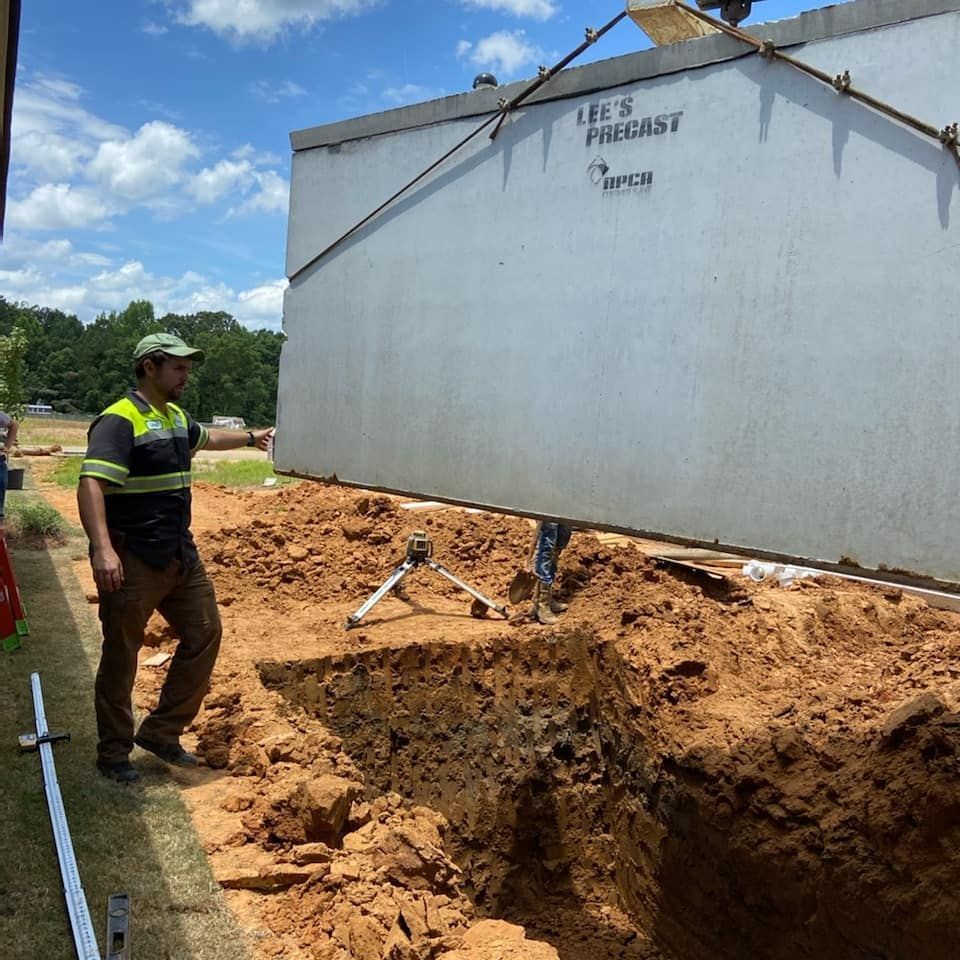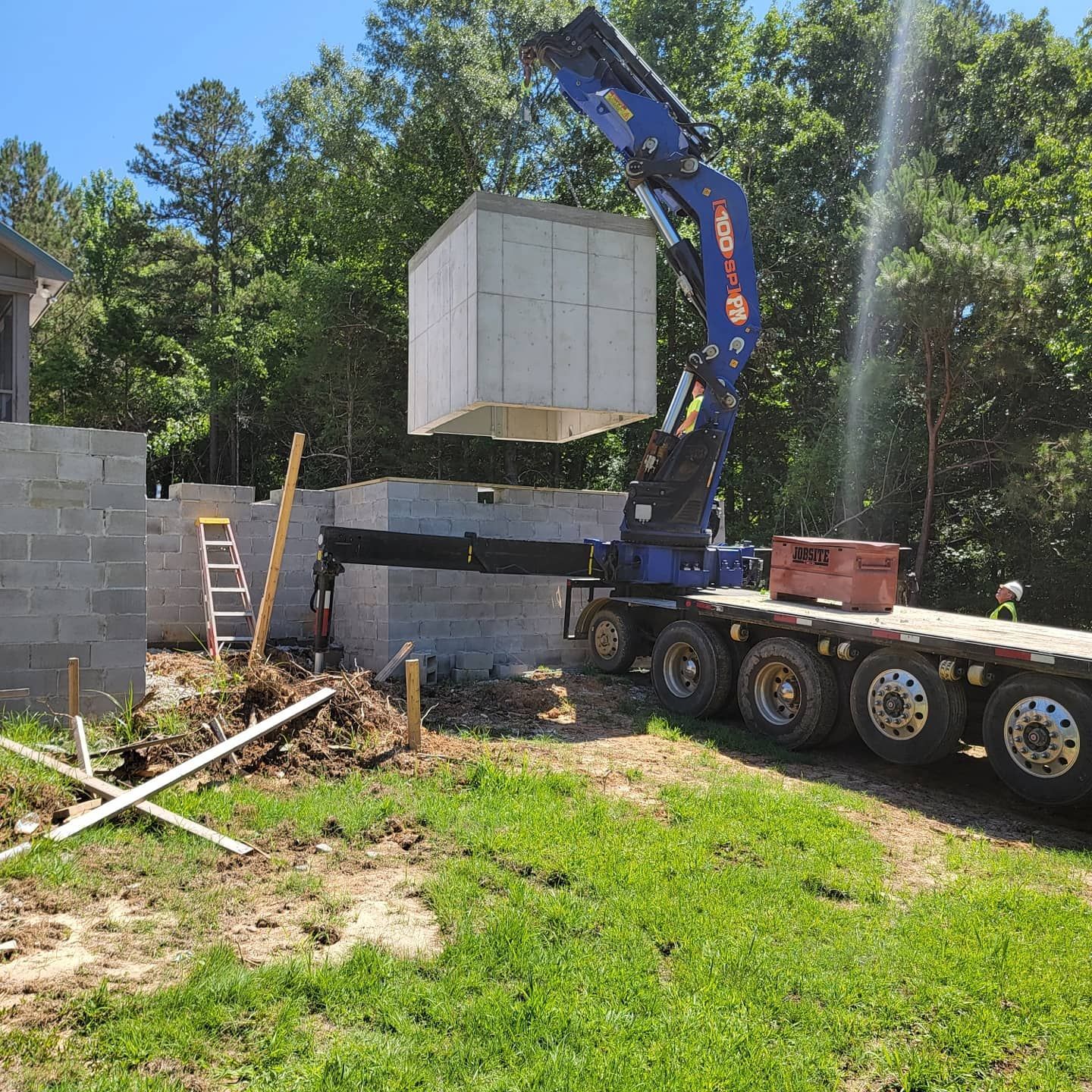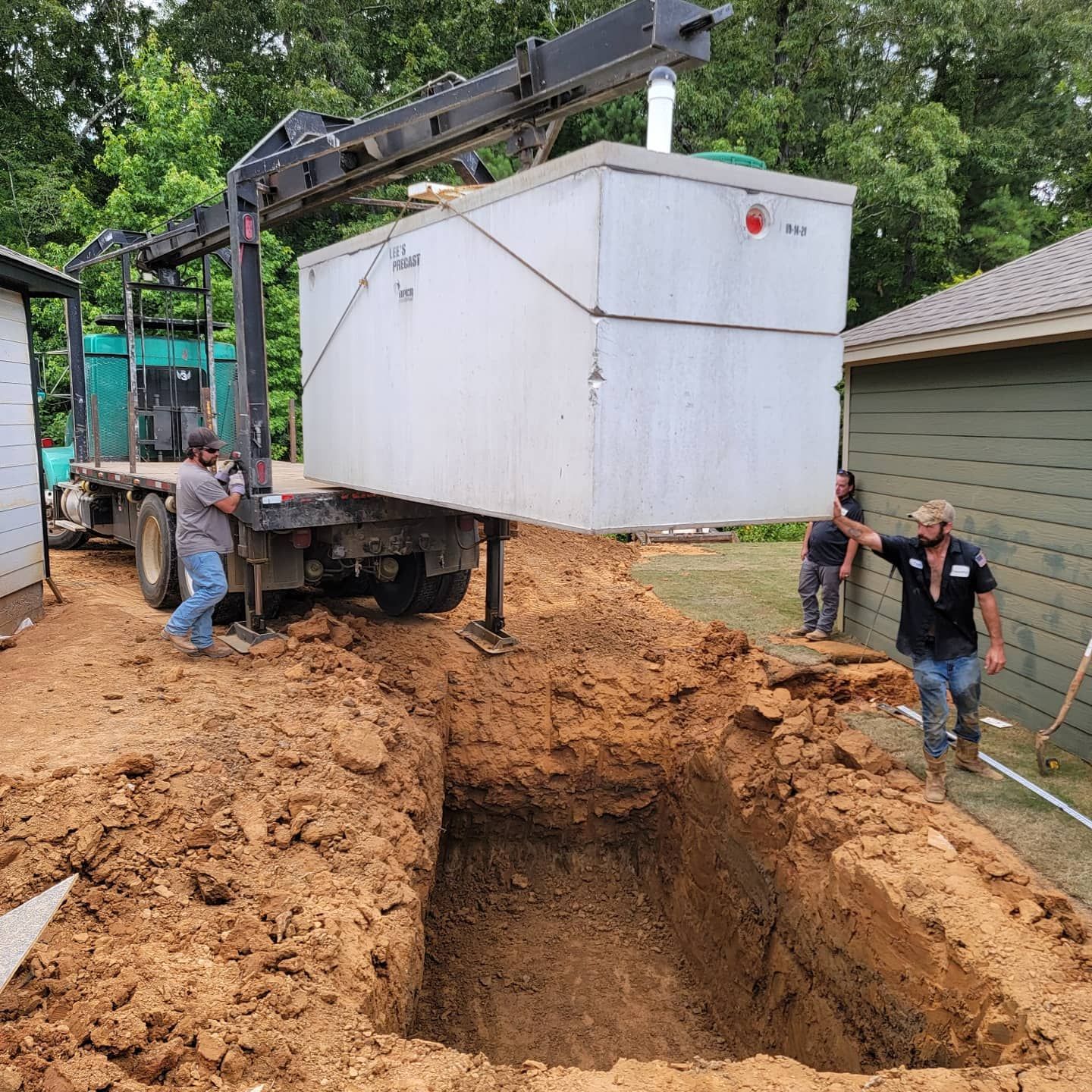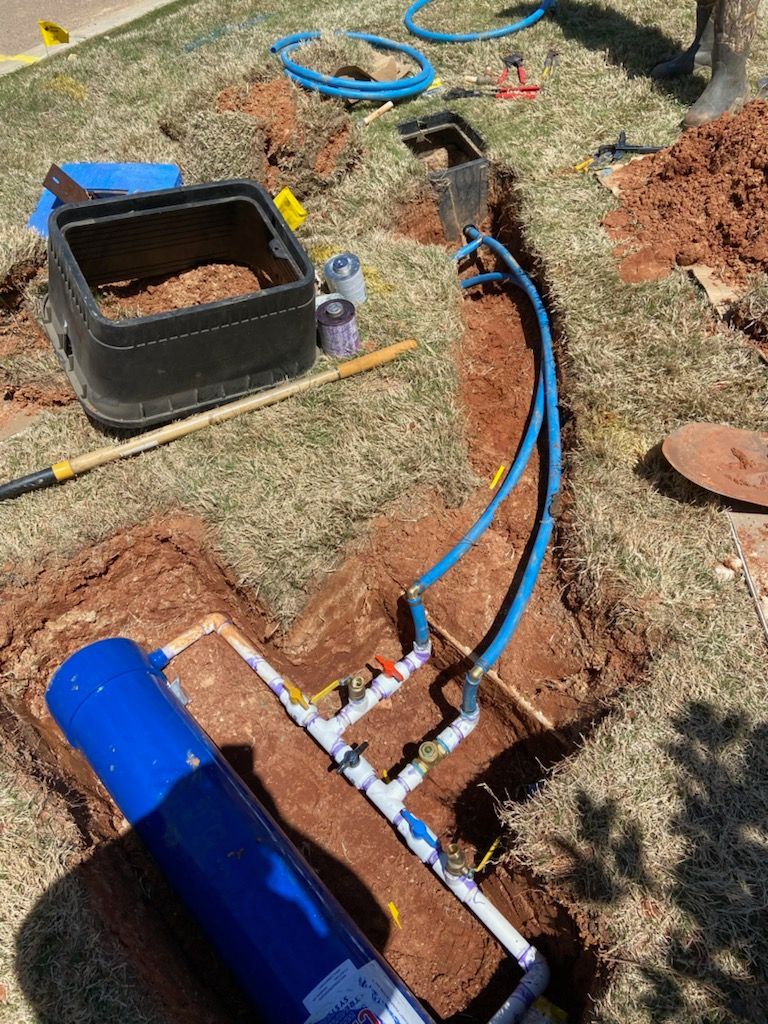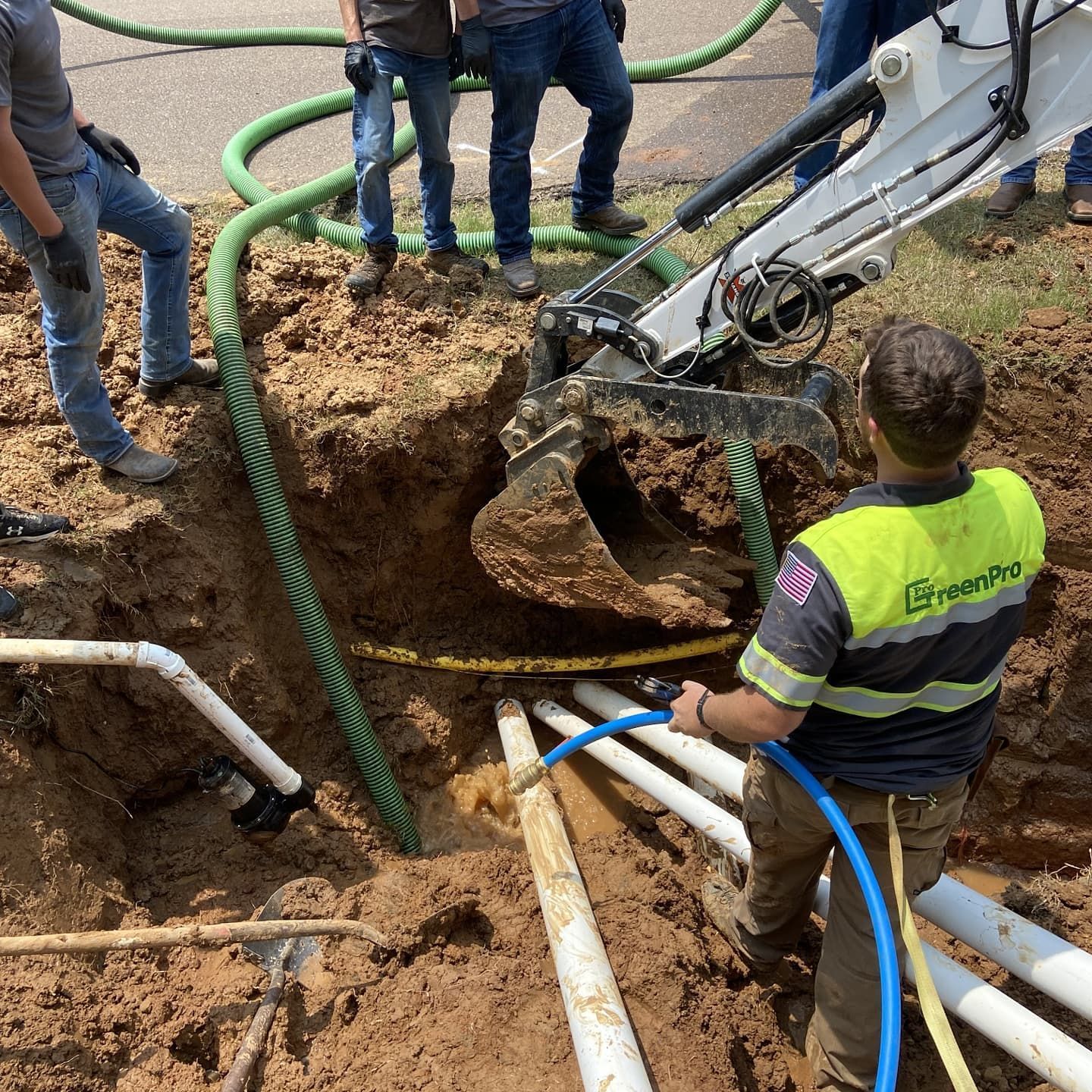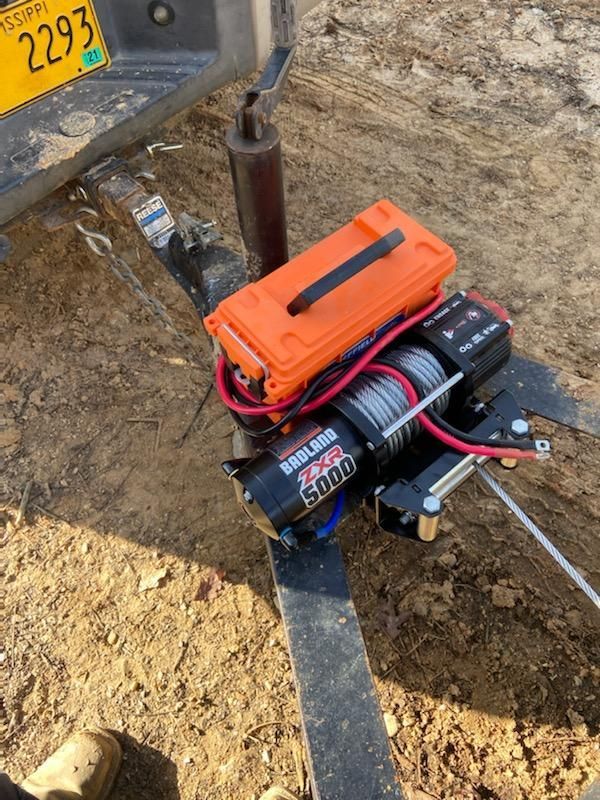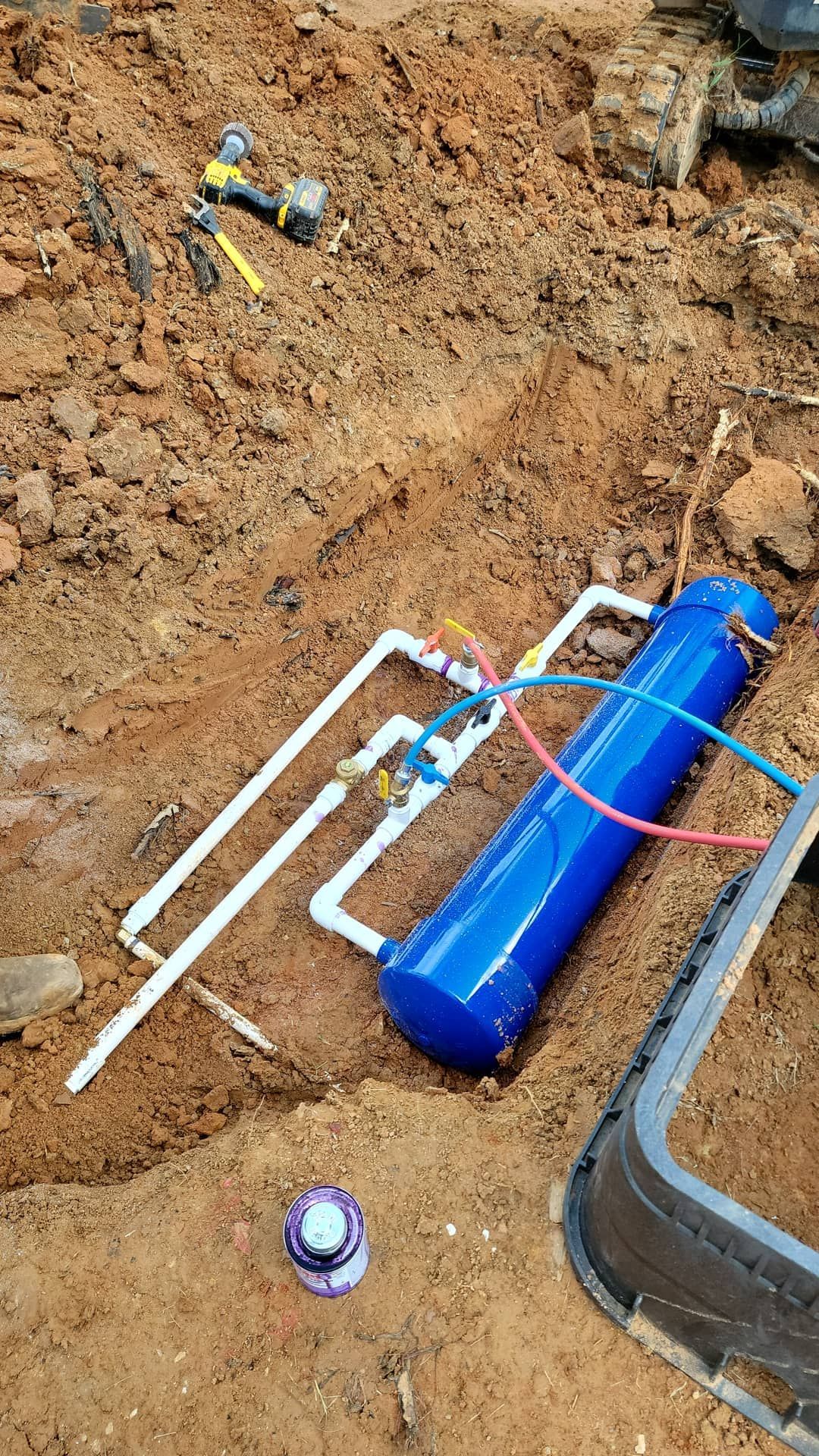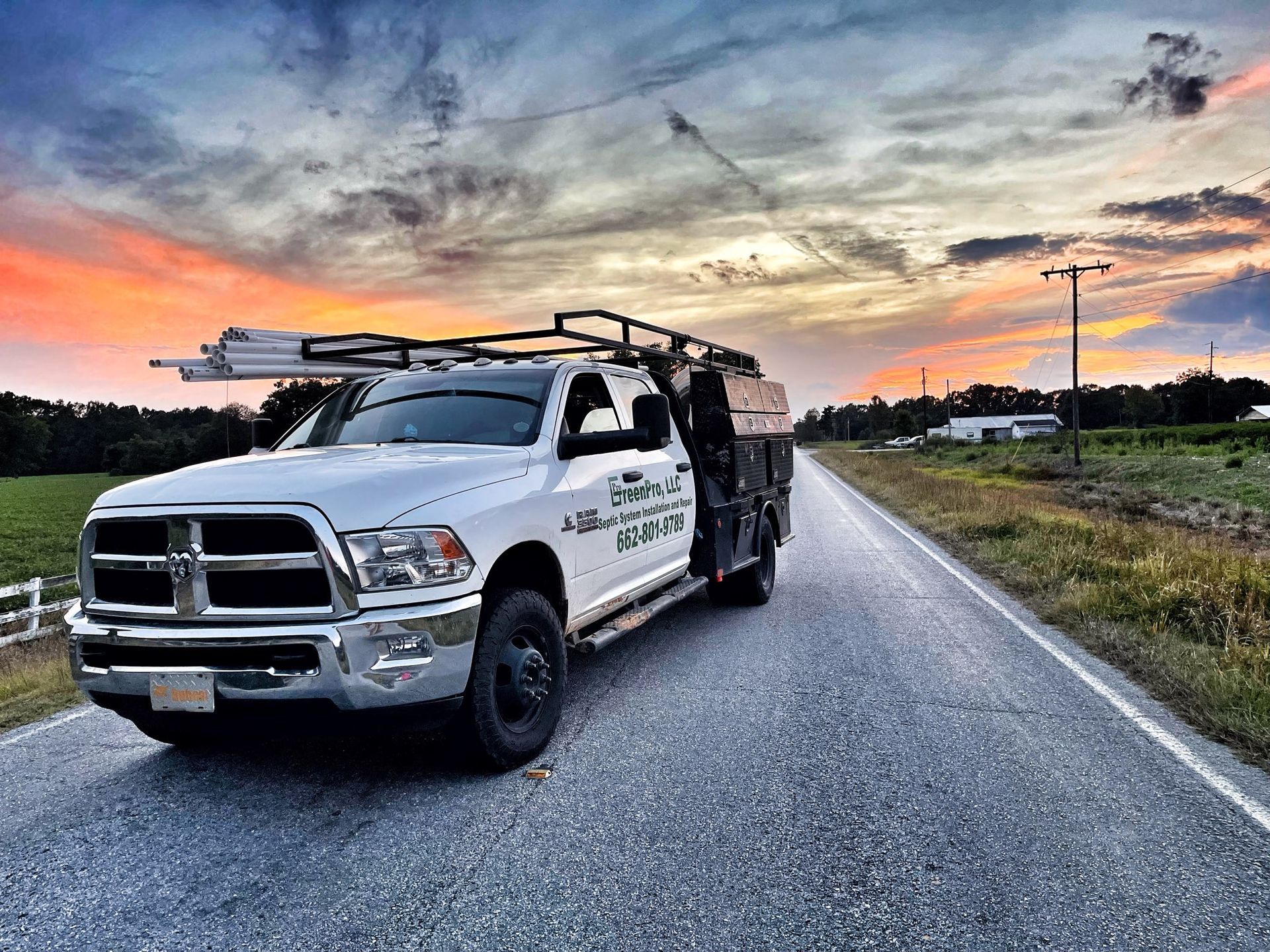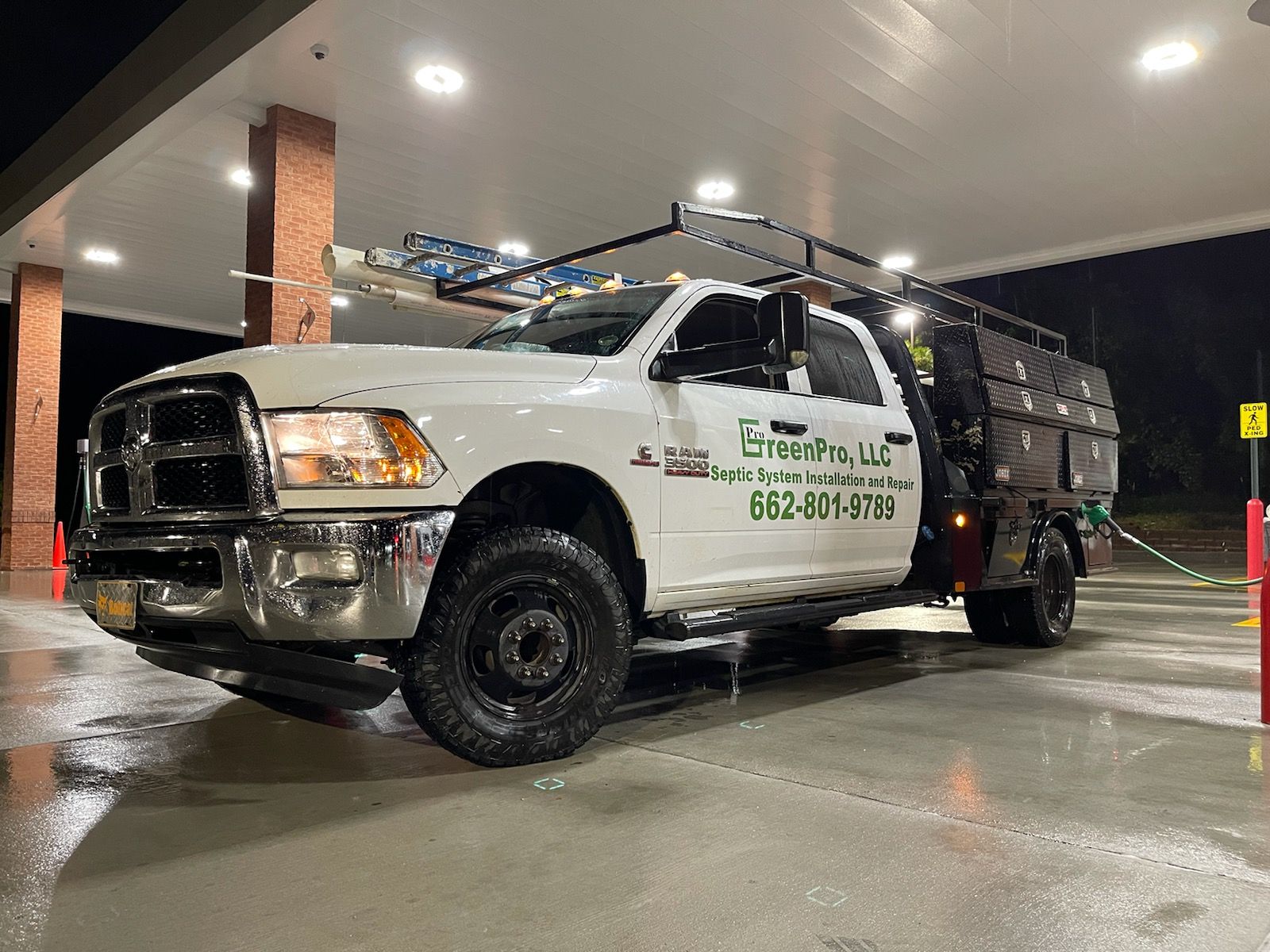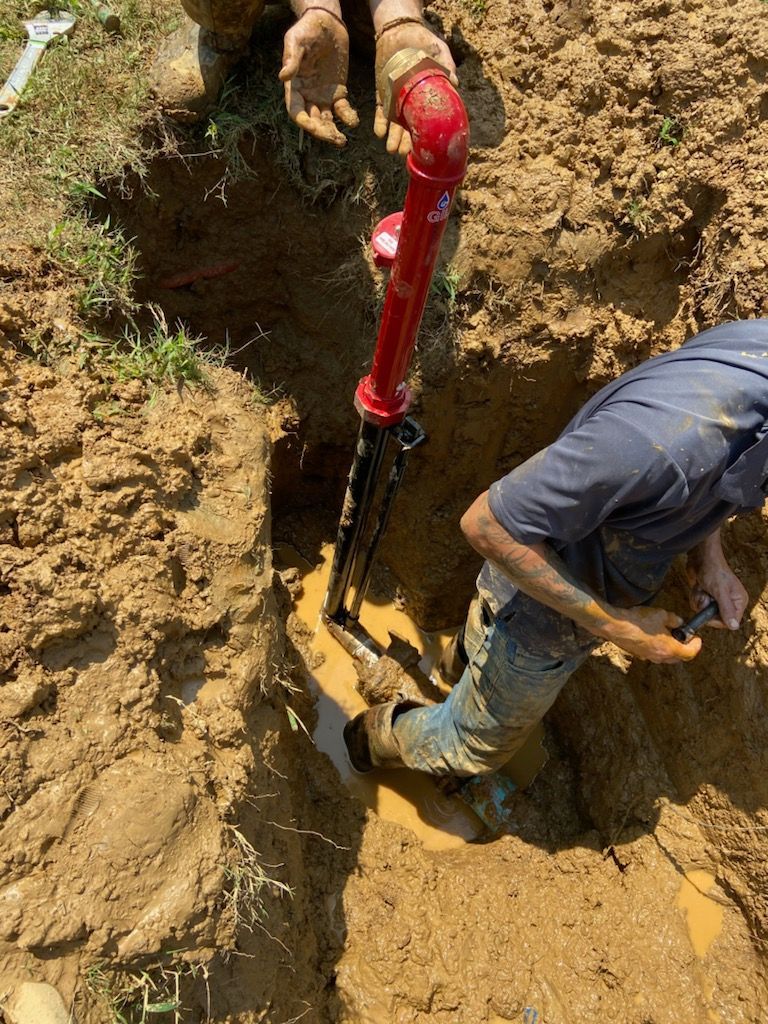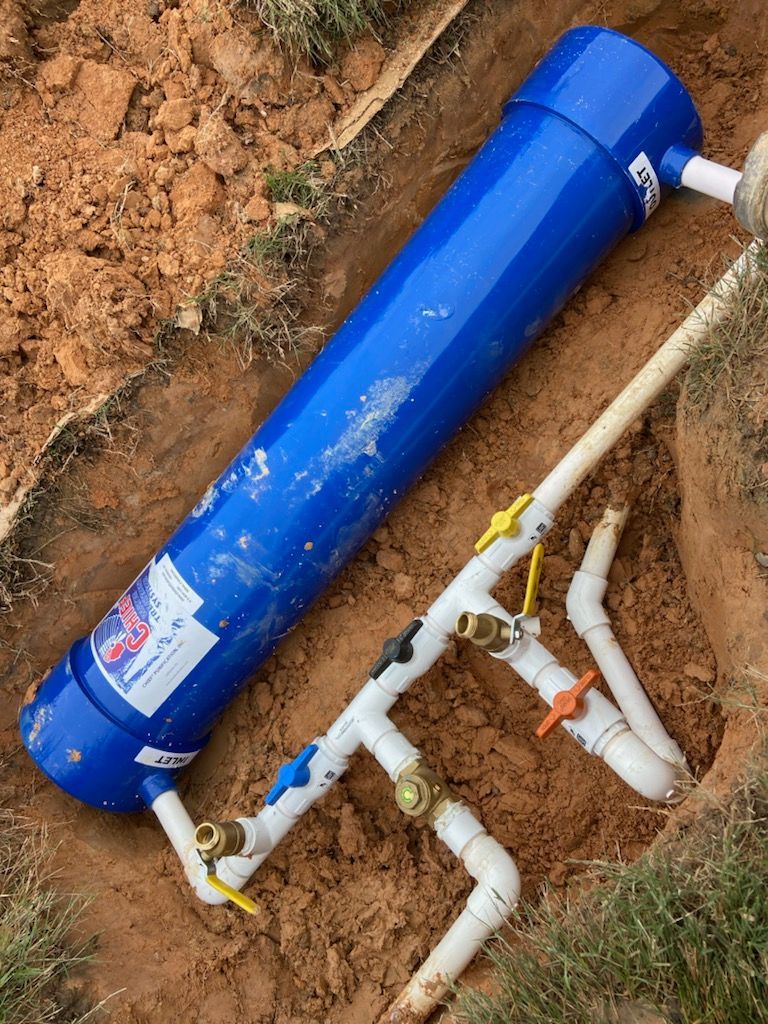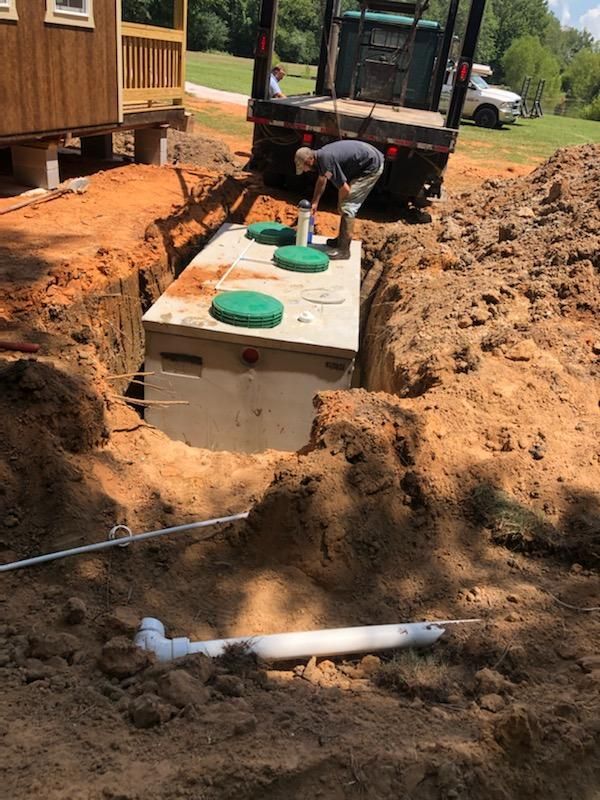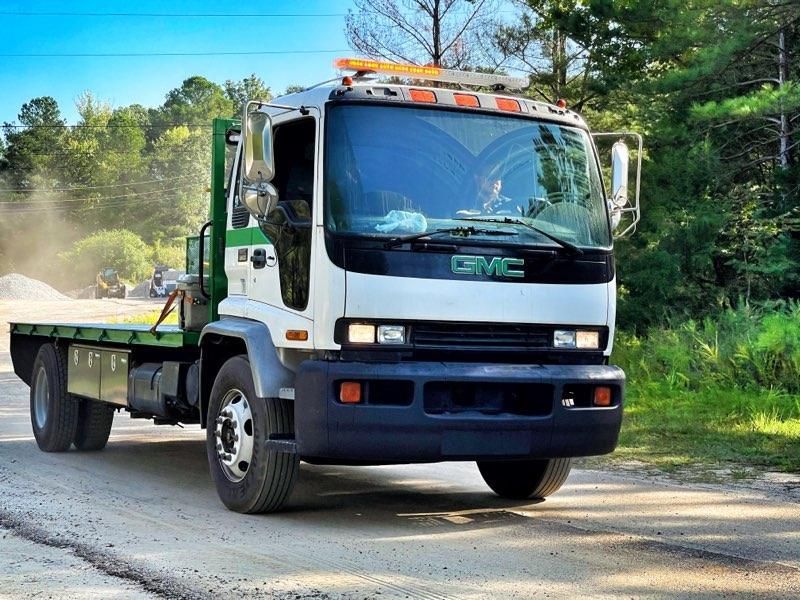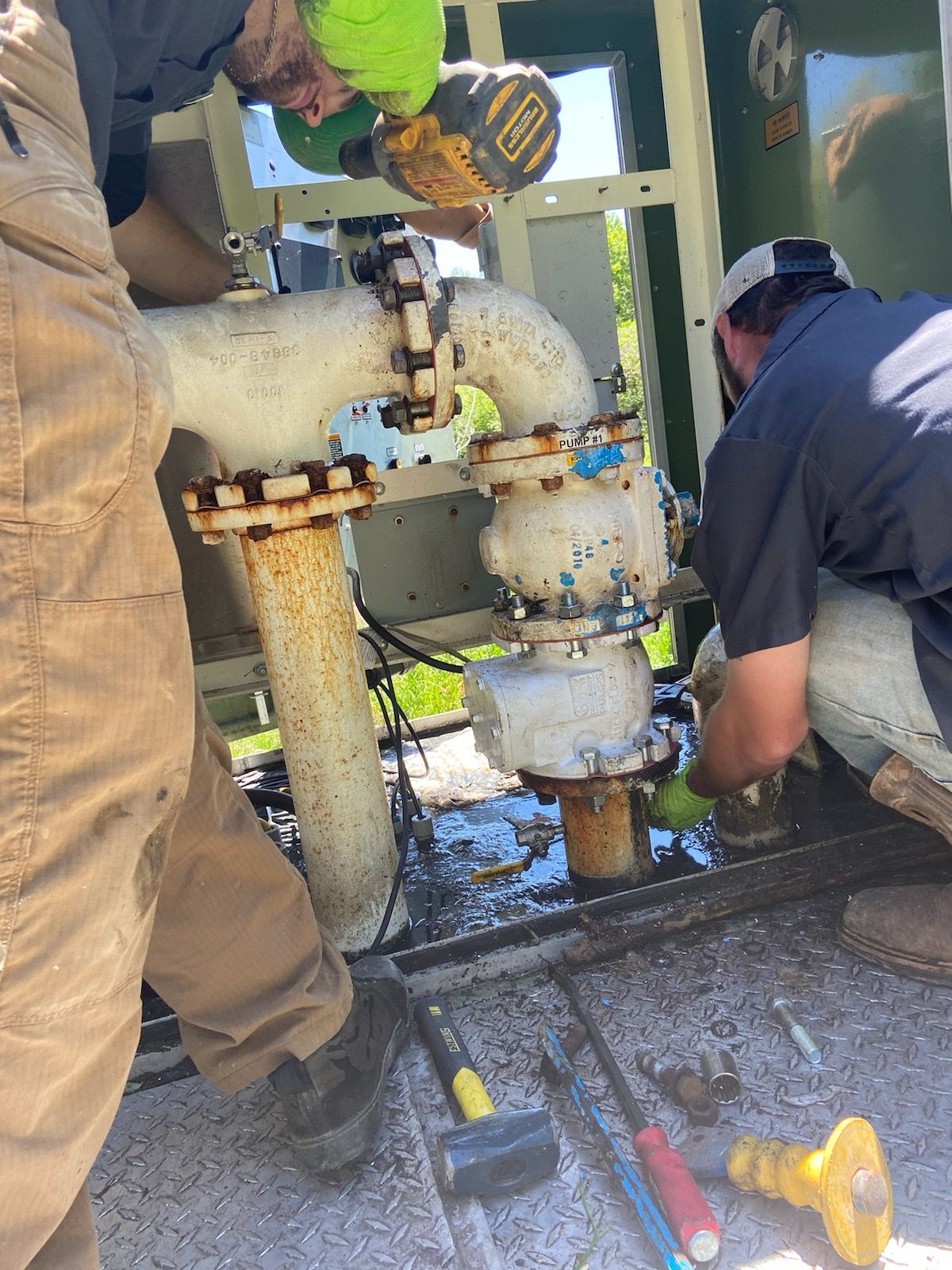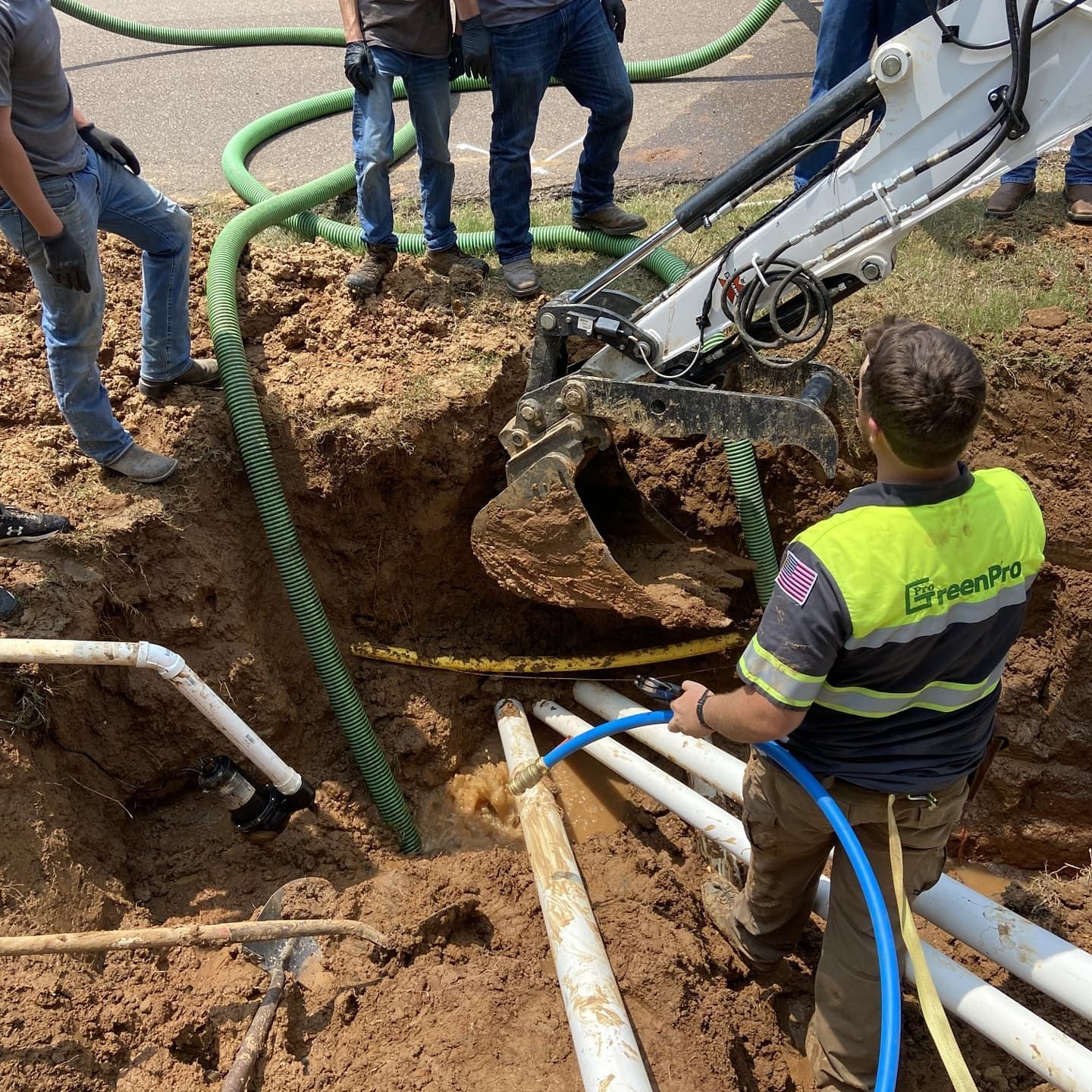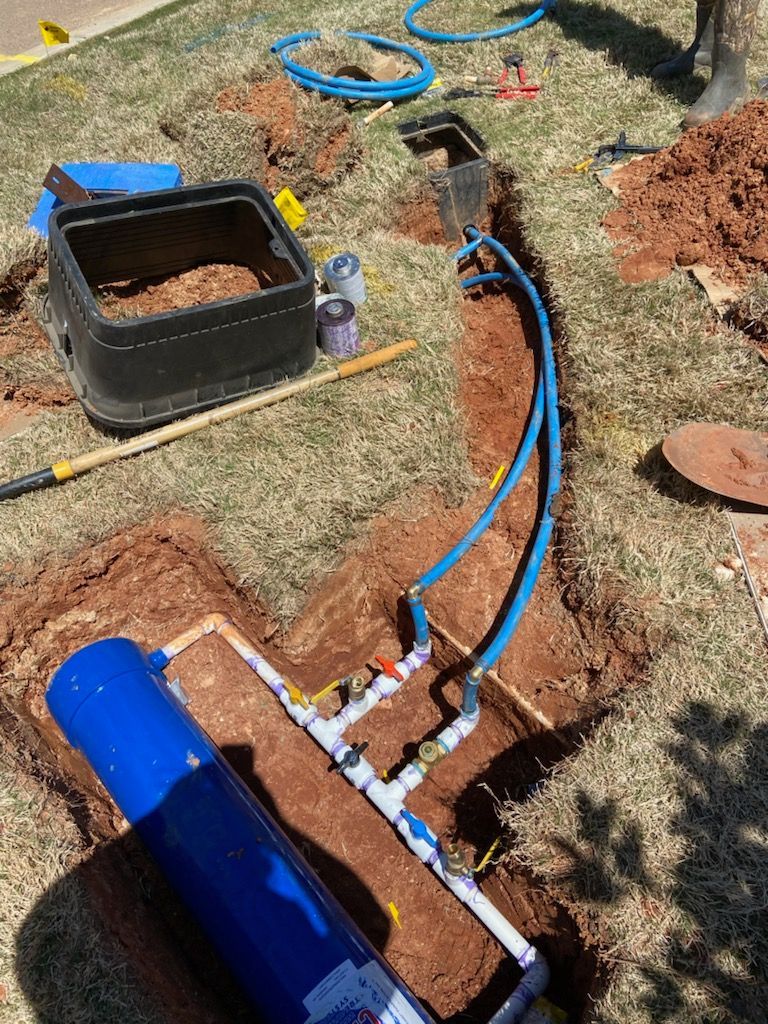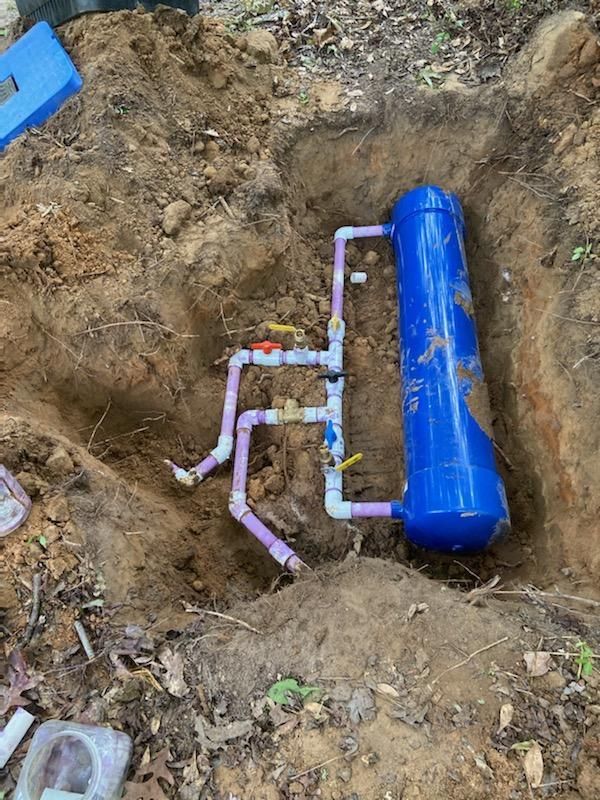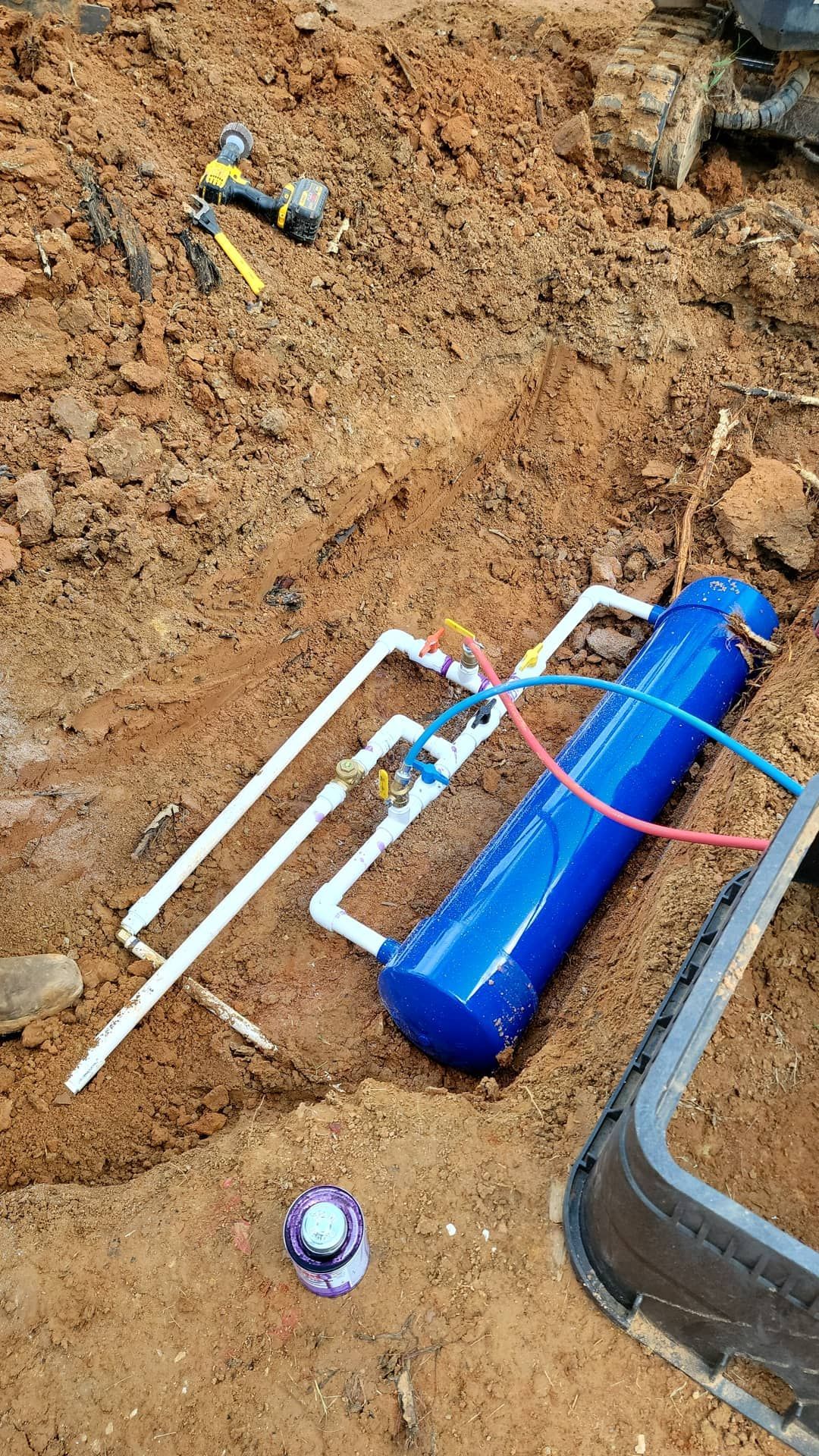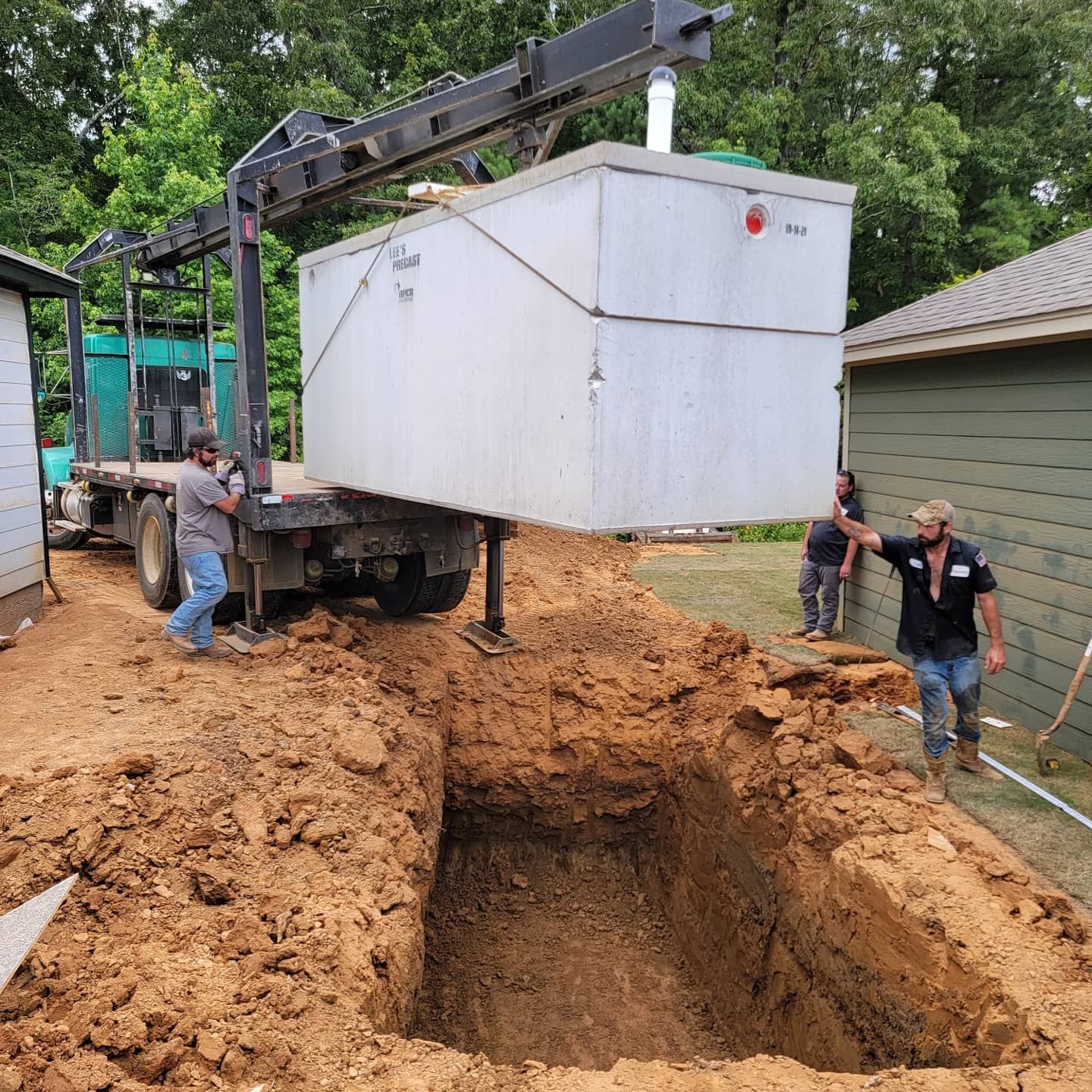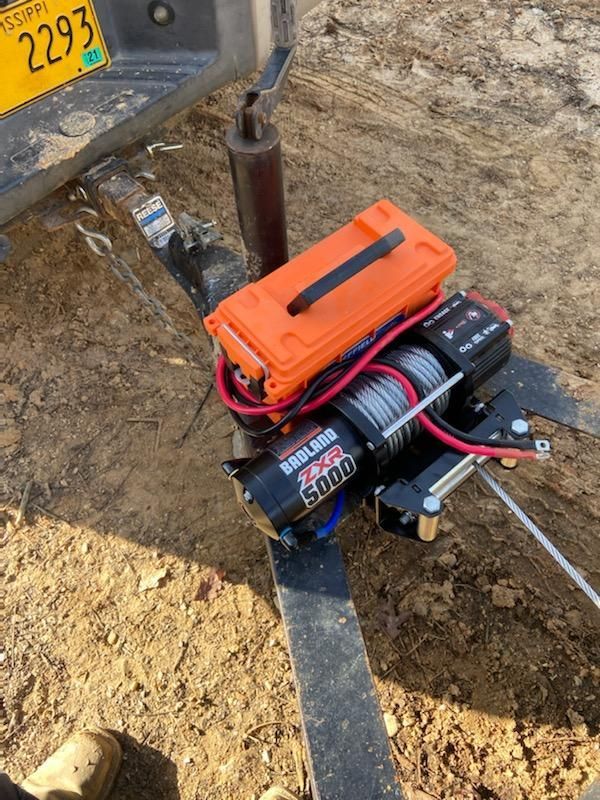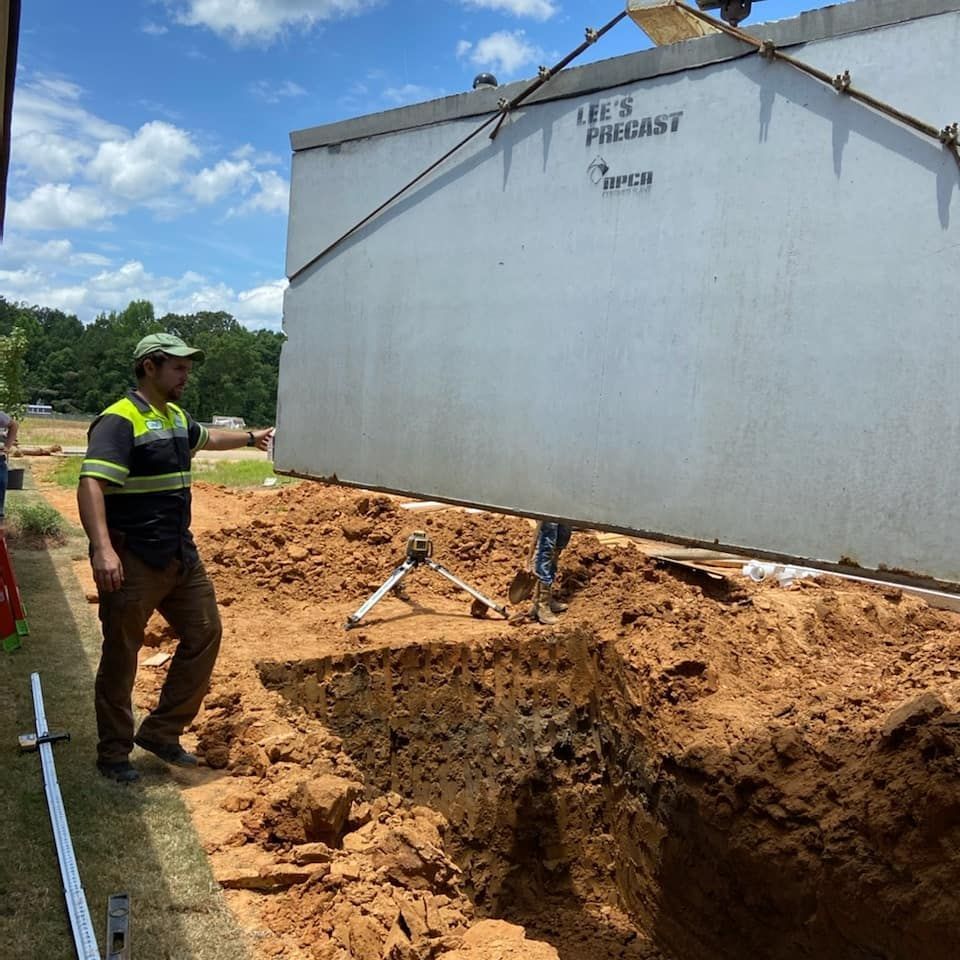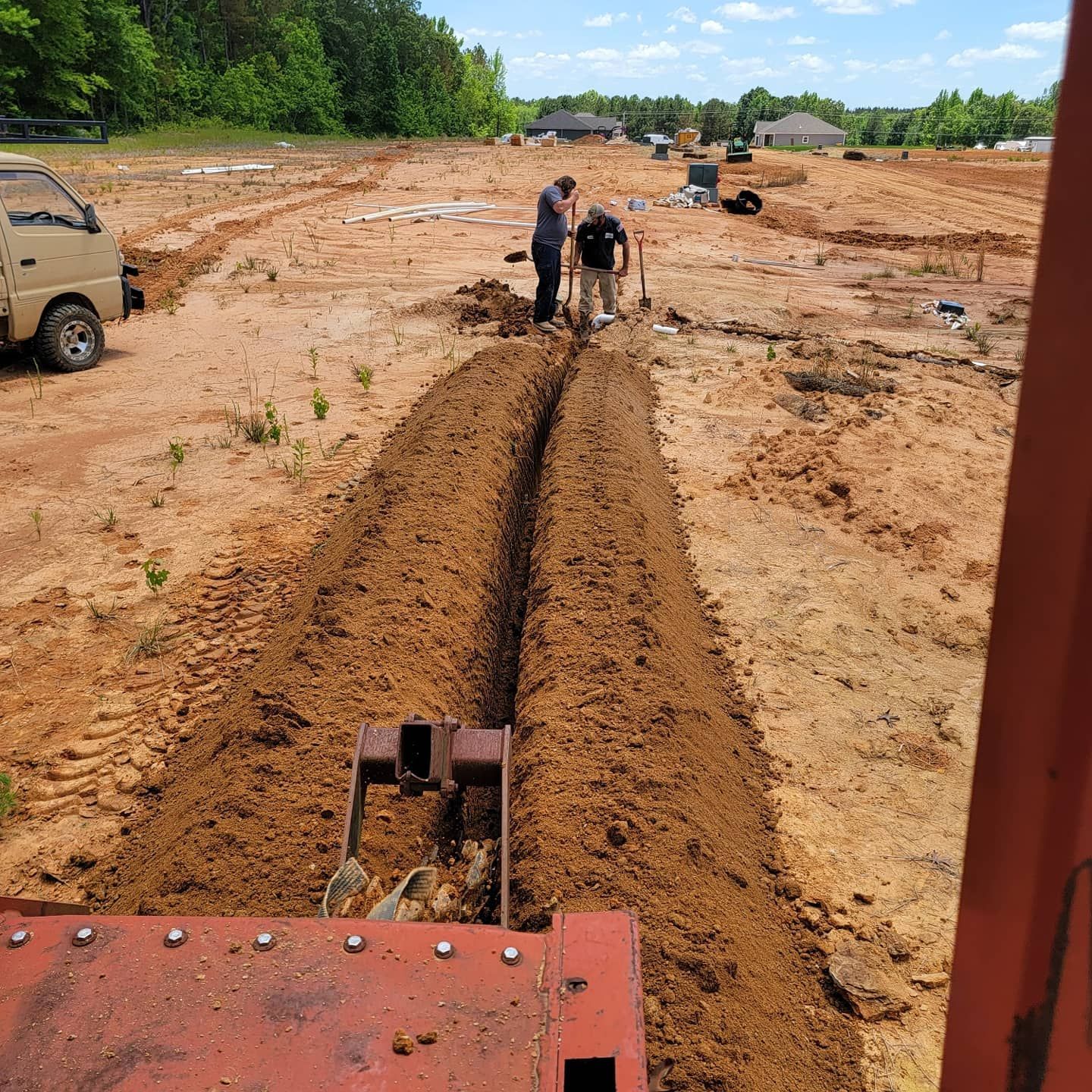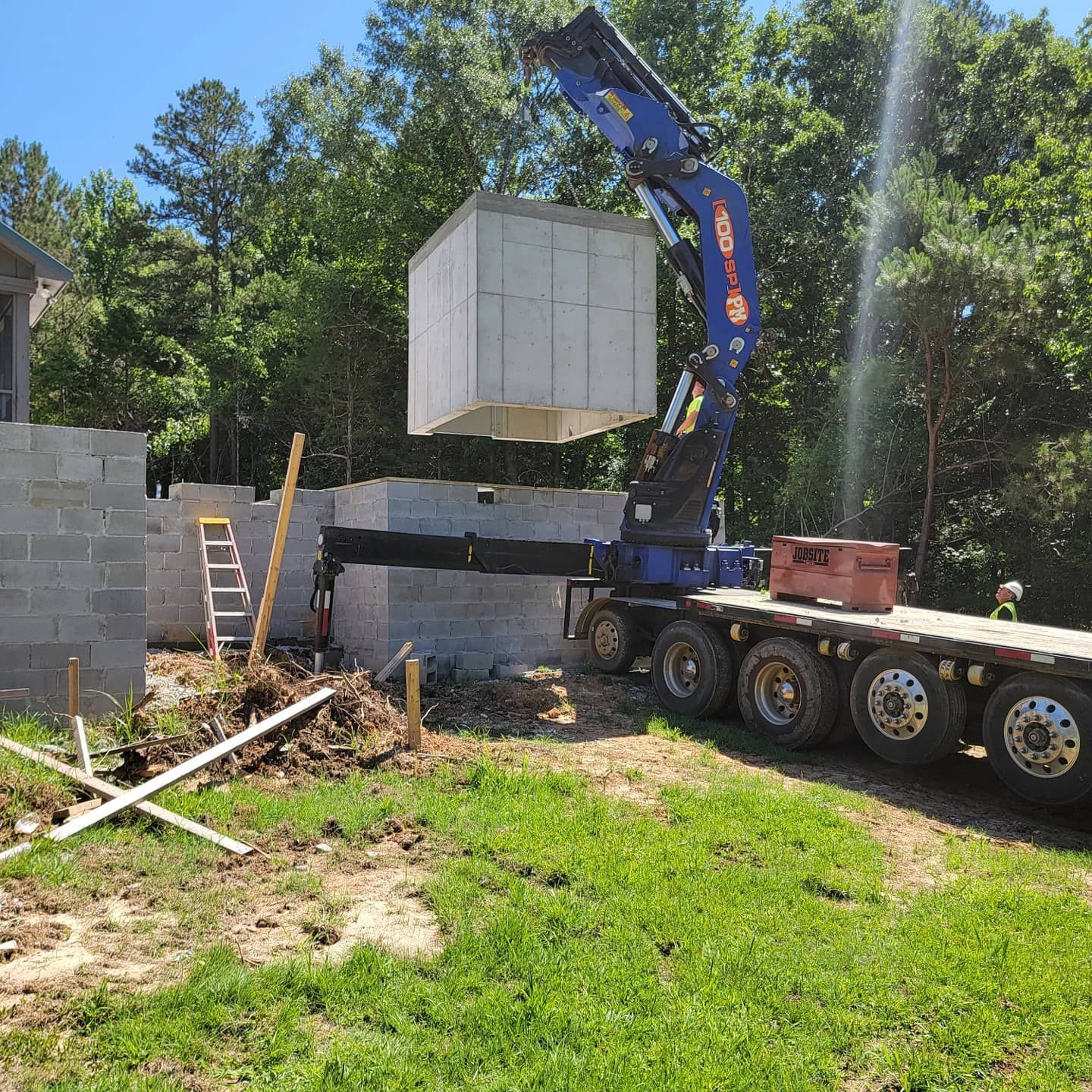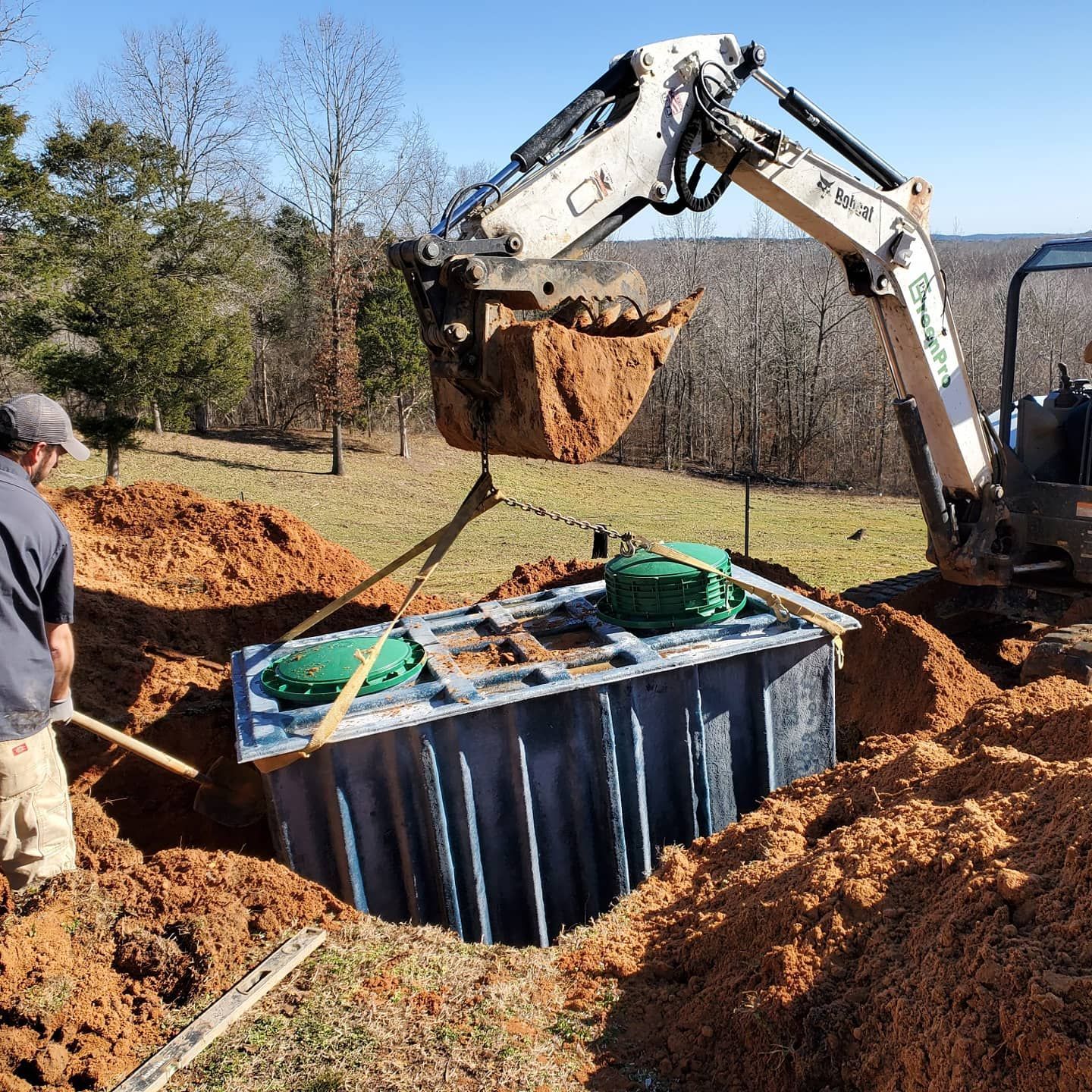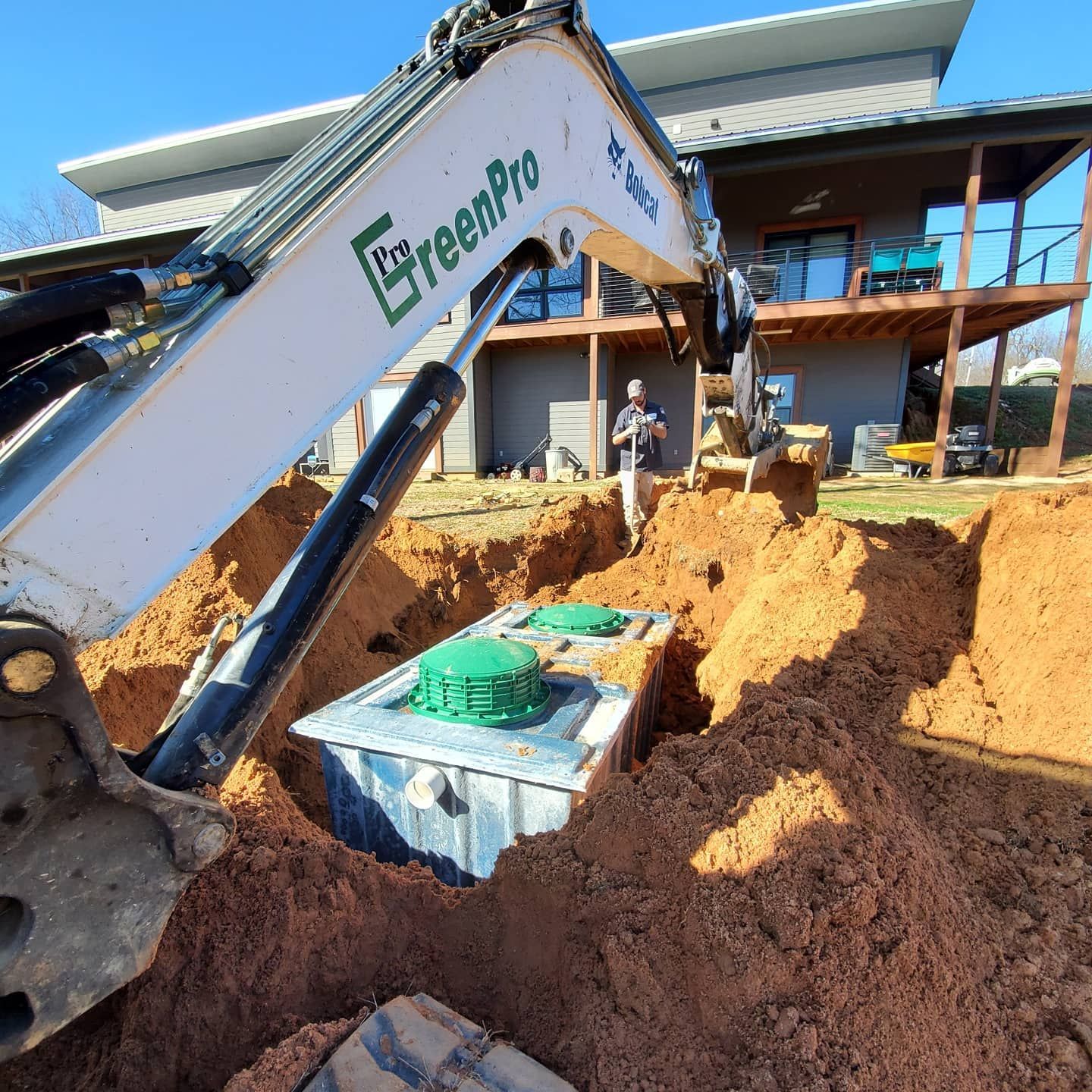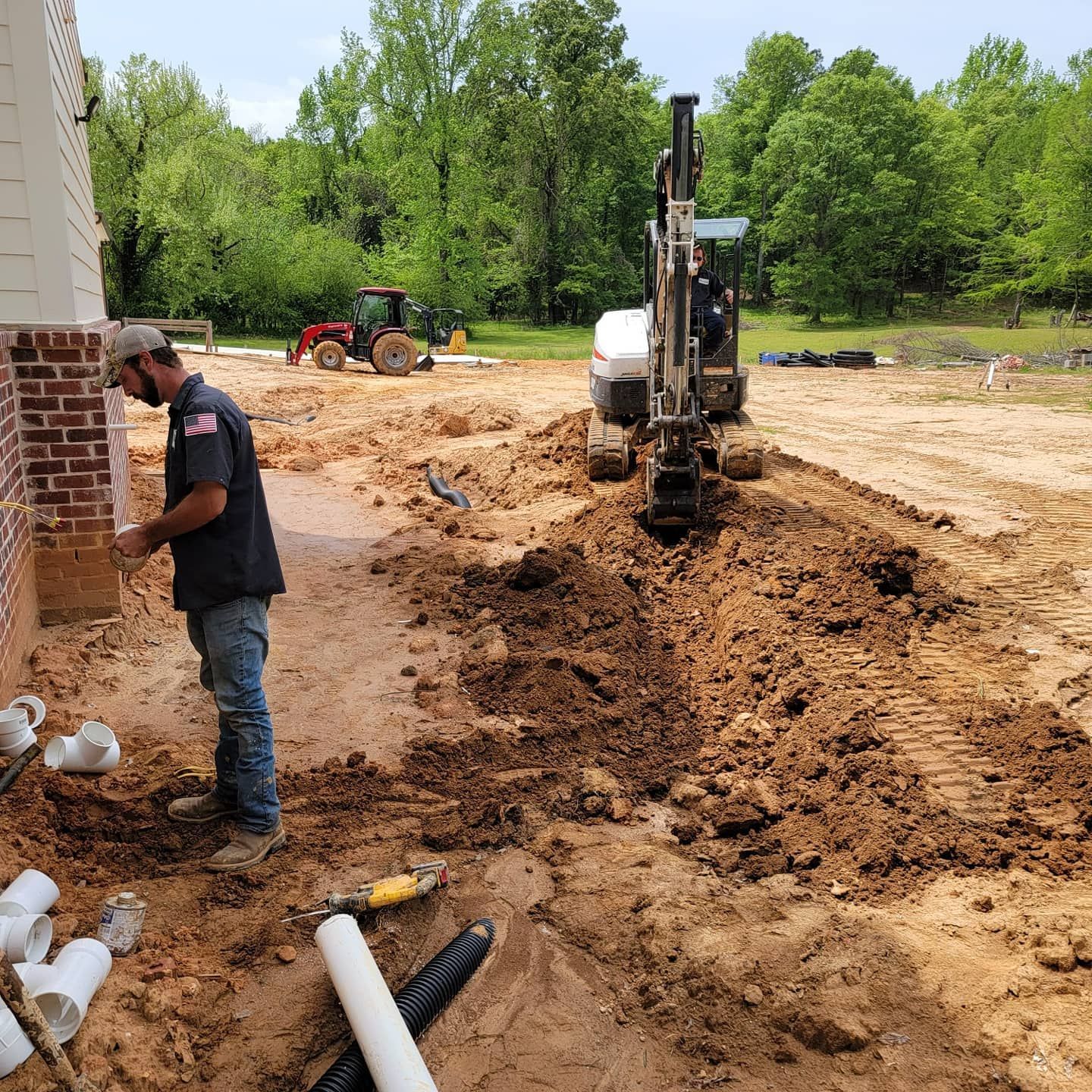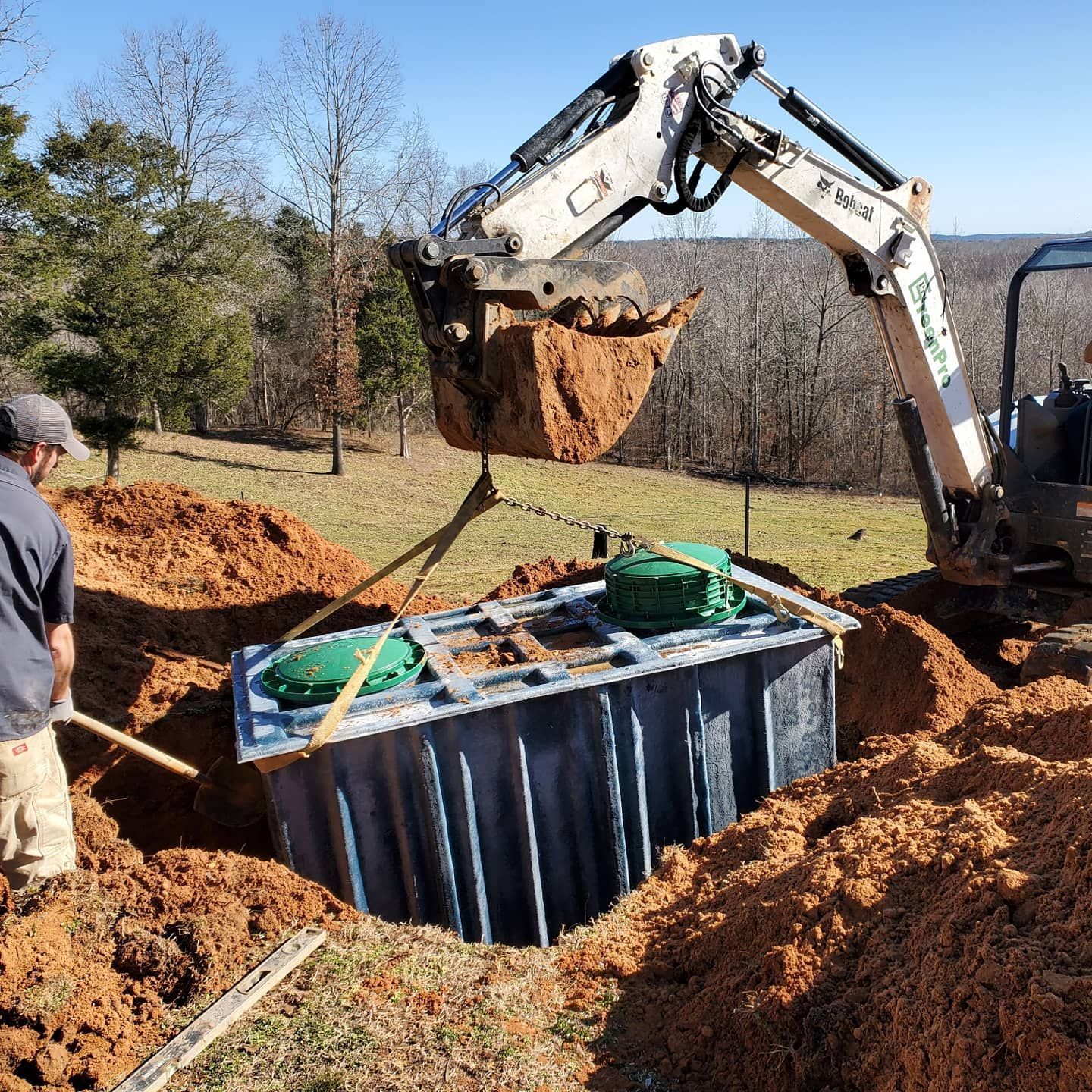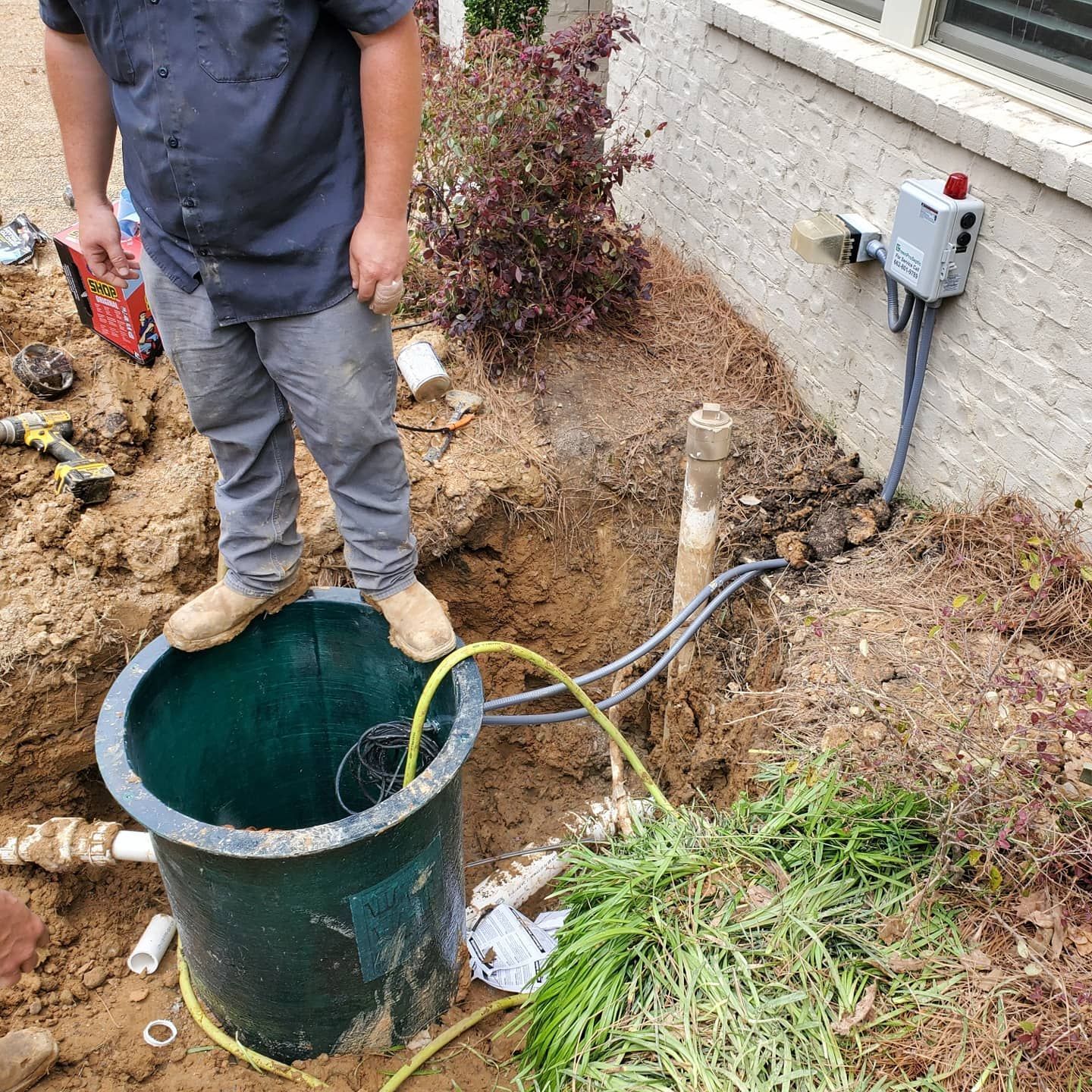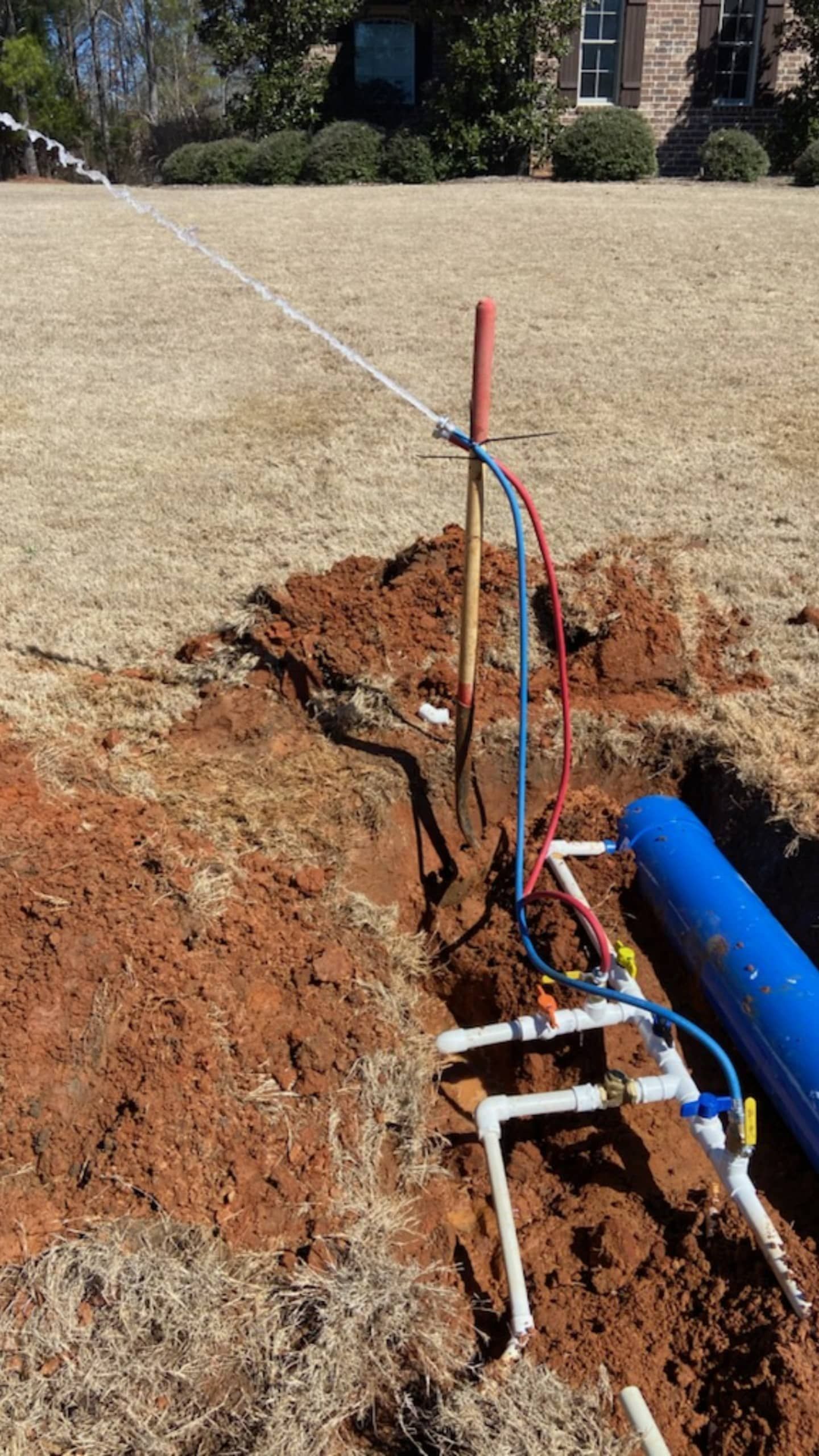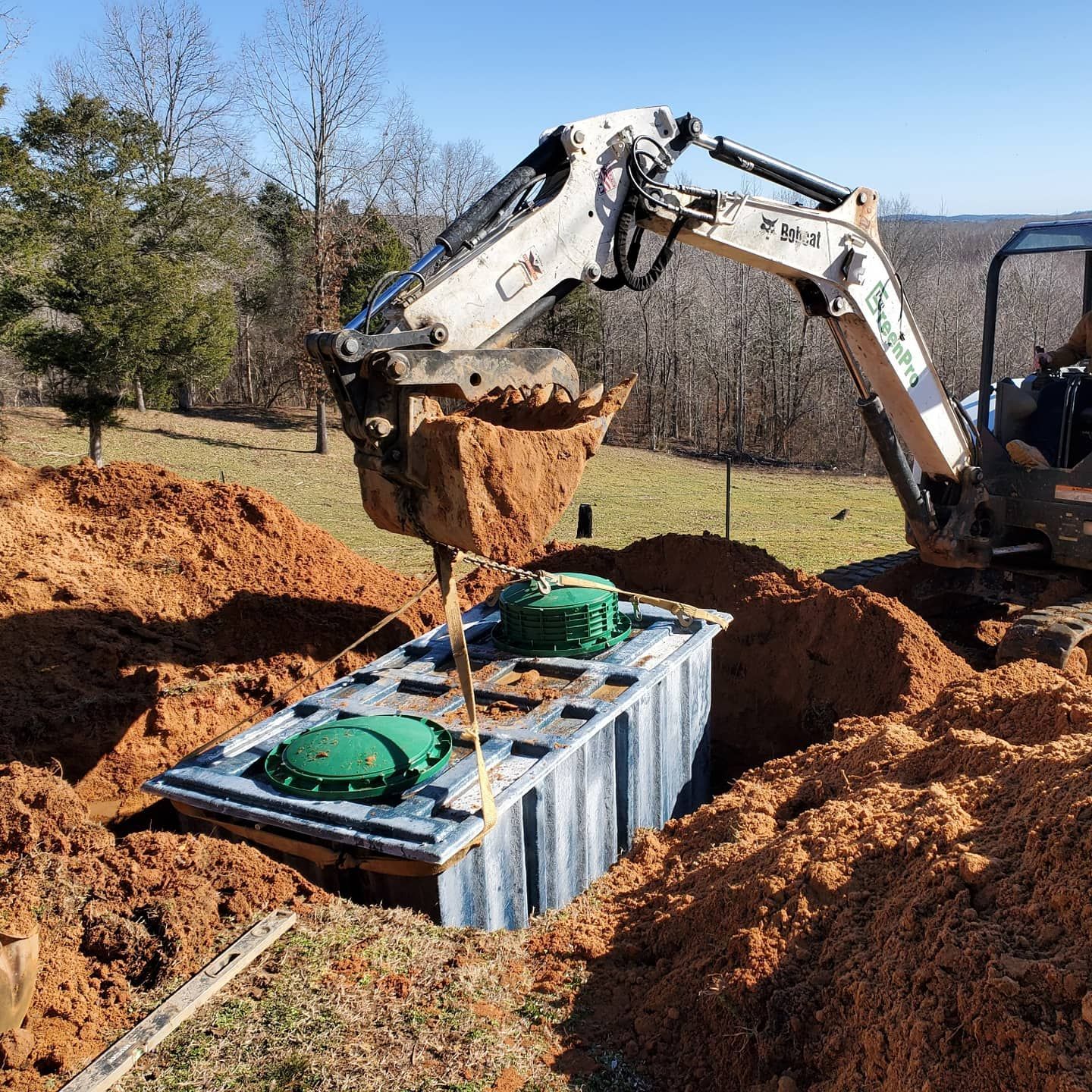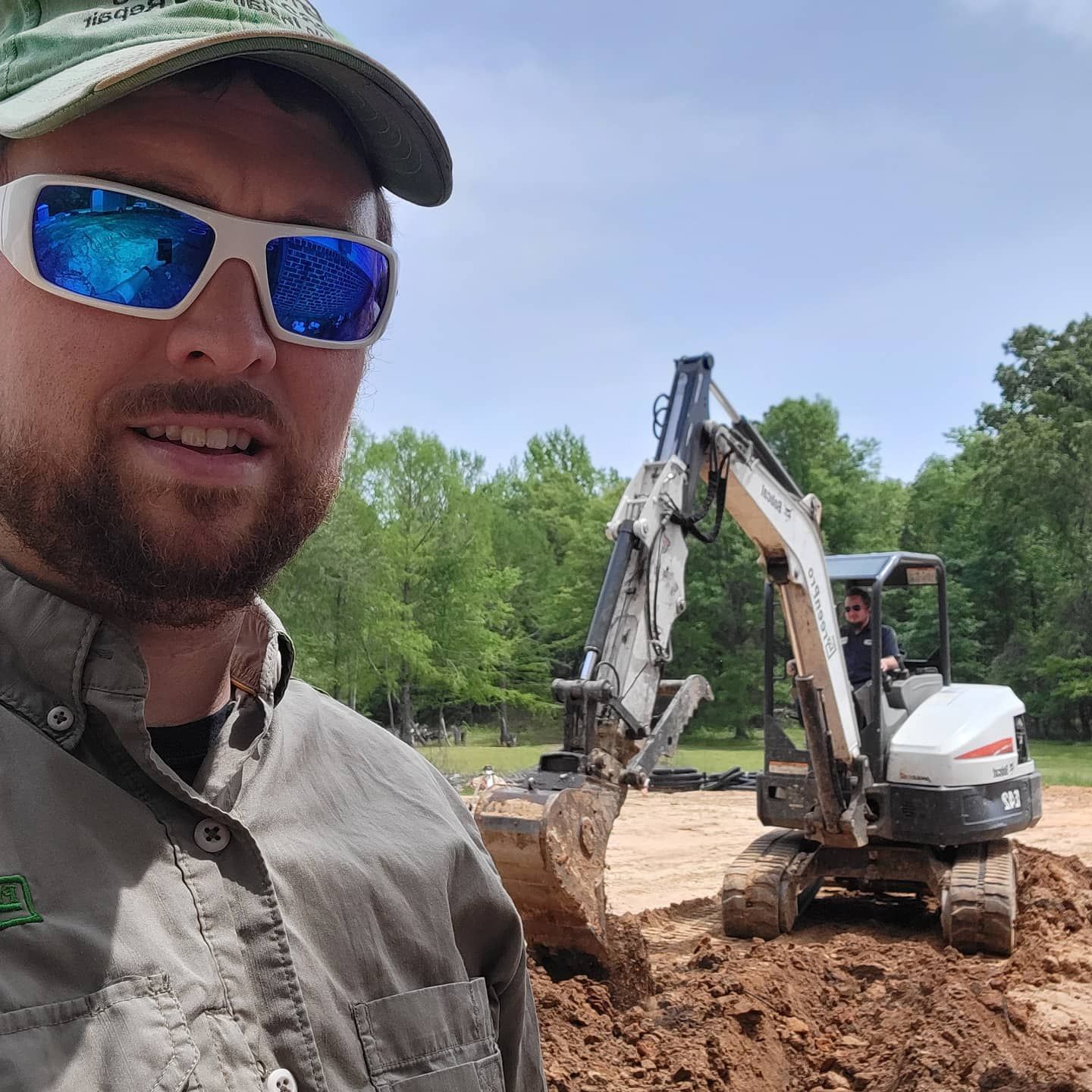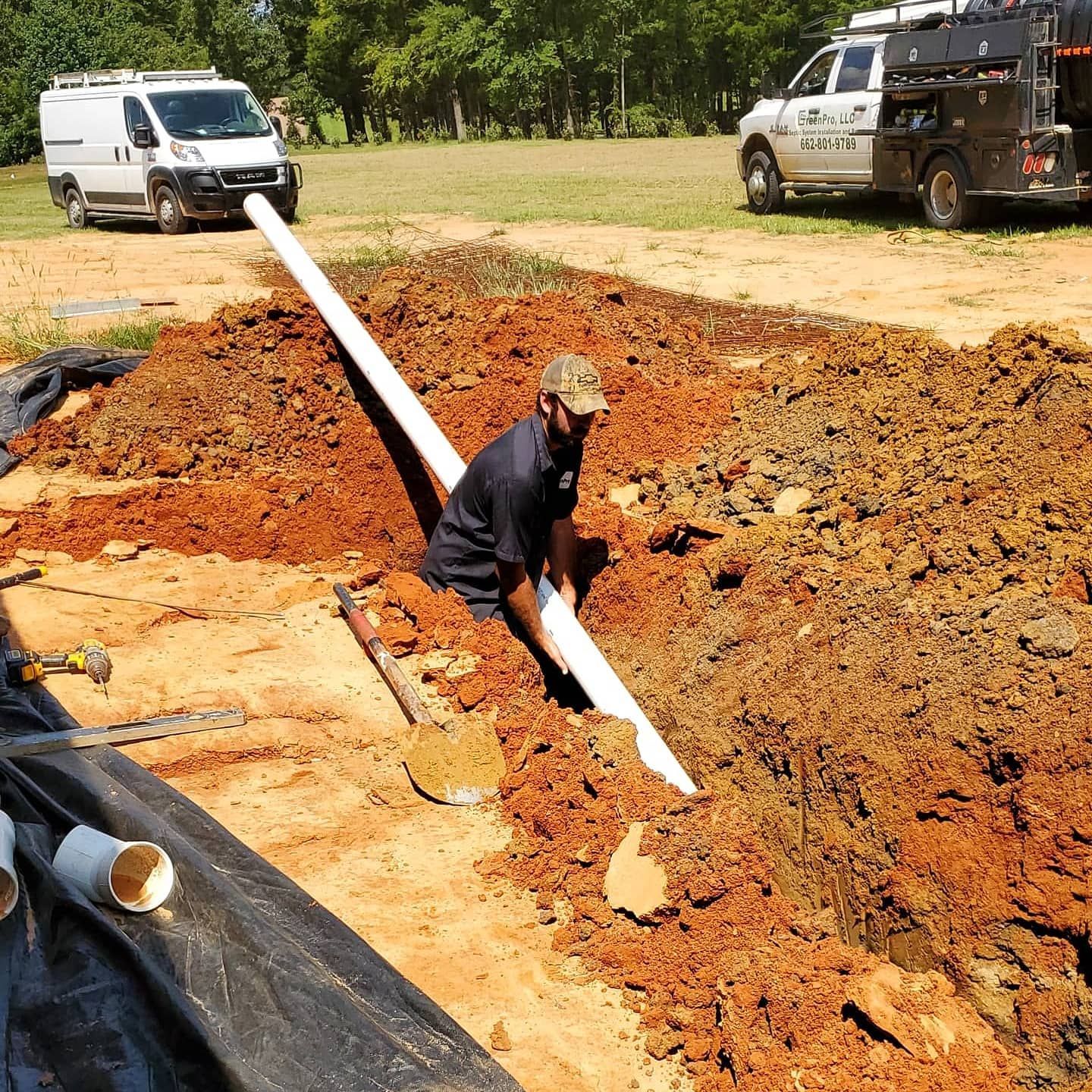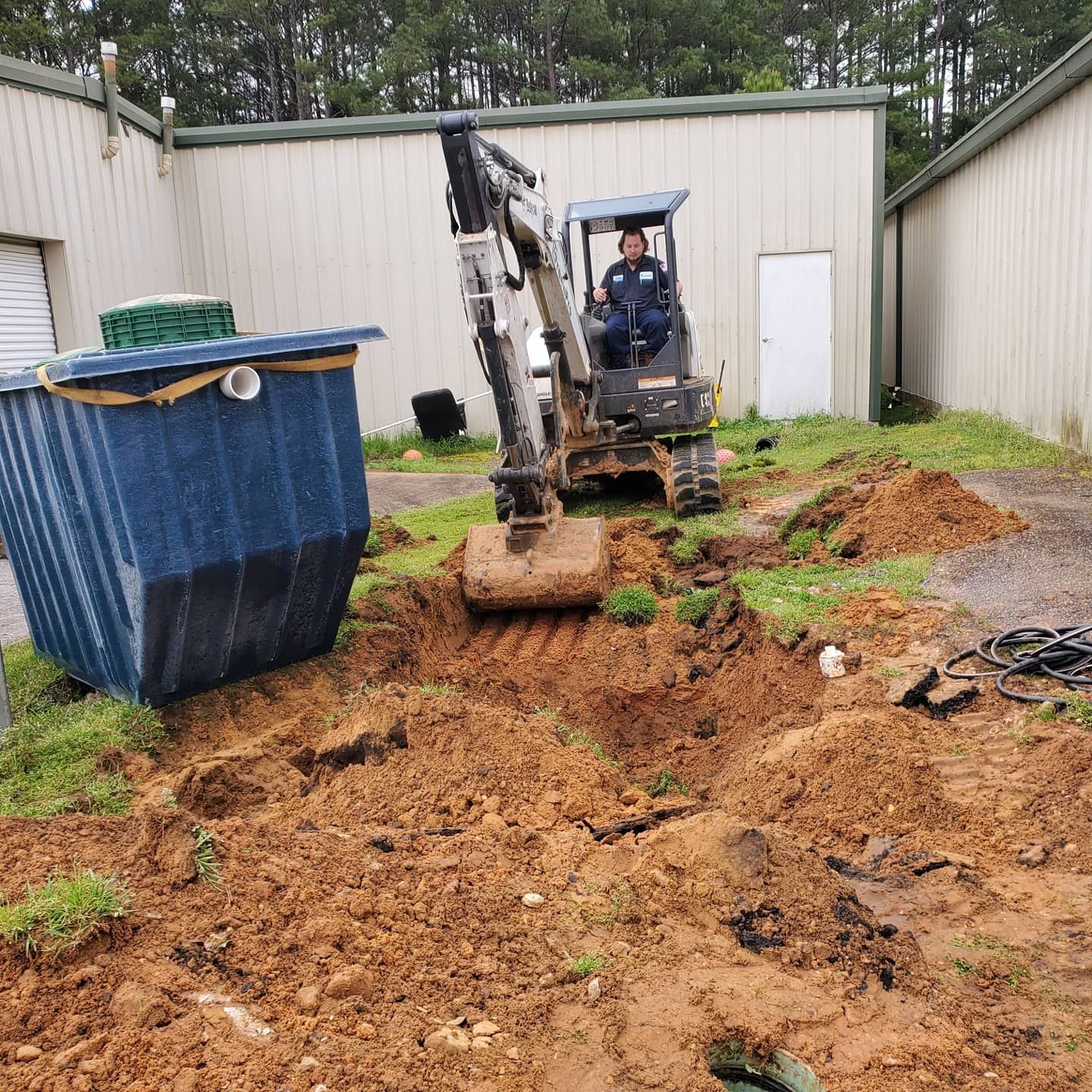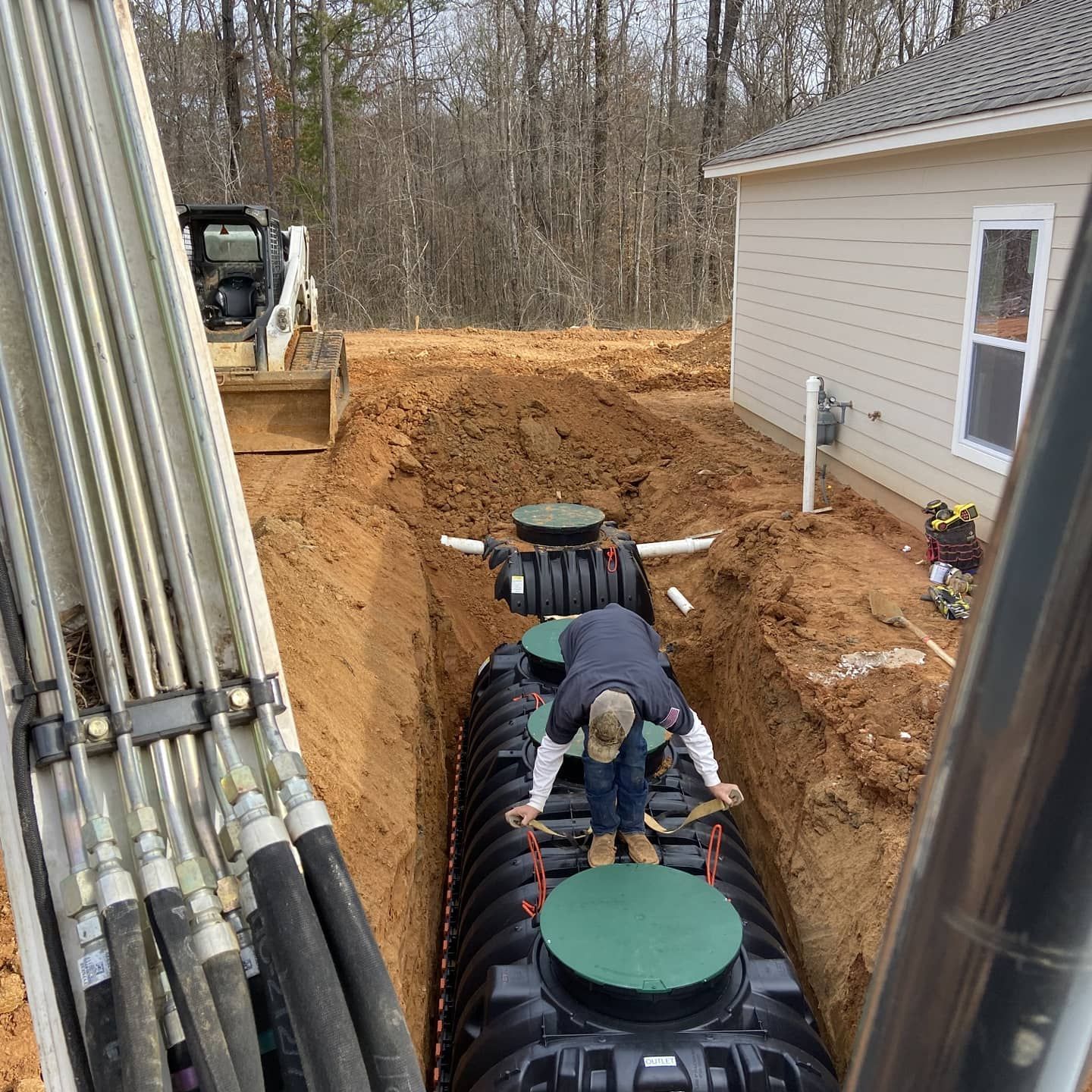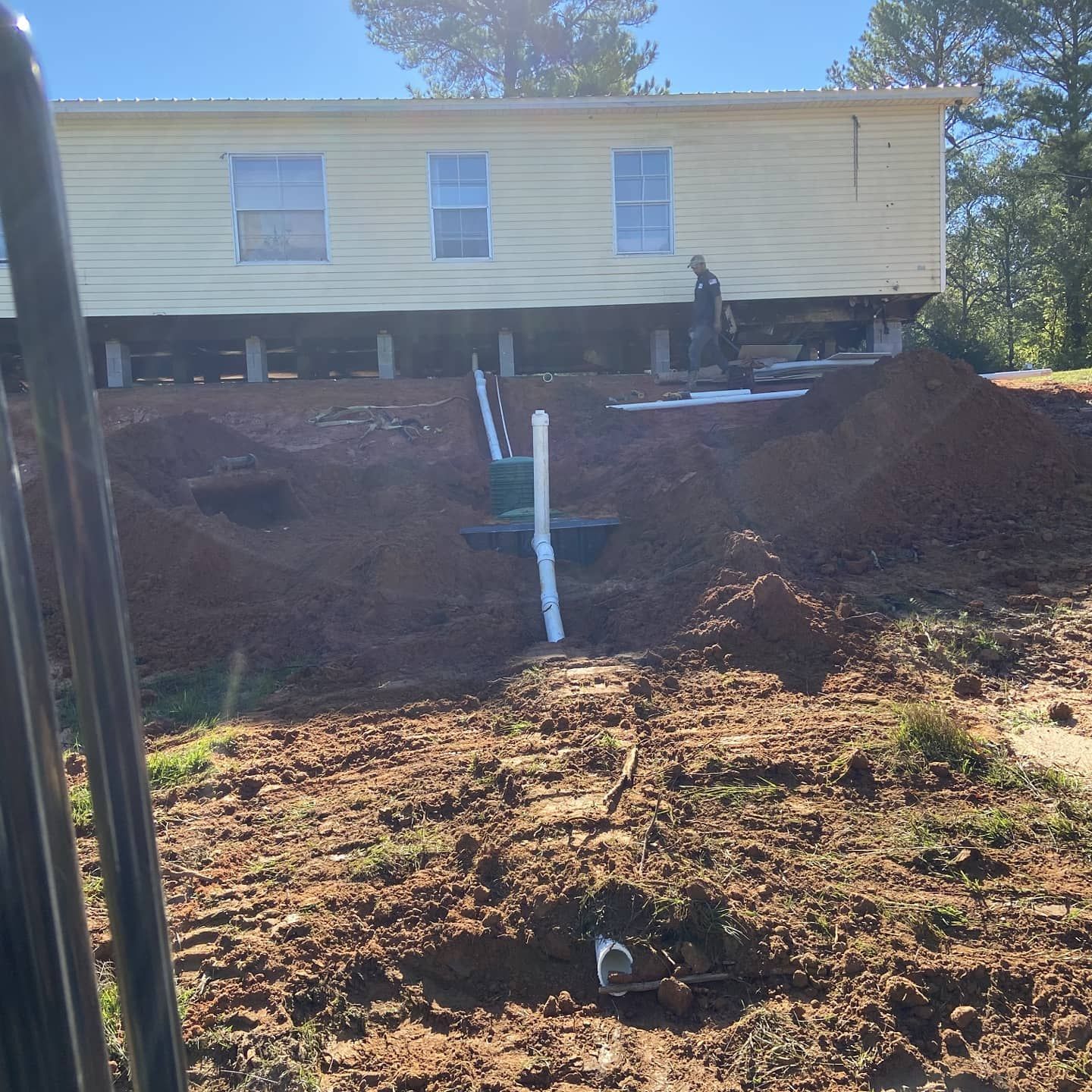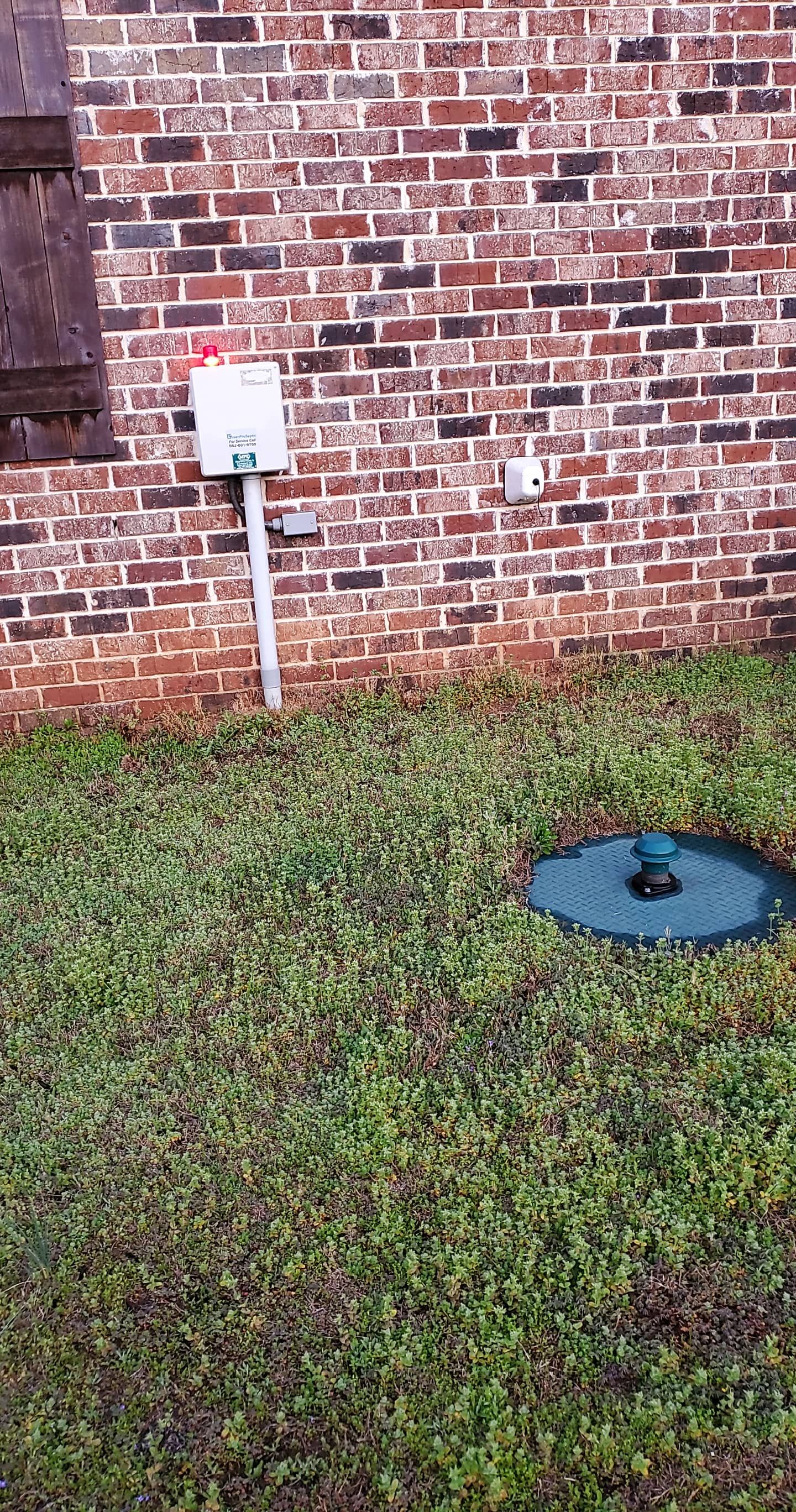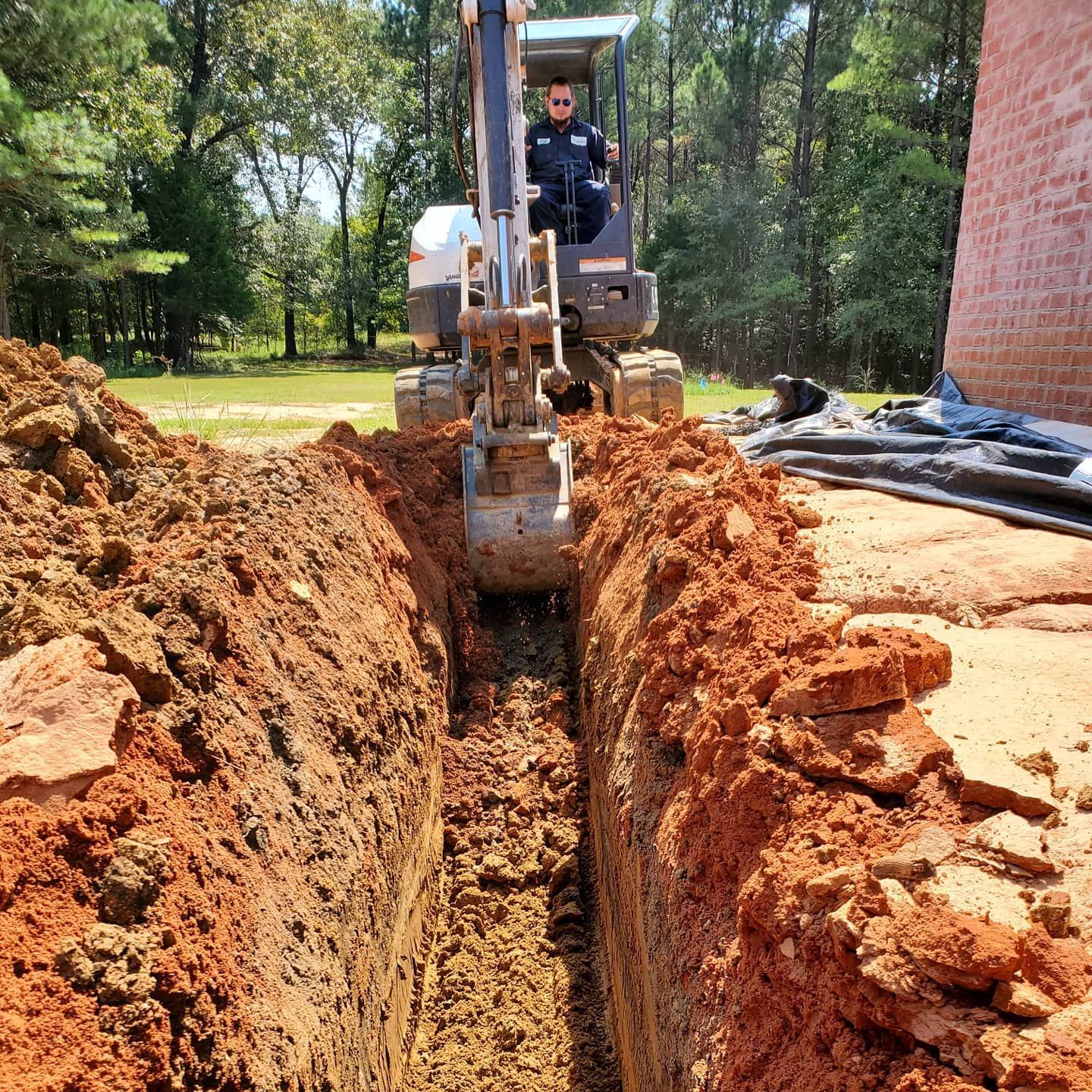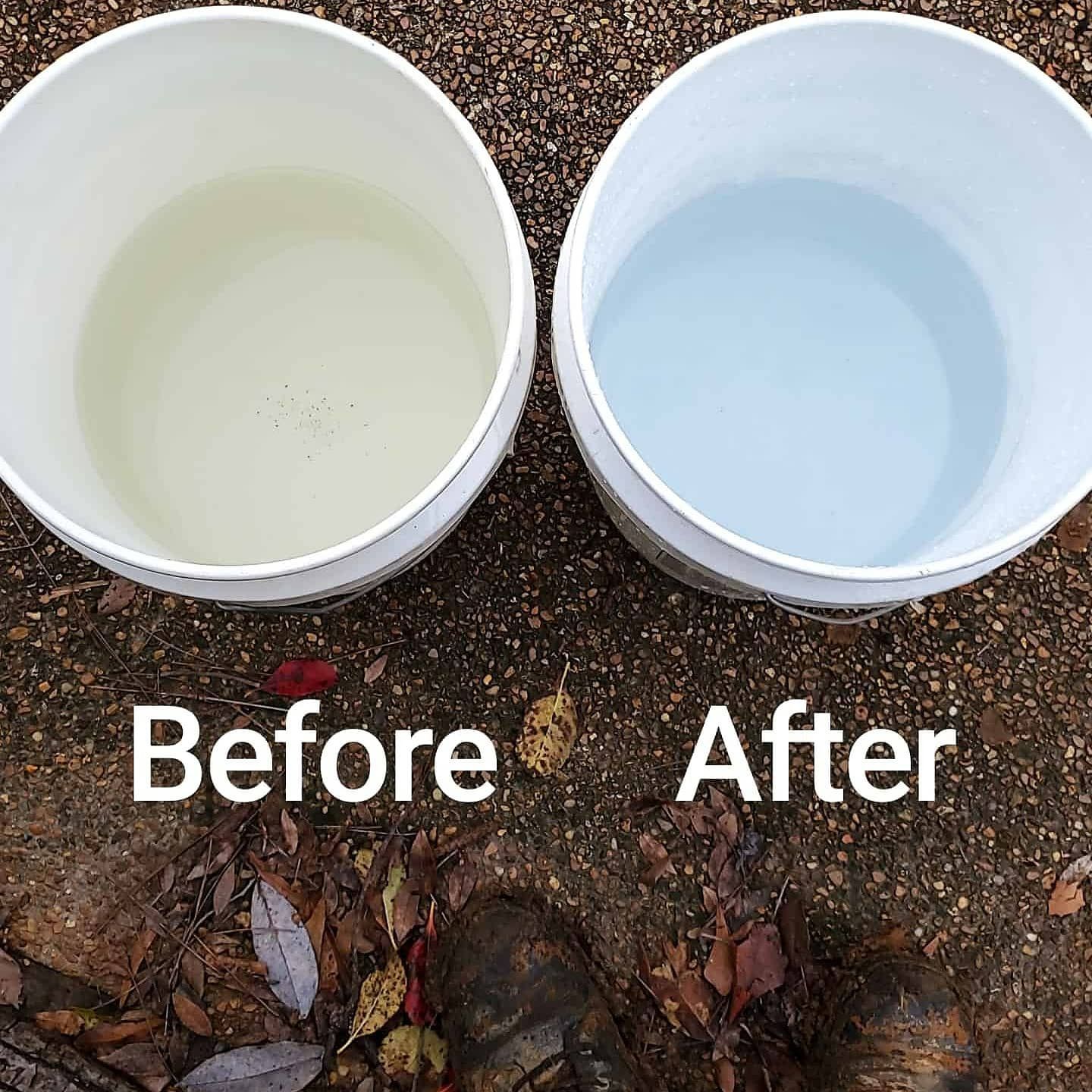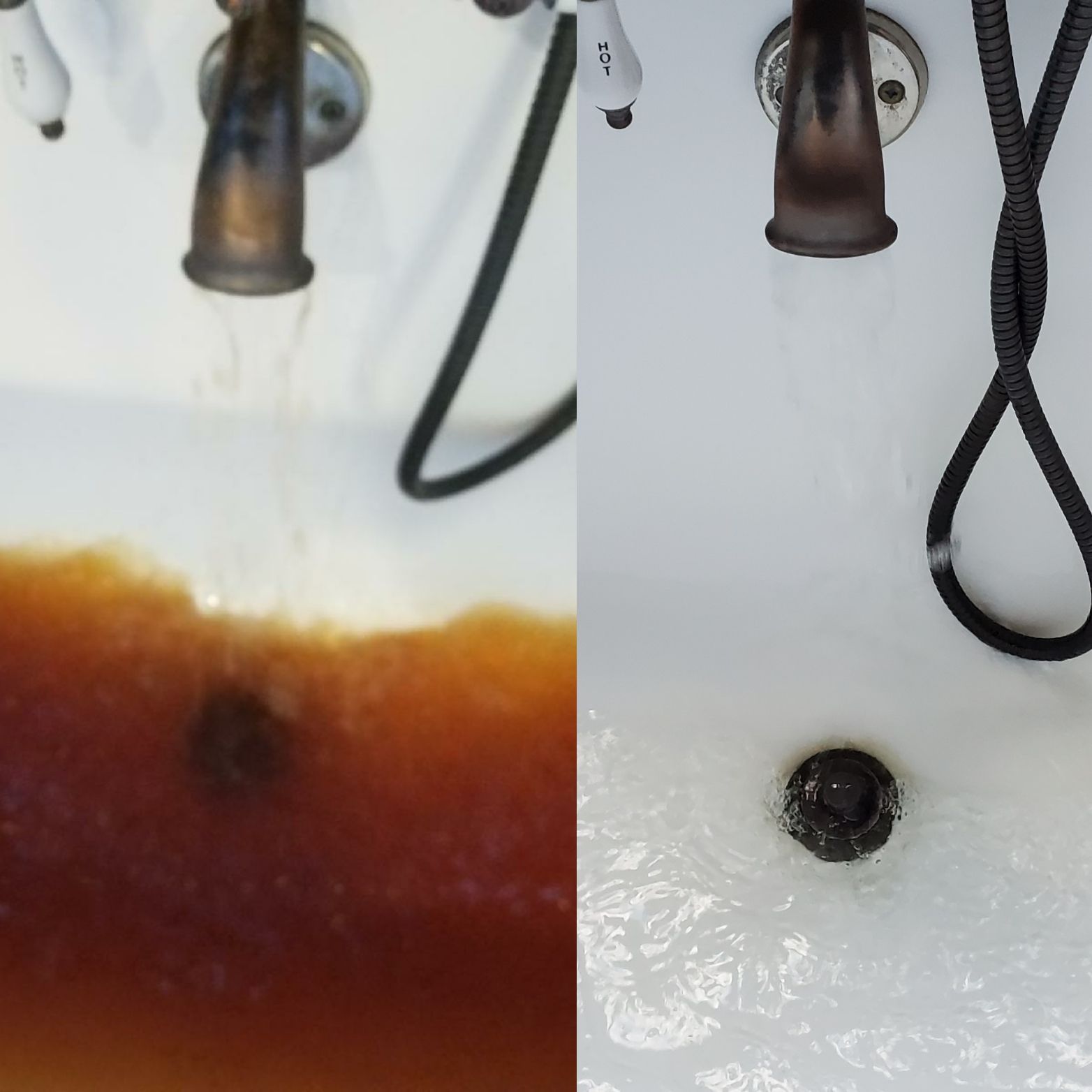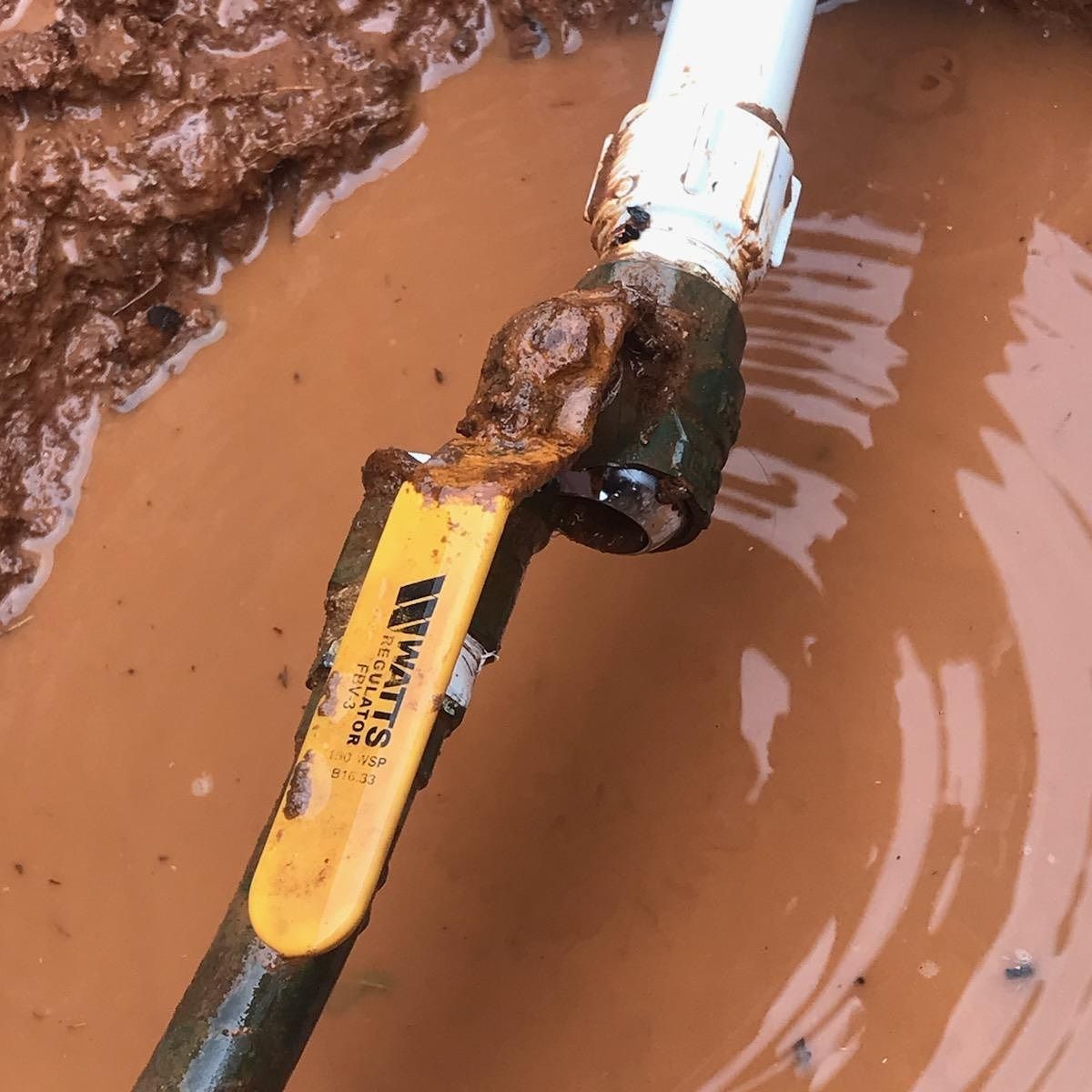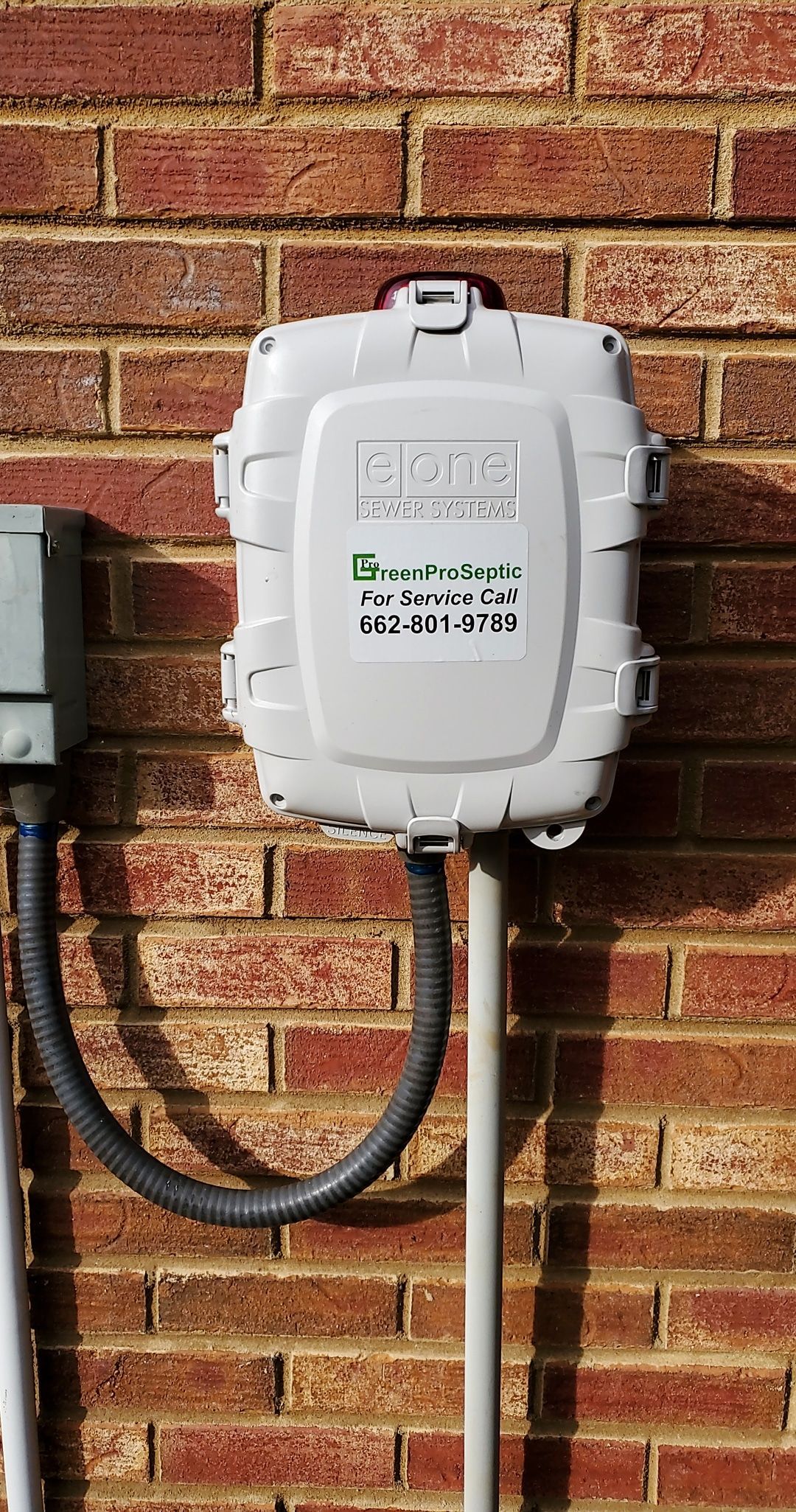Storm Shelters: Your Family's Ultimate Safety Solution
March 18, 2024
Why Invest in a Storm Shelter for Your Family's Safety?
In regions prone to severe weather, such as Mississippi, ensuring the safety and well-being of your family during storms is paramount. While taking shelter indoors is essential, having a designated storm shelter adds an extra layer of protection against tornadoes, hurricanes, and other natural disasters. In this comprehensive guide, we'll explore the importance of storm shelters and why they are considered the ultimate safety solution for families in Mississippi.
Understanding the Need for Storm Shelters:
Mississippi is no stranger to extreme weather events, including tornadoes and hurricanes, which can cause significant property damage and threaten lives. Storm shelters provide a designated safe space where occupants can seek refuge during emergencies, offering protection from high winds, flying debris, and collapsing structures.
Types of Storm Shelters:
Storm shelters come in various types, including underground shelters, above-ground shelters, and safe rooms. Underground shelters, such as basement shelters or in-ground bunkers, offer protection below ground level, while above-ground shelters are constructed as standalone structures or integrated into existing buildings. Safe rooms are reinforced spaces within a home or building designed to withstand extreme winds and debris impact.
Benefits of Storm Shelters:
The primary benefit of having a storm shelter is the peace of mind it provides knowing that your family has a safe haven during severe weather events. Storm shelters are engineered to meet stringent safety standards and are equipped with features such as reinforced walls, sturdy doors, and ventilation systems to ensure occupants' safety and comfort.
Considerations for Installation:
When considering the installation of a storm shelter, several factors should be taken into account, including the size and capacity of the shelter, its location on the property, and compliance with local building codes and regulations. It's essential to work with experienced contractors who specialize in storm shelter construction and can provide guidance on the best options for your needs.
Integration with Existing Structures:
For homeowners with existing properties, integrating a storm shelter into the home's design or adding a standalone shelter to the property requires careful planning and coordination. Factors such as accessibility, drainage, and landscaping should be considered to ensure the shelter is easily accessible and functional during emergencies.
Maintenance and Preparedness:
Once installed, regular maintenance of the storm shelter is essential to ensure its continued effectiveness and reliability. This includes inspecting the structure for any signs of damage, testing mechanical systems such as ventilation and emergency lighting, and keeping emergency supplies stocked and accessible.
Peace of Mind for Your Family:
Investing in a storm shelter is not just about protecting your property; it's about safeguarding the lives of your loved ones. With a properly constructed and maintained storm shelter, you can have peace of mind knowing that your family has a secure place to seek refuge when severe weather strikes.
Conclusion:
Storm shelters are a vital investment for families in Mississippi, providing a safe and secure environment during extreme weather events. By understanding the importance of storm shelters and taking proactive steps to install and maintain them, homeowners can ensure the safety and well-being of their loved ones during emergencies.
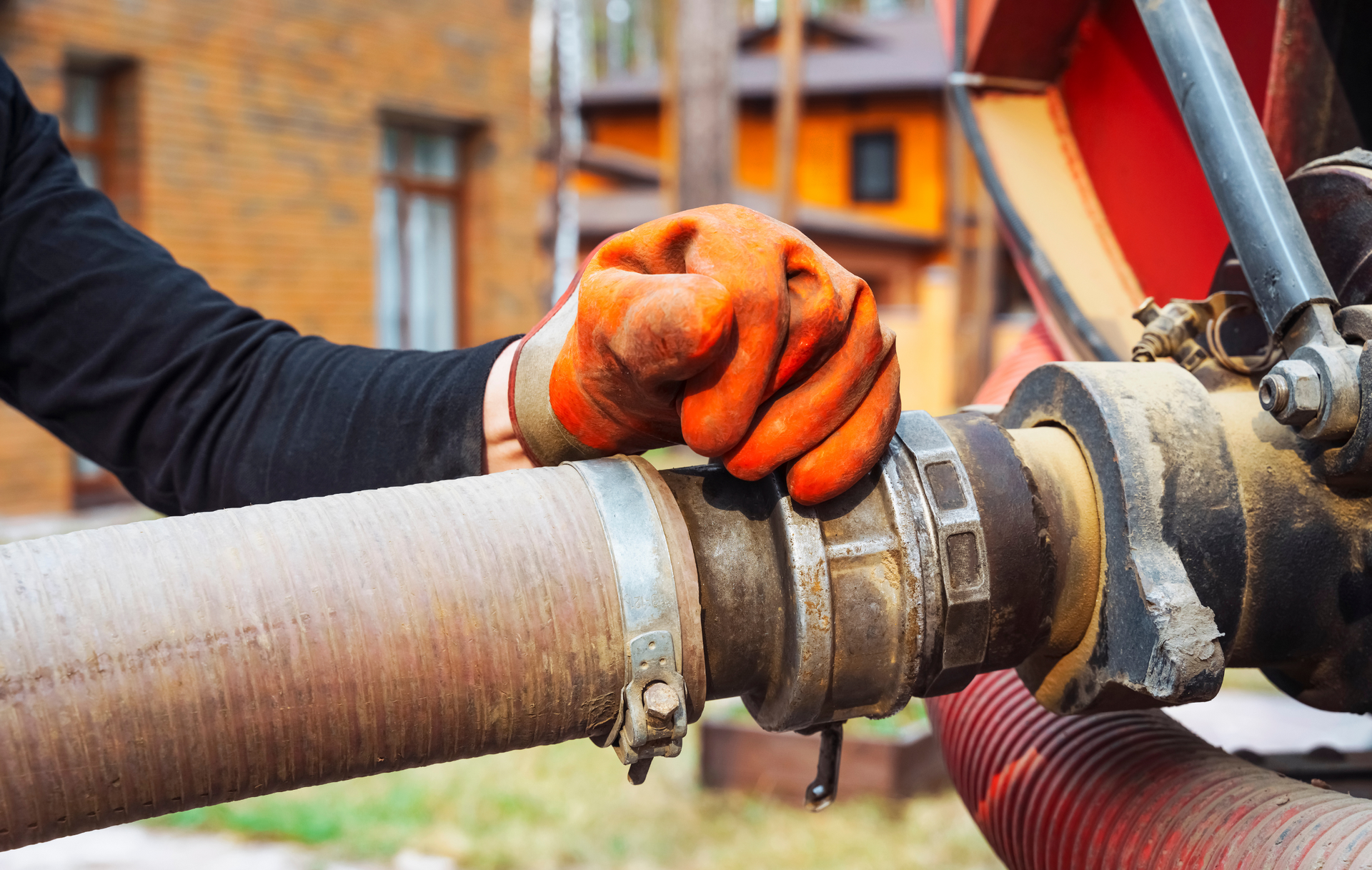
Septic tank pumping is a vital component of septic system maintenance for homeowners in Holly Springs, MS. Regular pumping helps prevent system failures, backups, and environmental contamination by removing accumulated solids and sludge from the tank. This article explores the importance of septic tank pumping in Holly Springs, MS, and highlights the key considerations for homeowners. Preventing System Failures: Over time, solid waste and sludge accumulate in the septic tank, reducing its capacity for wastewater treatment. Without regular pumping, these accumulated solids can overwhelm the tank, leading to backups, odors, and potential damage to the system. Septic tank pumping in Holly Springs, MS, removes these solids, preventing system failures and ensuring continued functionality. Maintaining Proper Functionality: A properly functioning septic tank relies on a delicate balance of solids, liquids, and microorganisms to break down waste and treat wastewater effectively. When solids accumulate in the tank, this balance can be disrupted, leading to inefficiencies and reduced treatment capacity. Septic tank pumping in Holly Springs, MS, helps maintain this balance by removing excess solids and allowing the tank to operate at optimal efficiency. Ensuring Environmental Protection: Septic tank pumping in Holly Springs, MS, is not only essential for preserving the functionality of the septic system but also for protecting the surrounding environment. Without proper maintenance, septic tanks can leak or overflow, releasing harmful pathogens and pollutants into the soil and groundwater. Regular pumping helps prevent these environmental hazards, ensuring clean water quality and safeguarding public health. Frequency of Pumping: The frequency of septic tank pumping in Holly Springs, MS, depends on several factors, including household size, water usage, and tank capacity. As a general rule, septic tanks should be pumped every 3 to 5 years to remove accumulated solids and maintain optimal performance. However, households with larger water usage or smaller tanks may require more frequent pumping to prevent issues. Professional Pumping Services: Professional septic tank pumping services in Holly Springs, MS, employ trained technicians and specialized equipment to safely and effectively remove solids from septic tanks. These professionals use vacuum trucks equipped with powerful pumps to extract the contents of the tank, ensuring thorough cleaning and proper disposal of waste. Additionally, professional pumpers may inspect the tank for signs of damage or leaks and provide recommendations for repairs or maintenance. Conclusion: Septic tank pumping is a crucial maintenance task for homeowners in Holly Springs, MS, helping to prevent system failures, protect the environment, and maintain proper functionality. By understanding the importance of regular pumping and working with professional service providers, homeowners can ensure the long-term performance and reliability of their septic systems.
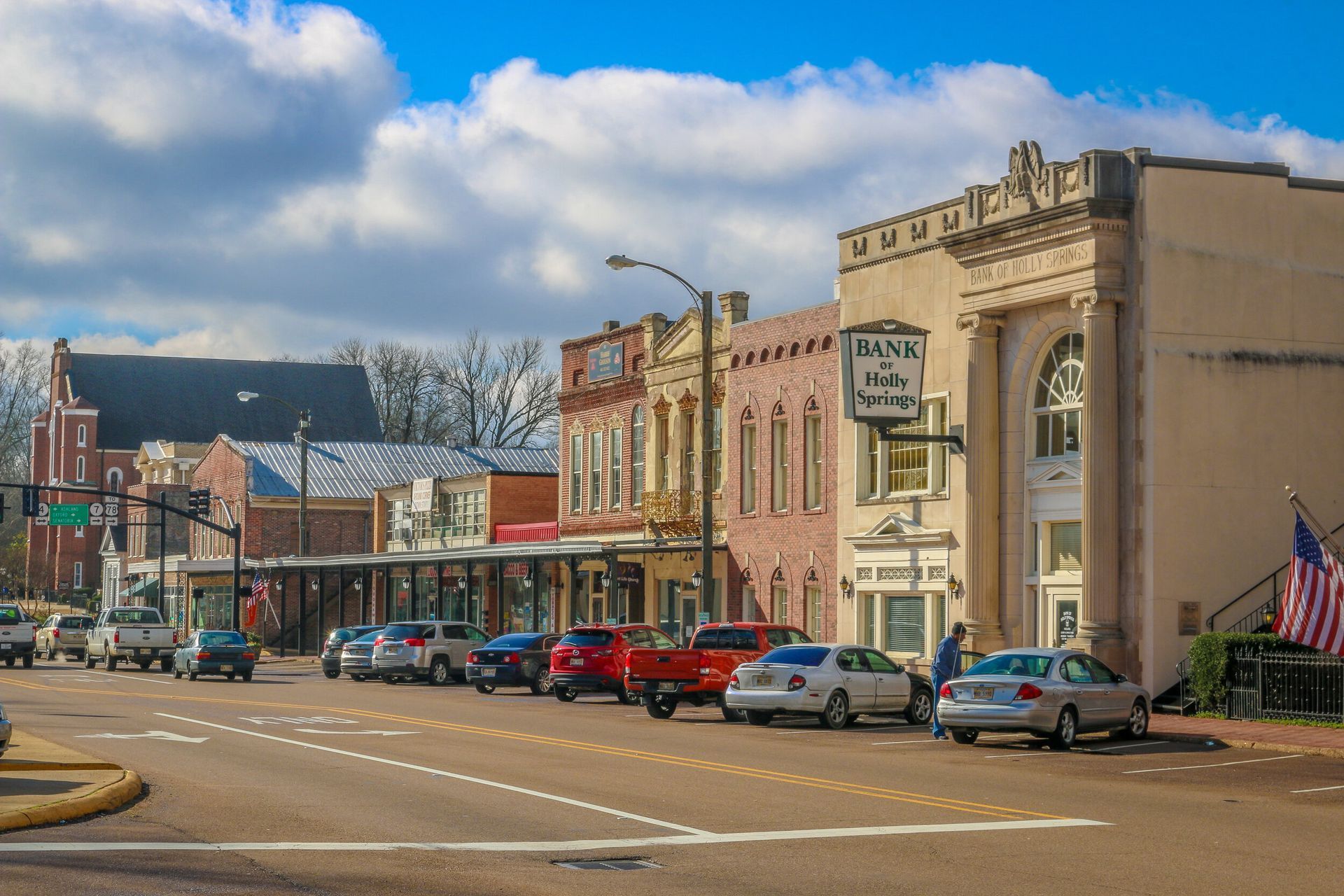
Maintaining a clean and properly functioning septic tank is essential for homeowners in Holly Springs, MS, to ensure efficient wastewater treatment and prevent system failures. Regular septic tank cleaning is a crucial aspect of septic system maintenance, helping to remove accumulated solids and prevent clogs that can lead to backups and environmental contamination. This article explores the importance of septic tank cleaning in Holly Springs, MS, and provides valuable insights into the process. Importance of Regular Cleaning: Septic tanks accumulate solid waste and sludge over time, which can impede the flow of wastewater and reduce the tank's capacity for treatment. Regular septic tank cleaning in Holly Springs, MS, is necessary to remove these accumulated solids and prevent system malfunctions. Without proper cleaning, solids can build up and cause blockages in the tank, leading to backups, odors, and potential damage to the septic system and surrounding environment. Frequency of Cleaning: The frequency of septic tank cleaning in Holly Springs, MS, depends on several factors, including household size, water usage, and the size of the septic tank. As a general rule, septic tanks should be pumped and cleaned every 3 to 5 years to remove accumulated solids and maintain optimal system performance. However, households with larger water usage or smaller tanks may require more frequent cleanings to prevent issues. Professional Cleaning Services: Professional septic tank cleaning services in Holly Springs, MS, employ trained technicians and specialized equipment to safely and effectively remove accumulated solids from septic tanks. These professionals use vacuum trucks equipped with powerful pumps to pump out the contents of the tank, ensuring thorough cleaning and proper disposal of waste. Additionally, professional cleaners may inspect the tank for signs of damage or leaks and provide recommendations for repairs or maintenance. DIY Cleaning Tips: While professional septic tank cleaning is recommended for optimal results, homeowners in Holly Springs, MS, can take certain measures to help maintain cleanliness between cleanings. Avoid flushing non-biodegradable items such as wipes, sanitary products, and grease down the drain, as these can contribute to clogs and buildup in the tank. Additionally, using water efficiently and minimizing the use of harsh chemicals can help preserve the microbial balance in the tank and promote effective waste digestion. Environmental Considerations: Proper disposal of septic tank waste is critical to protecting the environment and public health in Holly Springs, MS. Professional cleaning services adhere to strict regulations and guidelines for the safe disposal of septic waste, ensuring compliance with environmental laws and regulations. By working with reputable cleaning providers, homeowners can minimize the environmental impact of their septic system maintenance activities and contribute to a cleaner, healthier community. Conclusion: Septic tank cleaning is a vital aspect of septic system maintenance for homeowners in Holly Springs, MS, helping to ensure proper wastewater treatment and prevent system failures. By understanding the importance of regular cleaning and working with professional service providers, homeowners can preserve the cleanliness and functionality of their septic systems, protecting public health and the environment for years to come.
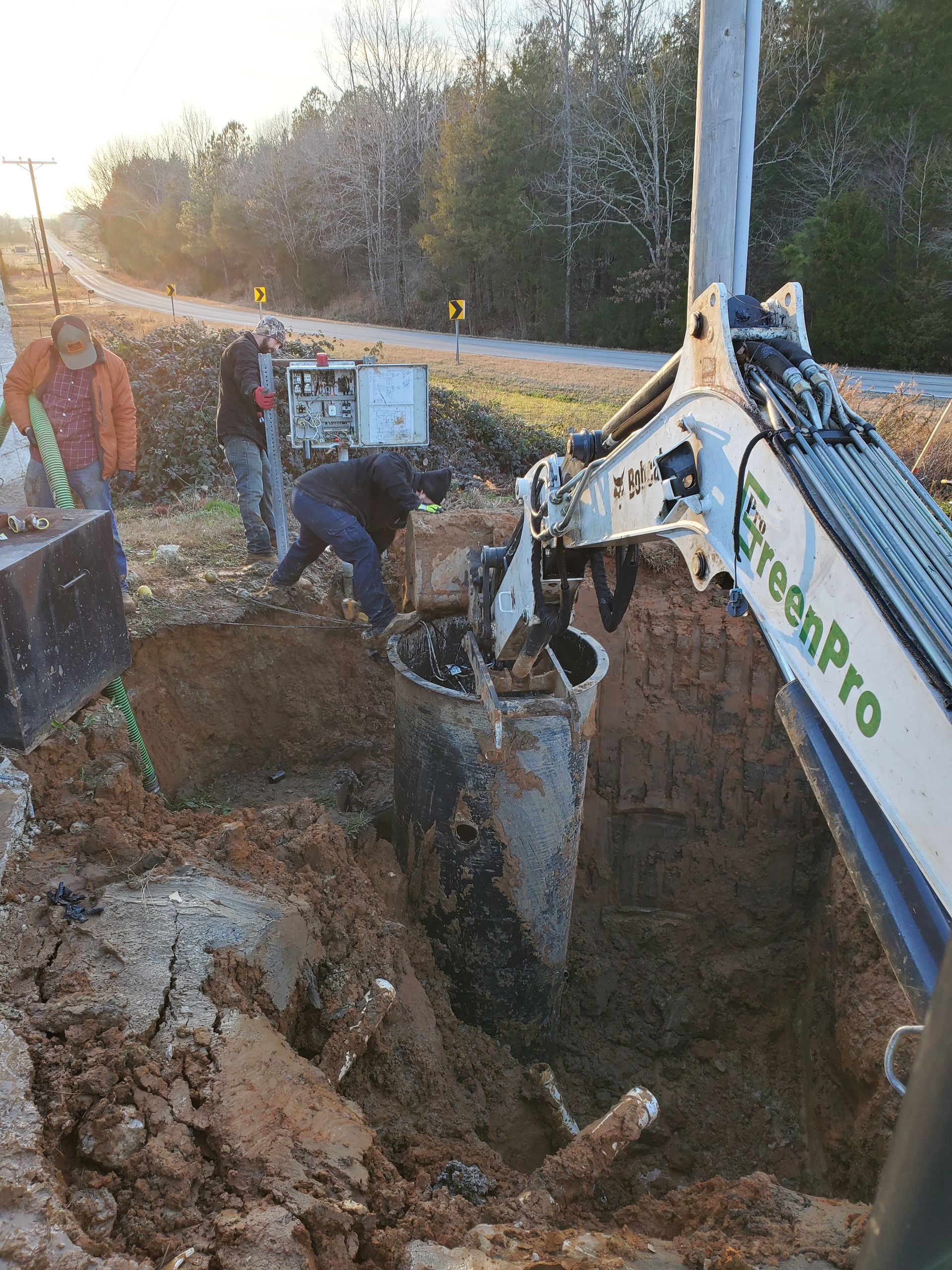
Septic tank installation is a crucial step for property owners in Holly Springs, MS, who rely on septic systems for wastewater management. Proper installation ensures the efficient and environmentally responsible treatment of household sewage, protecting public health and preserving the integrity of the local ecosystem. This article provides valuable insights into the process of septic tank installation in Holly Springs, MS, highlighting key considerations and best practices for property owners. Site Assessment and Permitting: Before embarking on a septic tank installation project in Holly Springs, MS, property owners must conduct a thorough site assessment to determine the suitability of the location for a septic system. Factors such as soil type, groundwater levels, lot size, and proximity to water bodies or wells are critical considerations. Additionally, property owners must obtain the necessary permits from local health departments or regulatory agencies before commencing installation to ensure compliance with regulations and zoning ordinances. Design and Sizing: The design and sizing of the septic tank system are essential aspects of the installation process in Holly Springs, MS. Property owners should work with qualified septic system professionals to develop a design that meets the specific needs of their property, taking into account factors such as household size, water usage, and soil conditions. Proper sizing ensures adequate treatment and disposal of wastewater while minimizing the risk of system overload or failure. Installation Process: The installation process for septic tank systems in Holly Springs, MS, typically involves several key steps, including excavation, tank placement, inlet and outlet pipe installation, and backfilling. Experienced contractors use specialized equipment and techniques to ensure precise placement and proper alignment of components. Attention to detail during installation is crucial to prevent future issues such as leaks, clogs, or structural damage. Quality Materials and Components: Choosing quality materials and components is essential for the longevity and reliability of a septic tank system in Holly Springs, MS. Property owners should invest in durable, corrosion-resistant tanks and pipes that are designed to withstand the rigors of underground installation and operation. Additionally, adherence to industry standards and manufacturer recommendations ensures the integrity of the system and minimizes the risk of premature failure. Environmental Considerations: Environmental considerations are paramount during septic tank installation in Holly Springs, MS, to minimize the impact on the surrounding ecosystem. Property owners should take measures to protect nearby water sources, wetlands, and wildlife habitats from contamination during excavation and construction activities. Proper erosion control, sedimentation prevention, and restoration of disturbed areas are essential for preserving environmental quality and complying with regulatory requirements. Ongoing Maintenance and Care: Once the septic tank system is installed in Holly Springs, MS, property owners must prioritize ongoing maintenance and care to ensure its continued functionality and longevity. Regular inspections, pumping, and servicing by qualified professionals are essential to prevent malfunctions, backups, and environmental contamination. Property owners should also adhere to responsible waste disposal practices and avoid flushing non-biodegradable materials or harmful chemicals down the drain. Conclusion: Septic tank installation is a significant investment for property owners in Holly Springs, MS, requiring careful planning, design, and execution to ensure success. By understanding the key insights and considerations outlined in this article, property owners can make informed decisions and work with trusted professionals to install septic tank systems that meet their needs while safeguarding public health and environmental quality.

